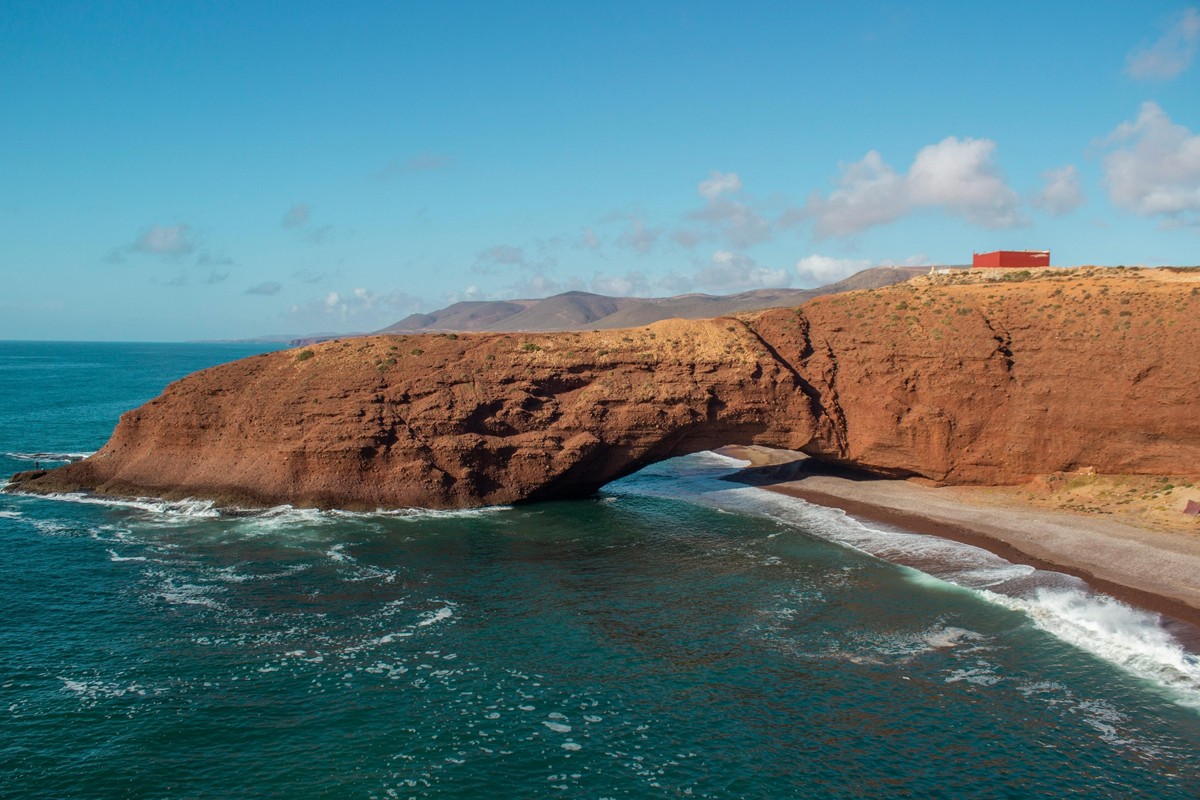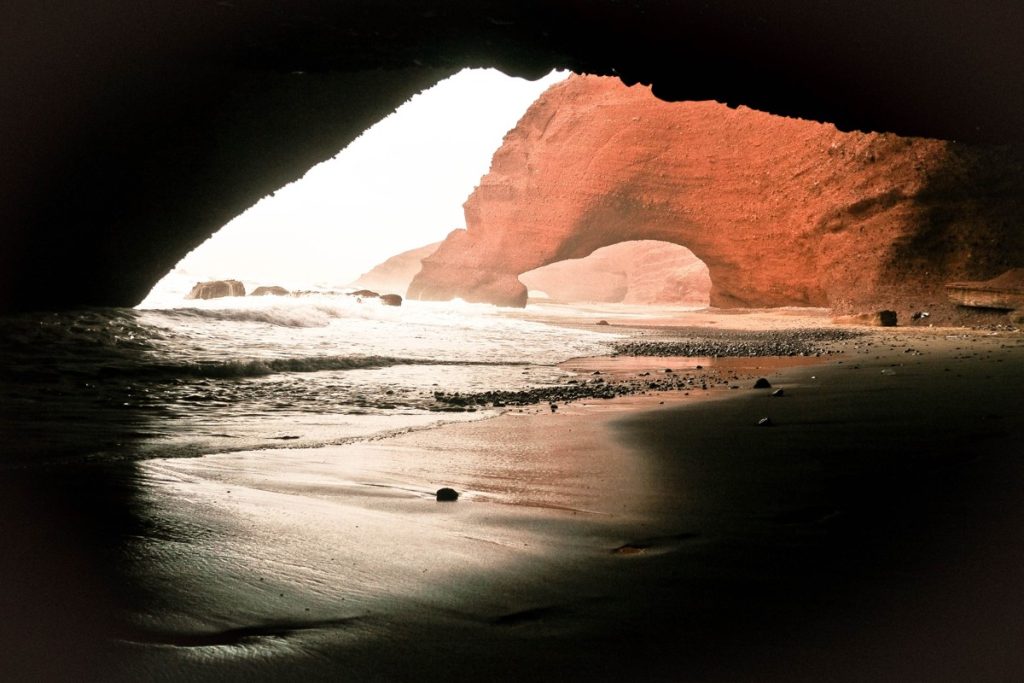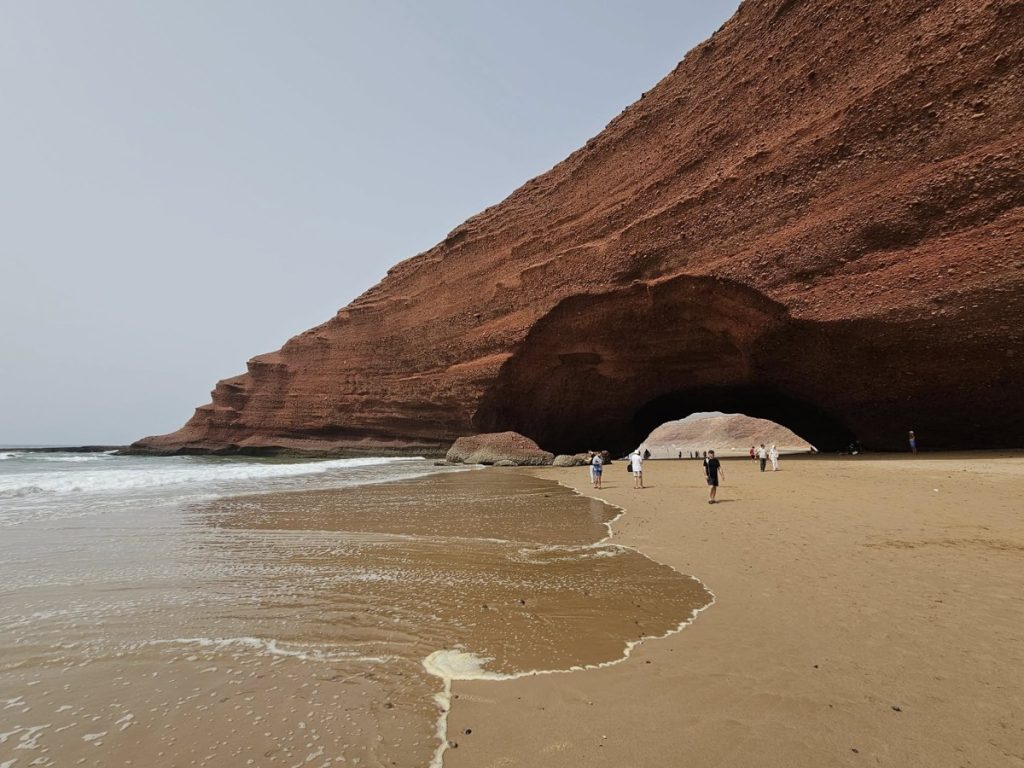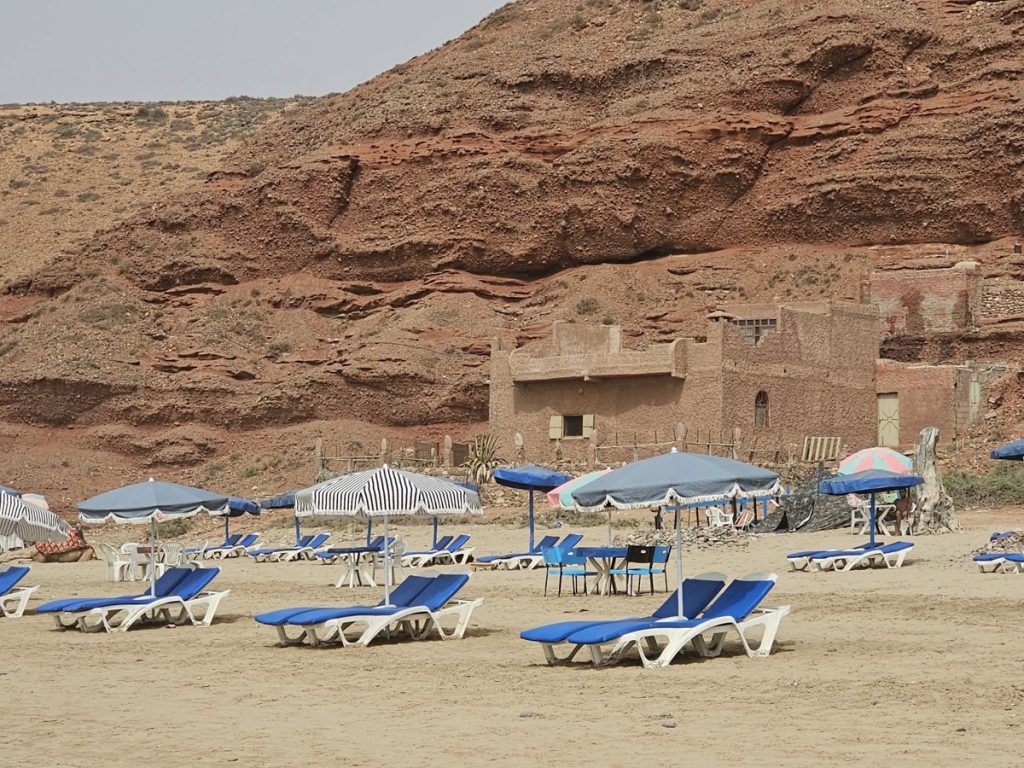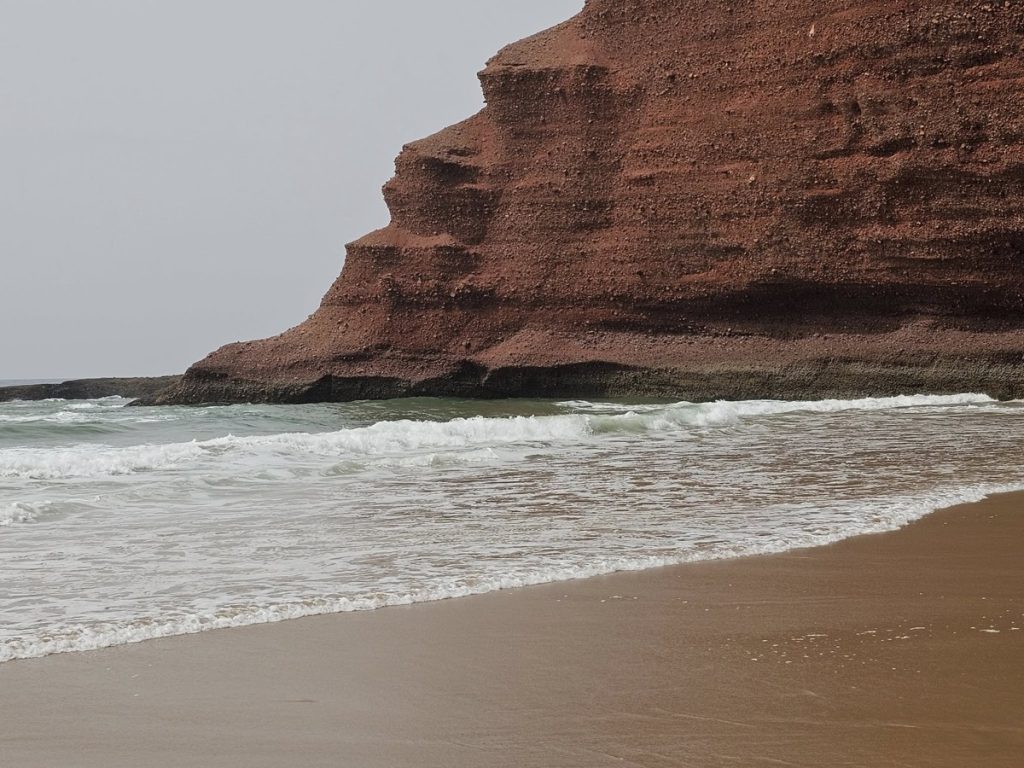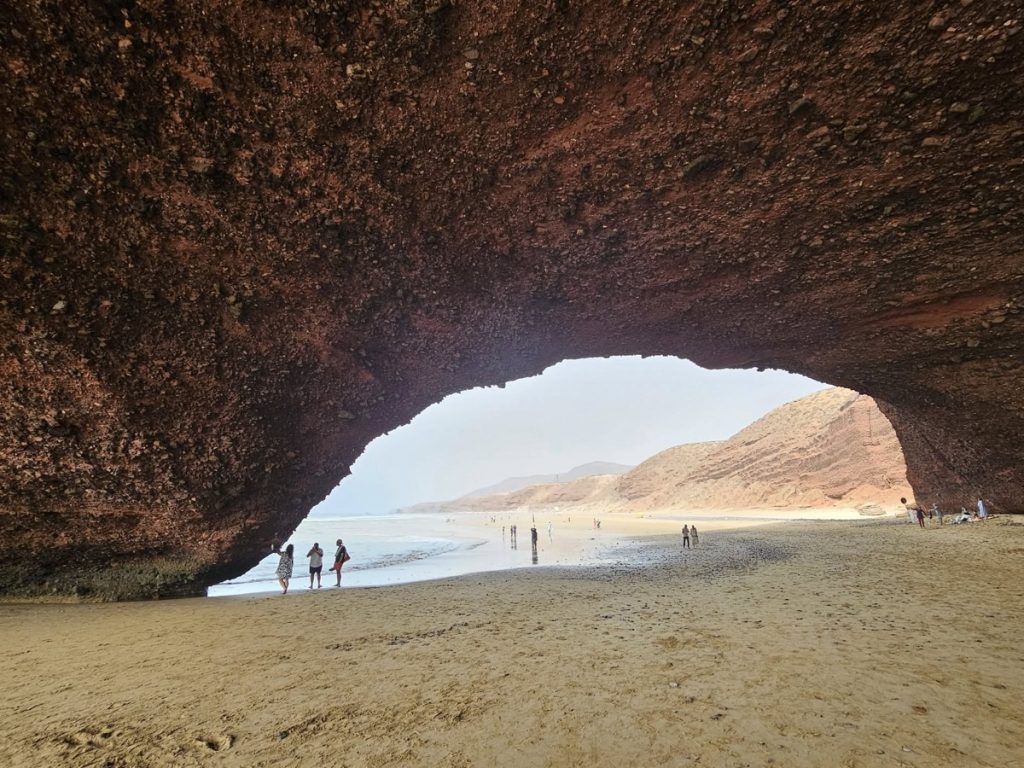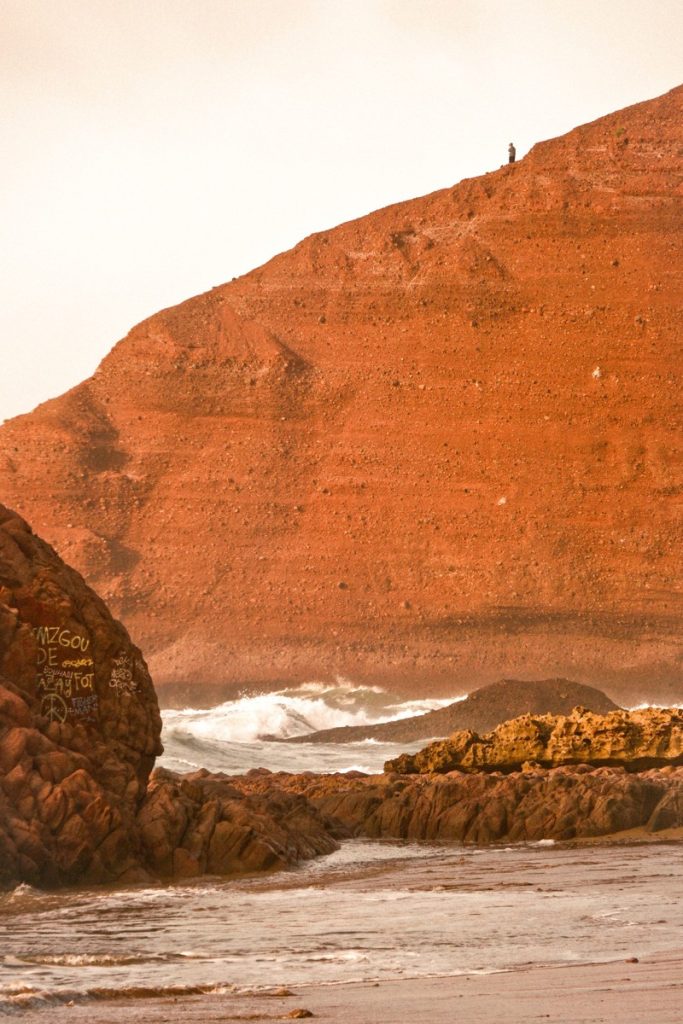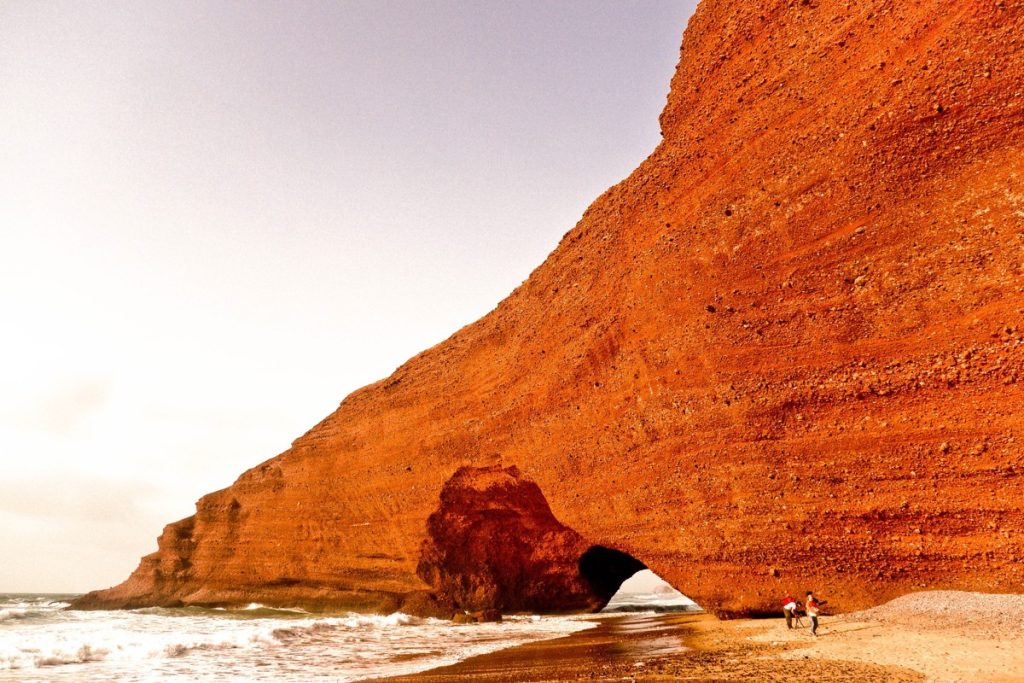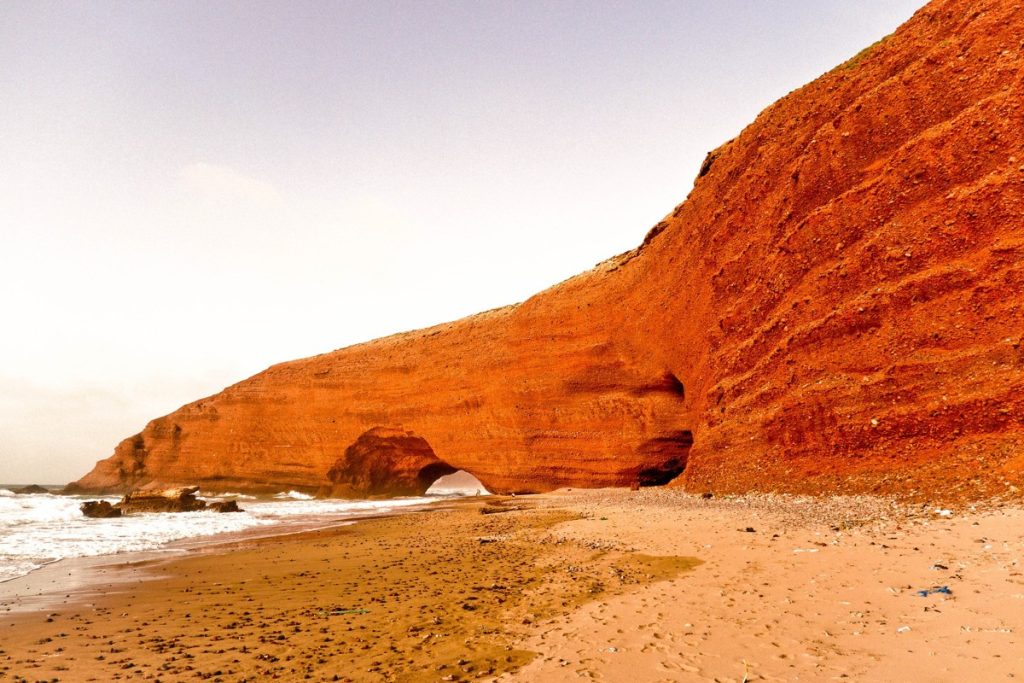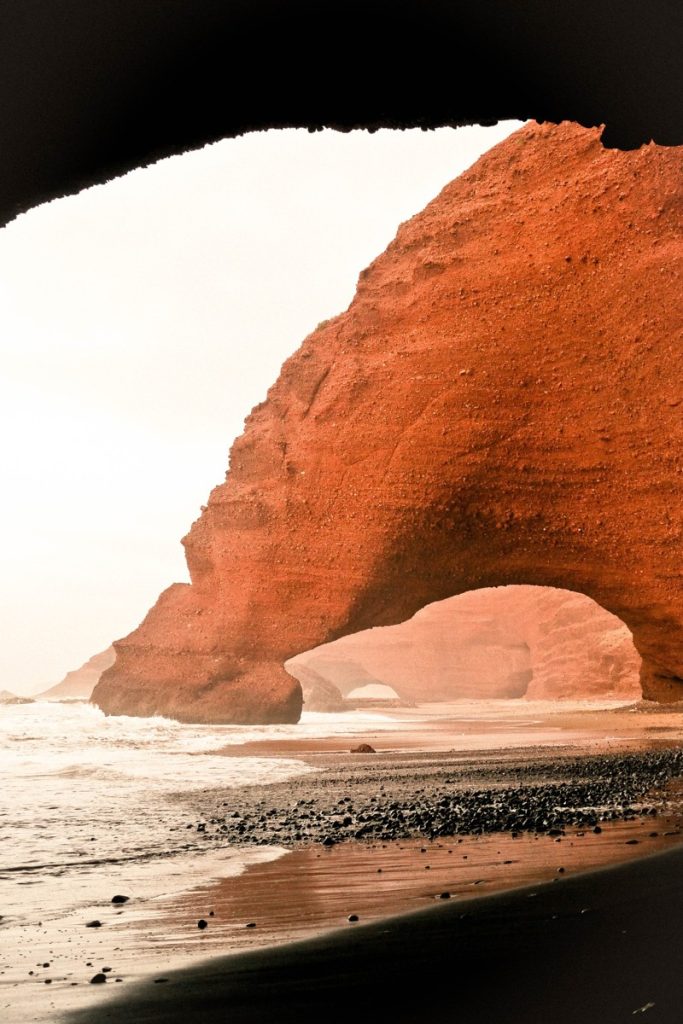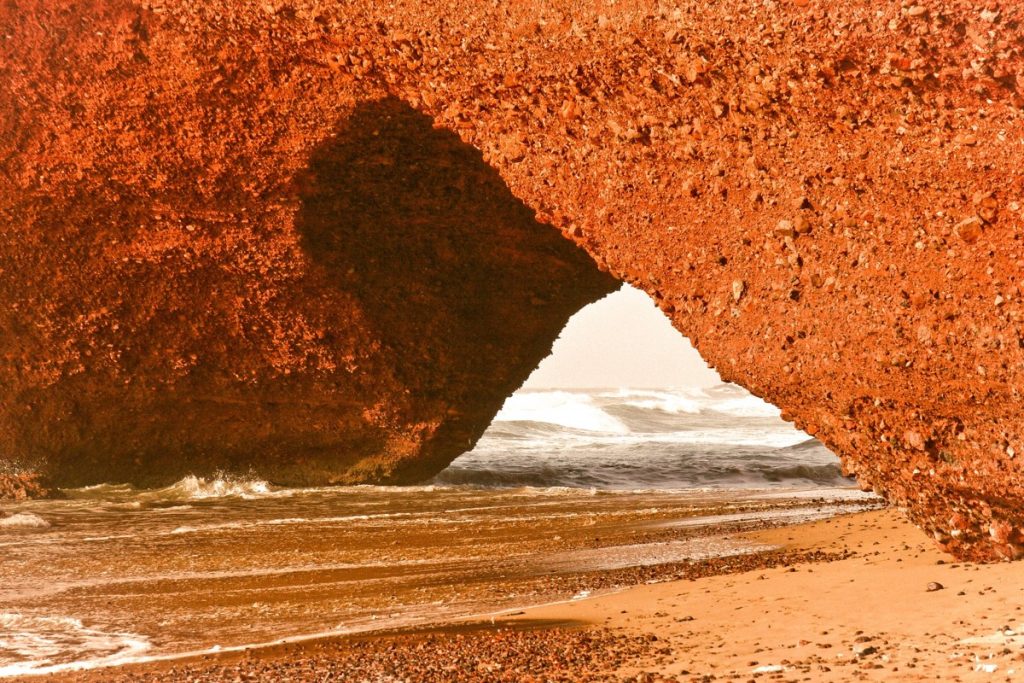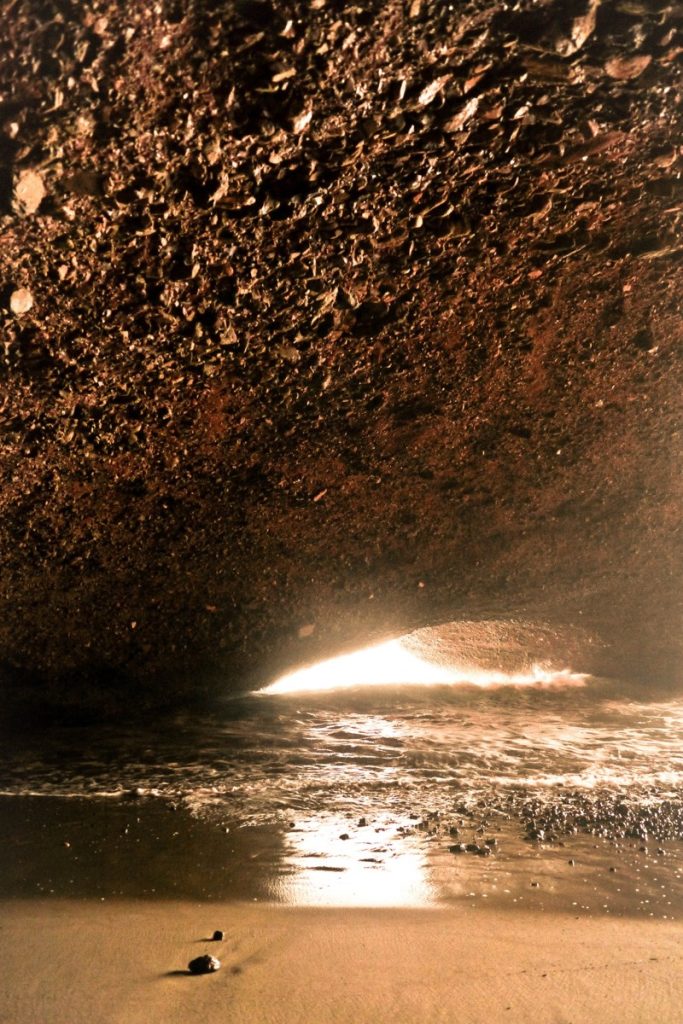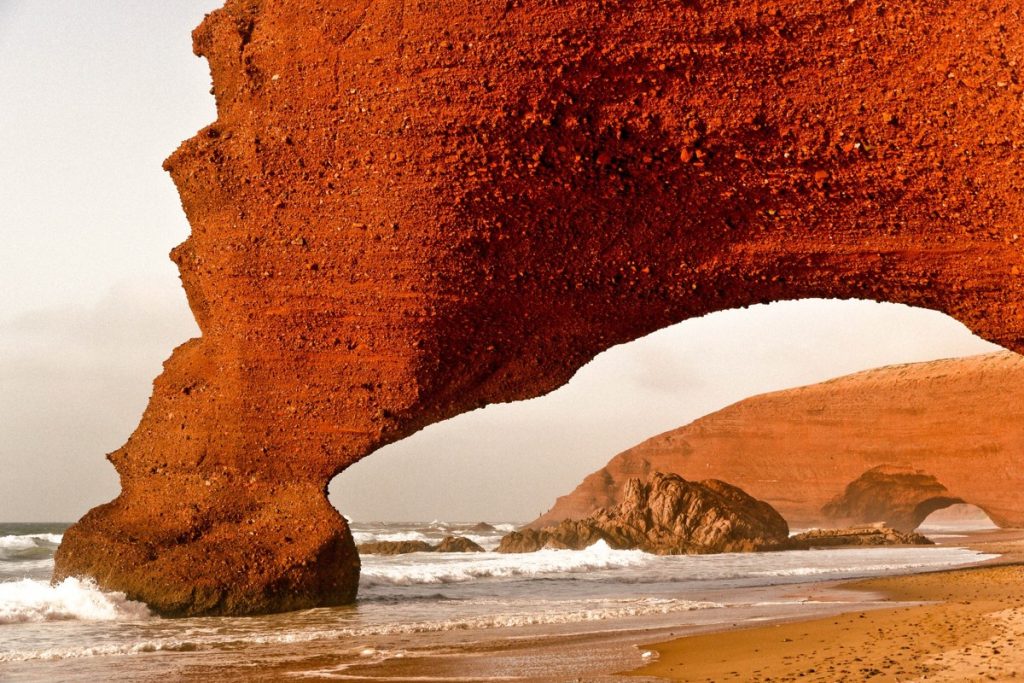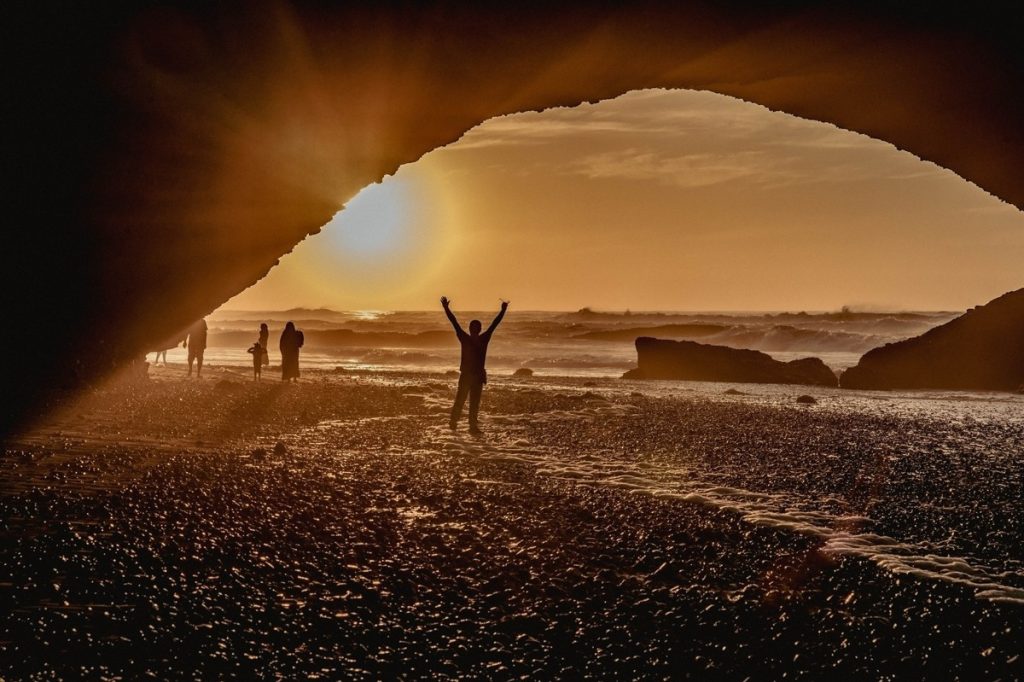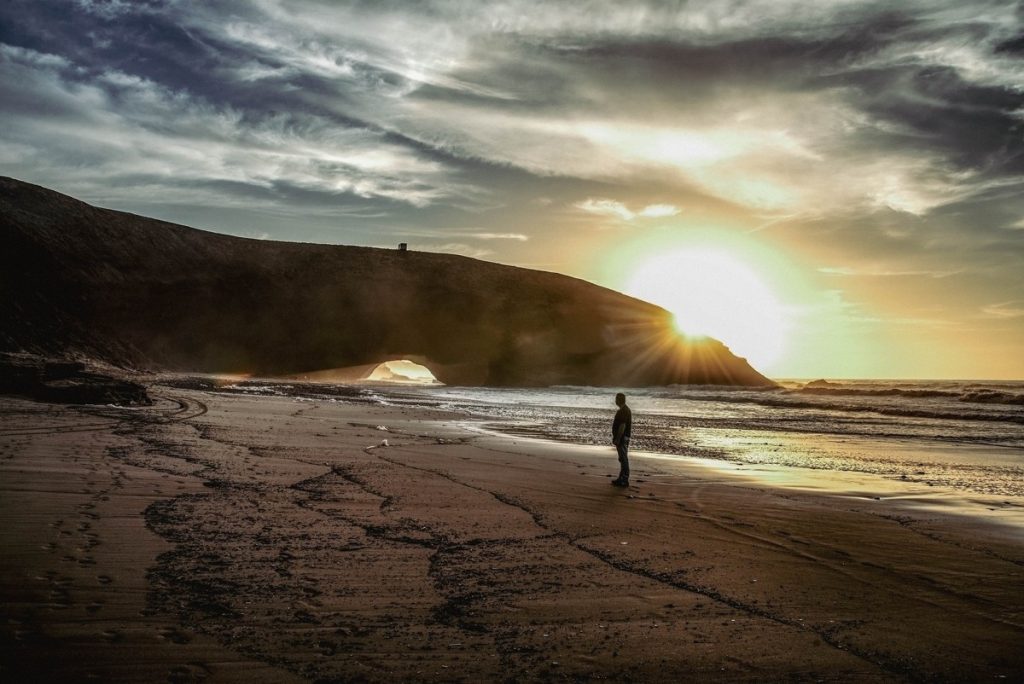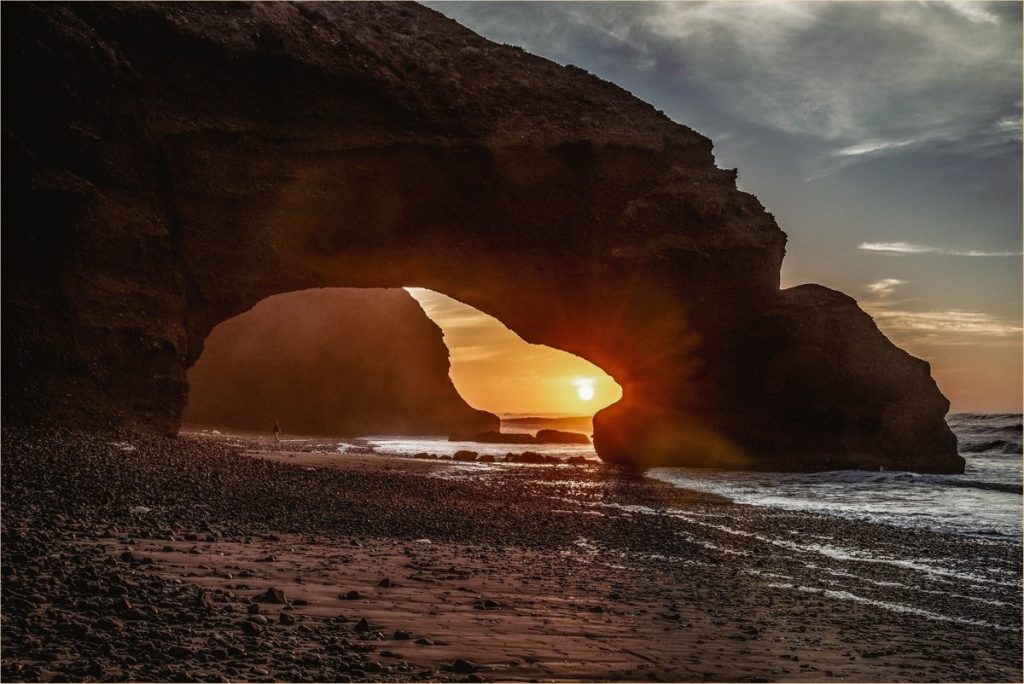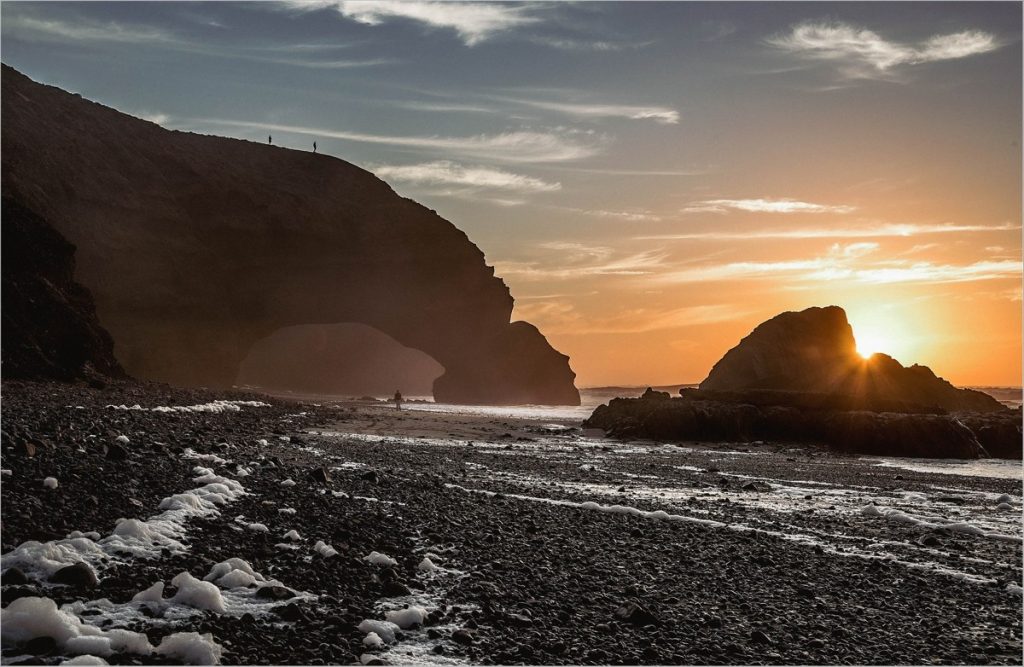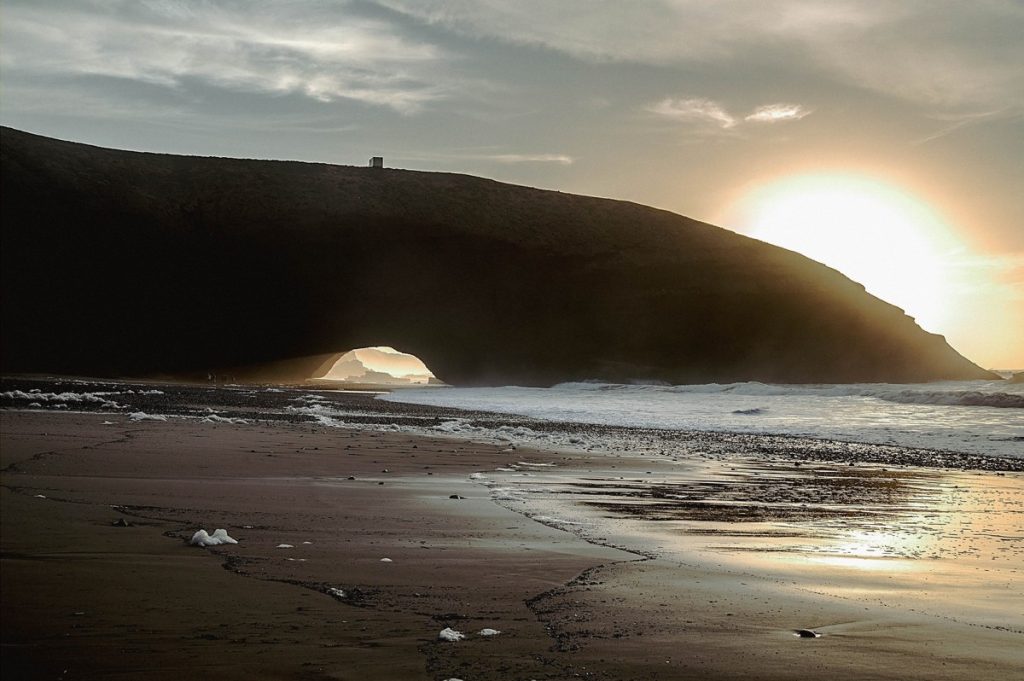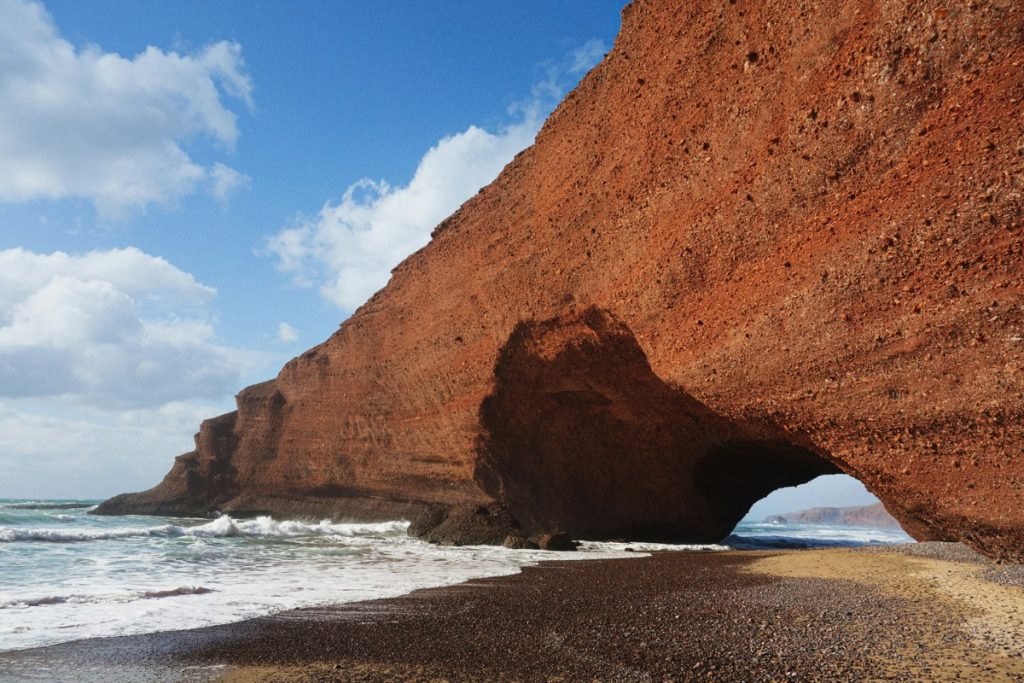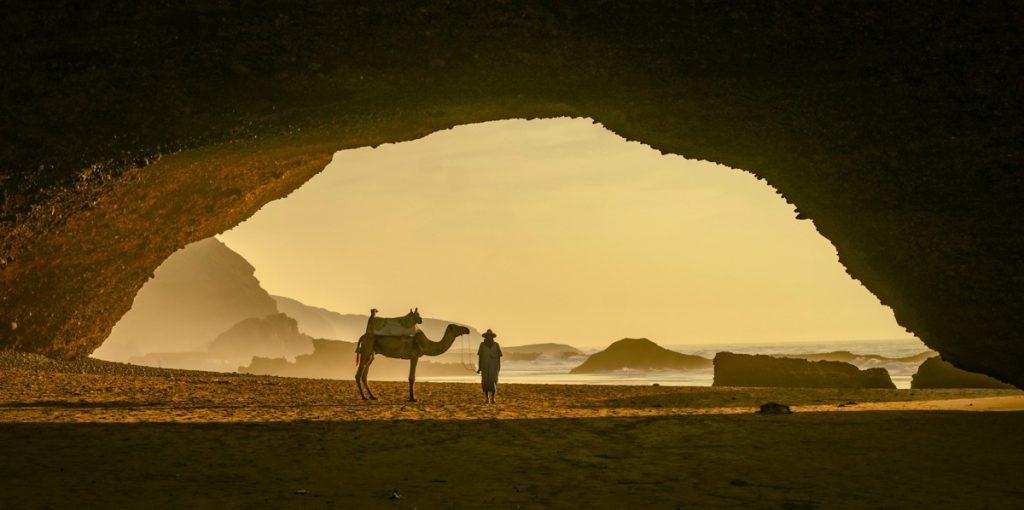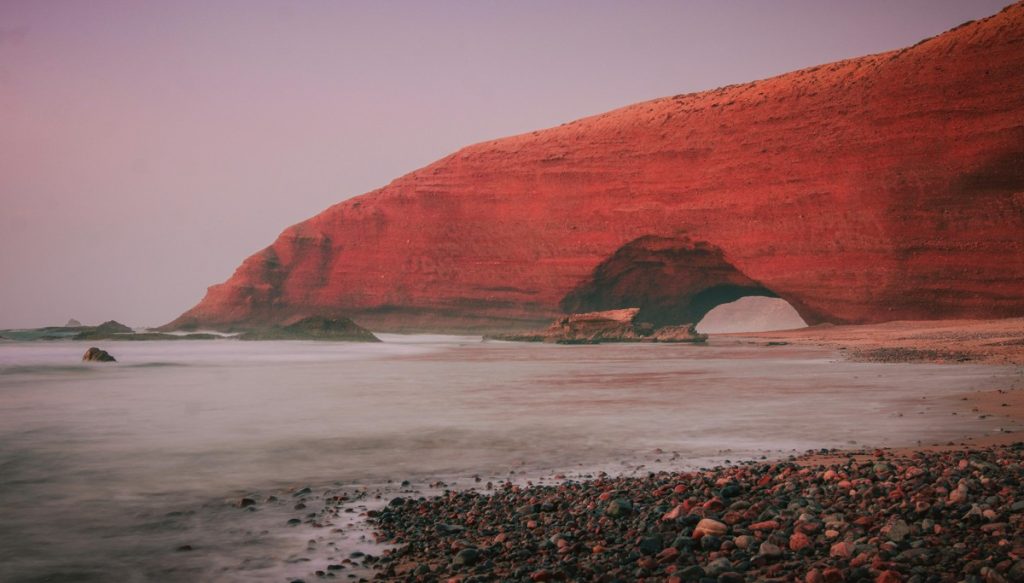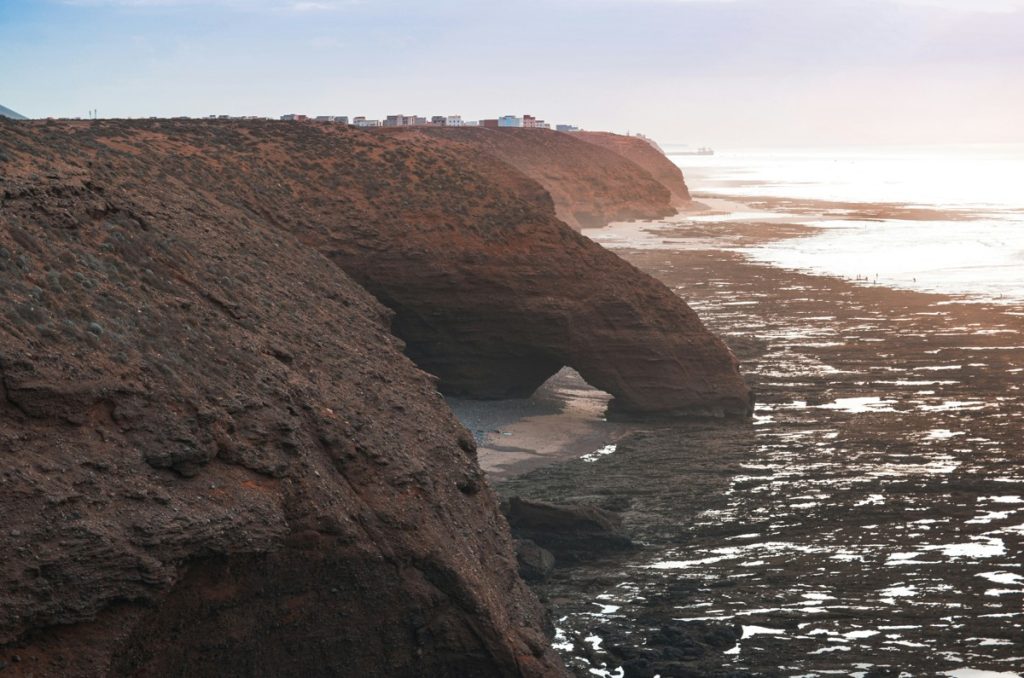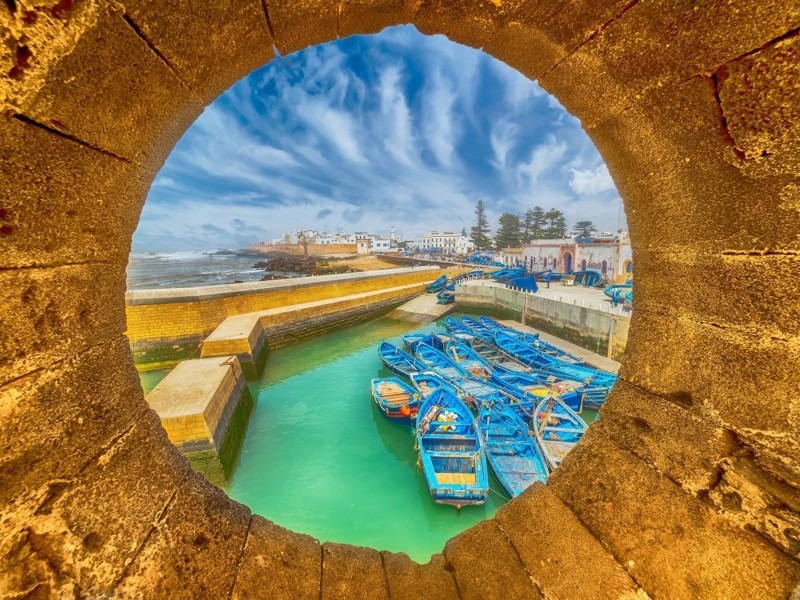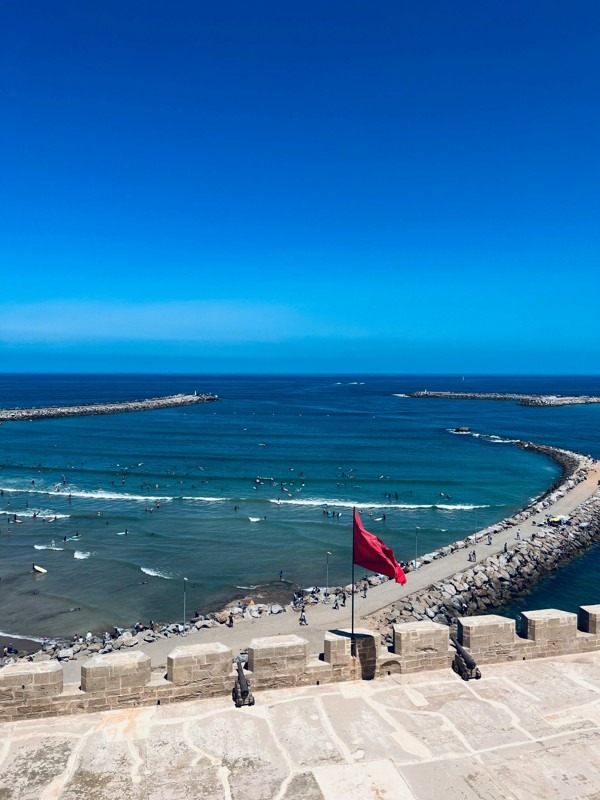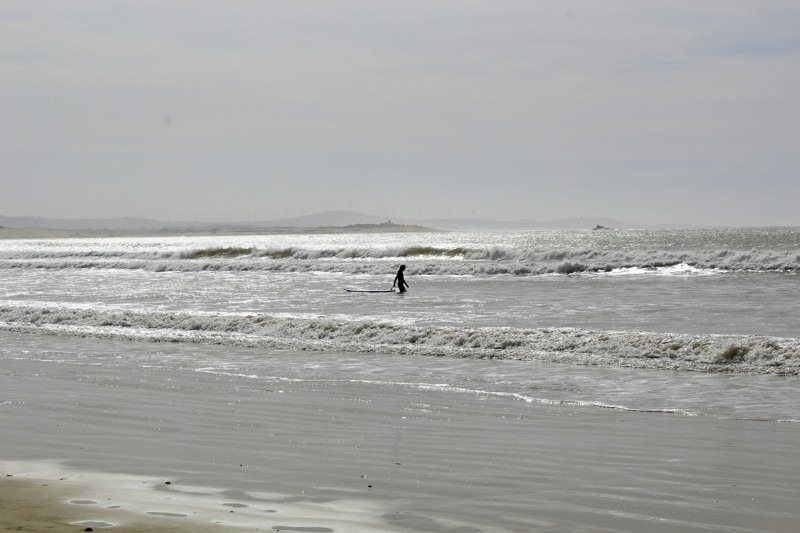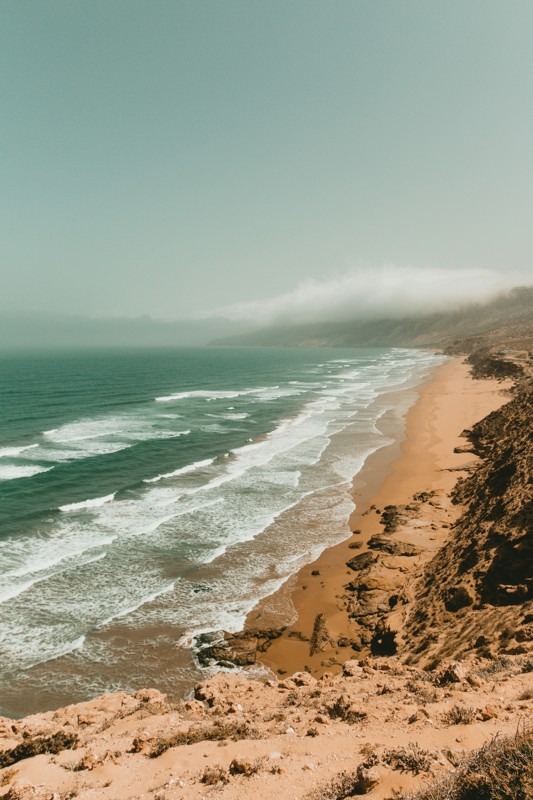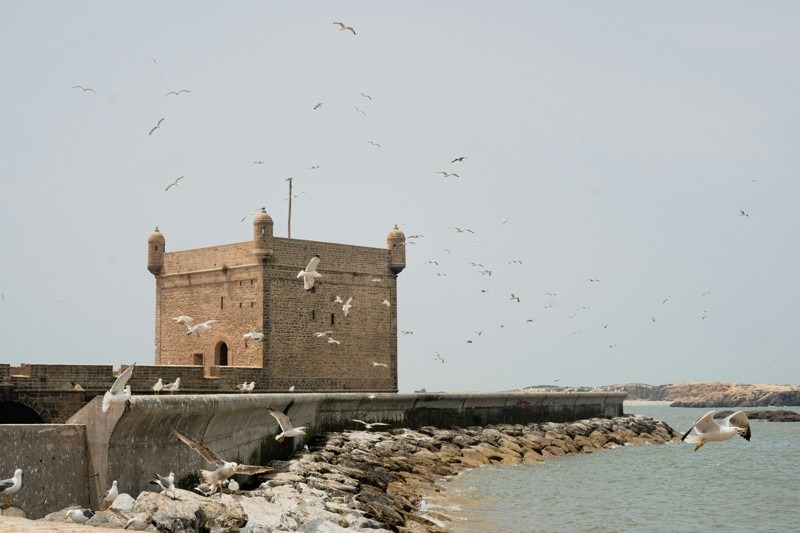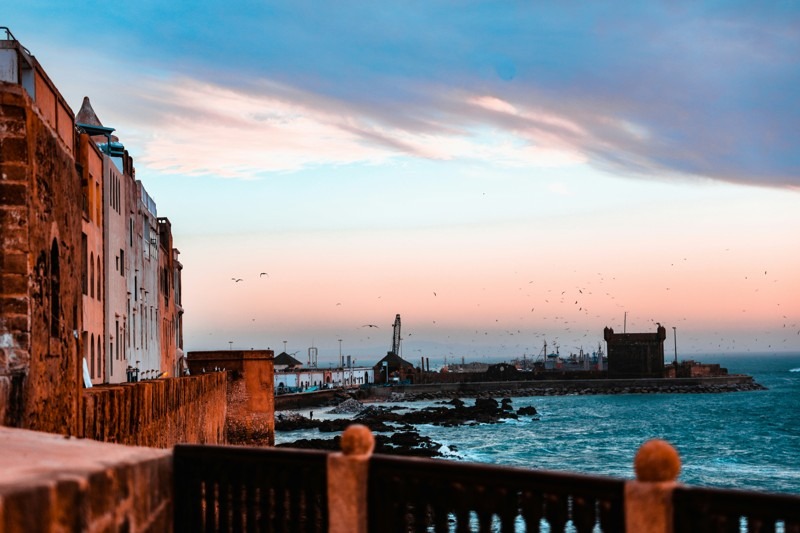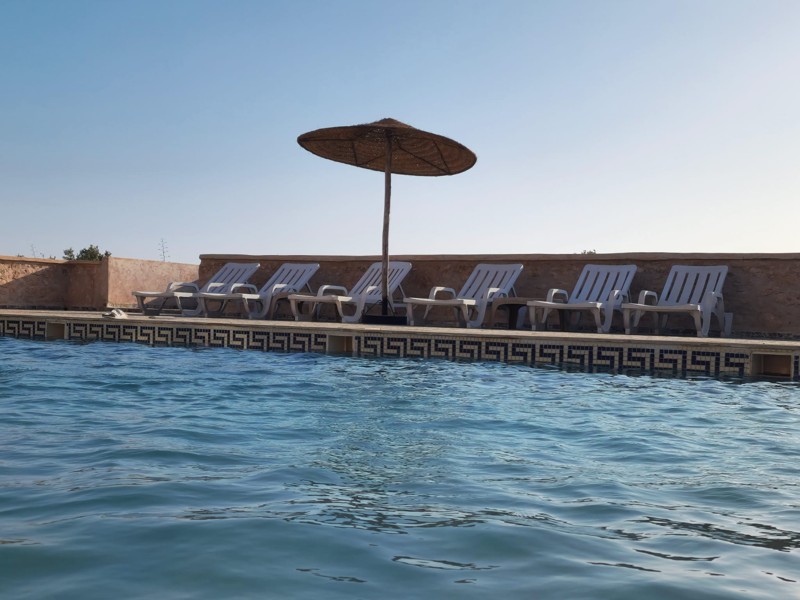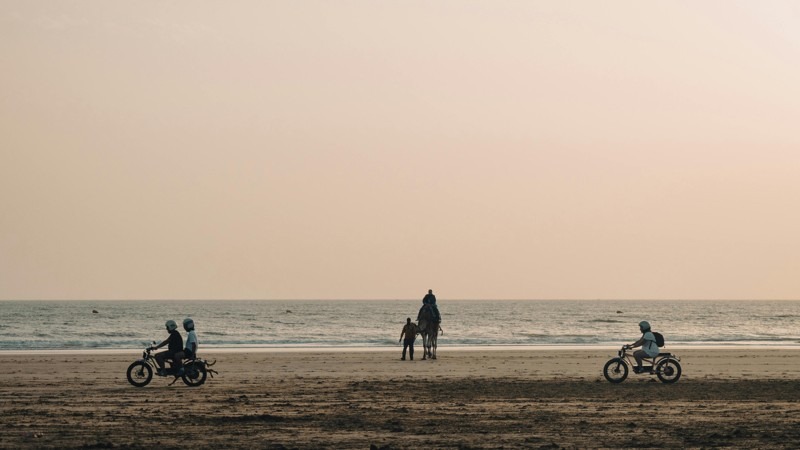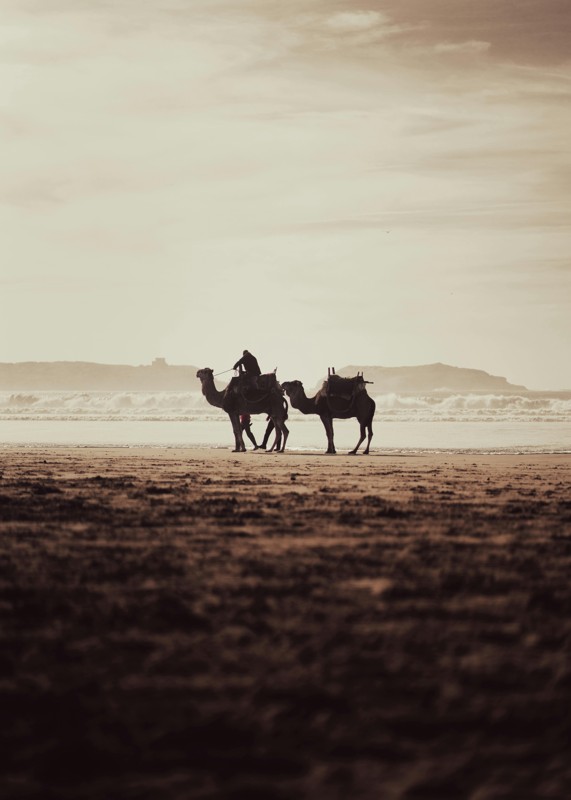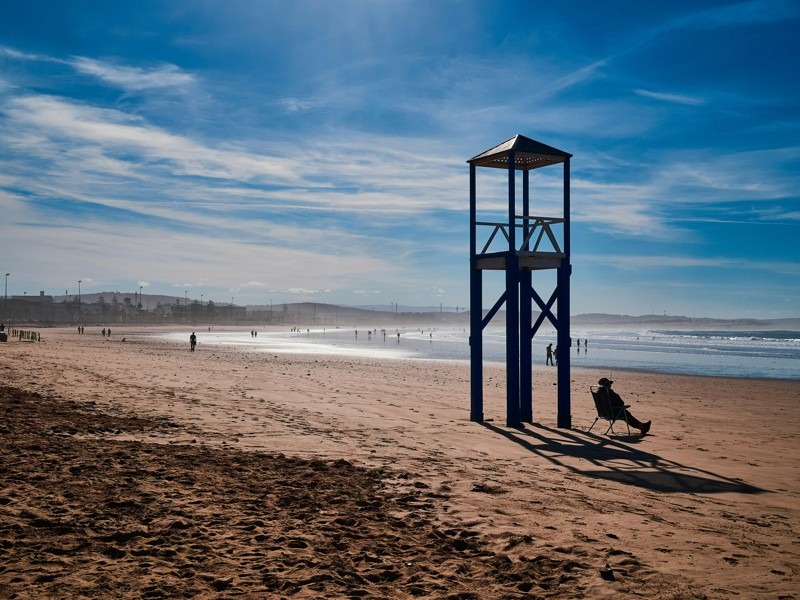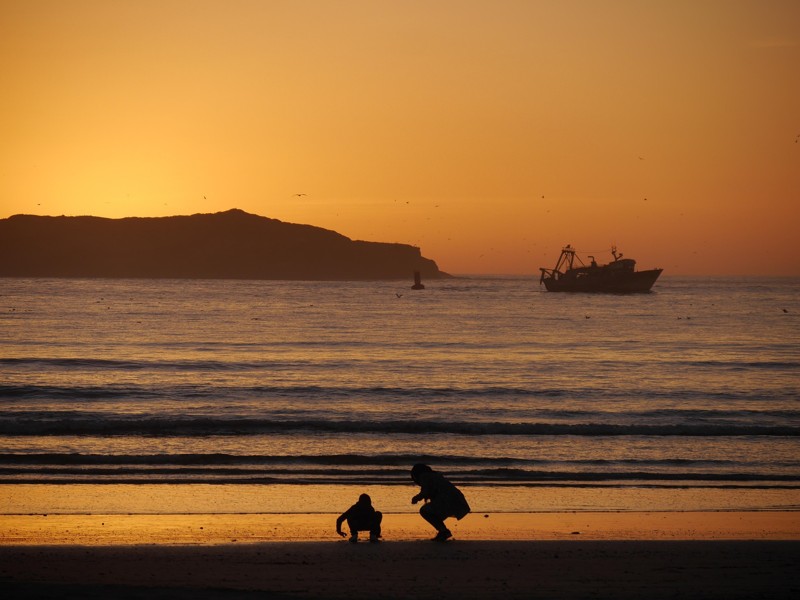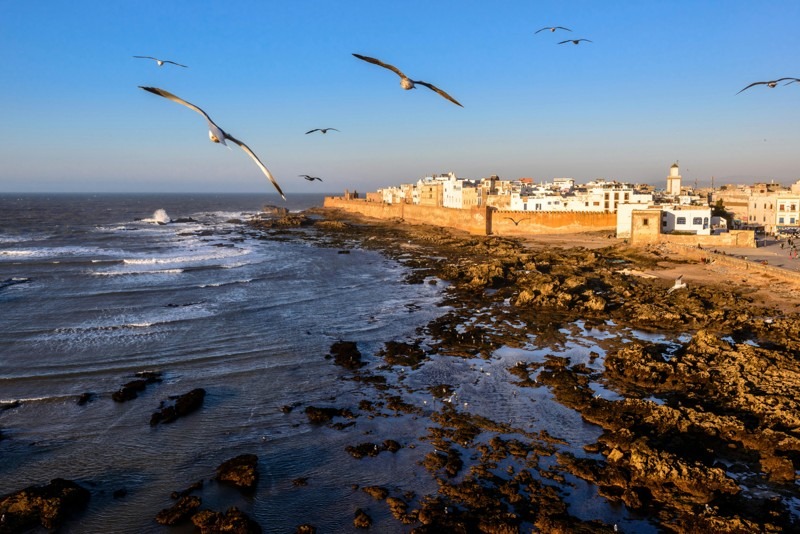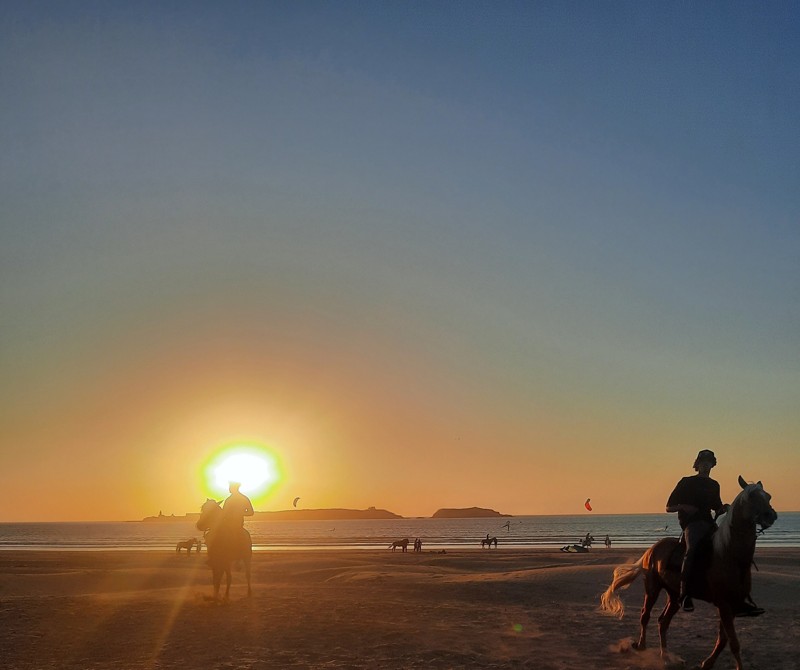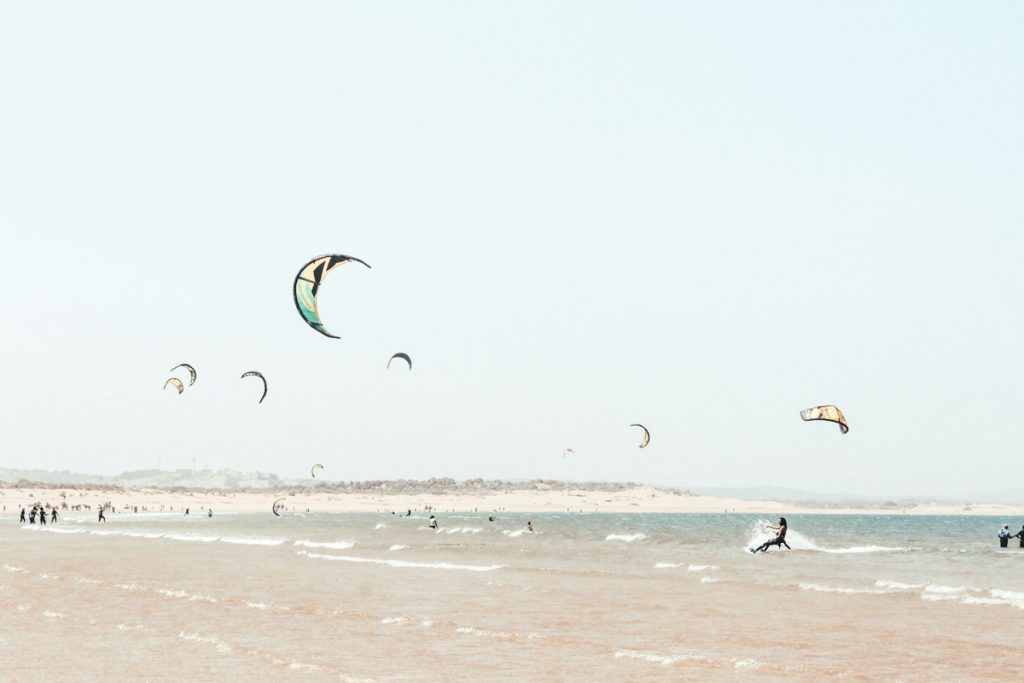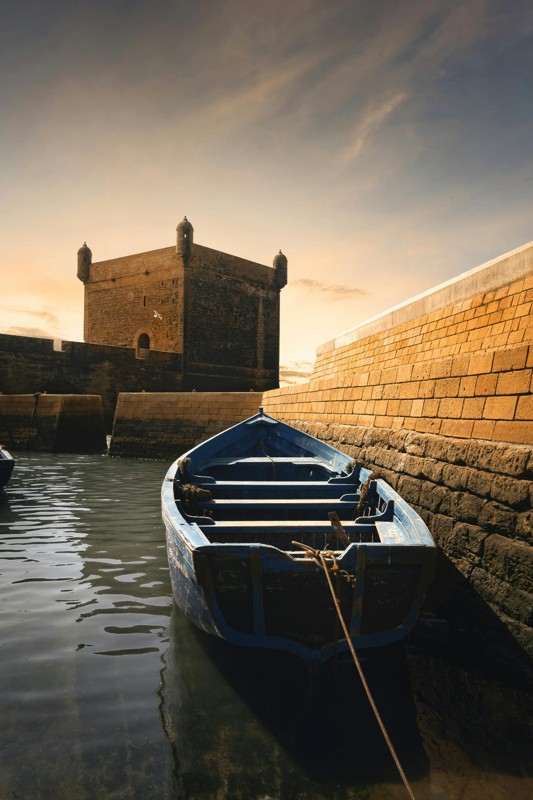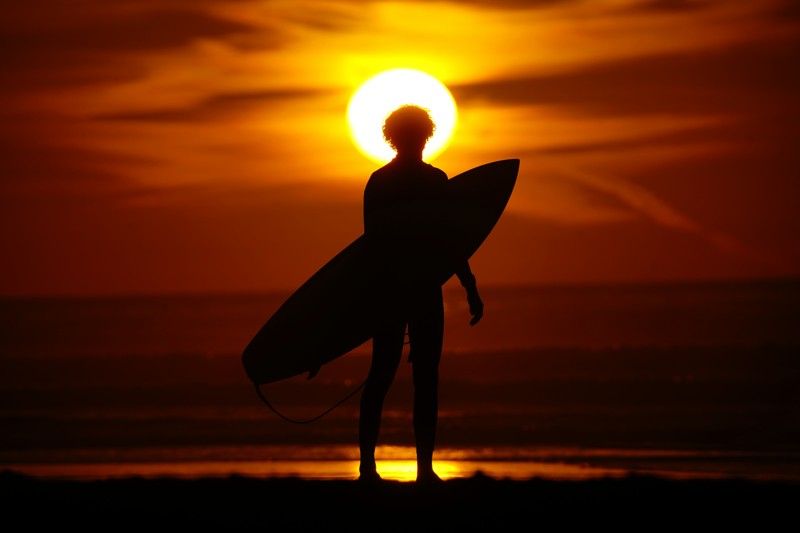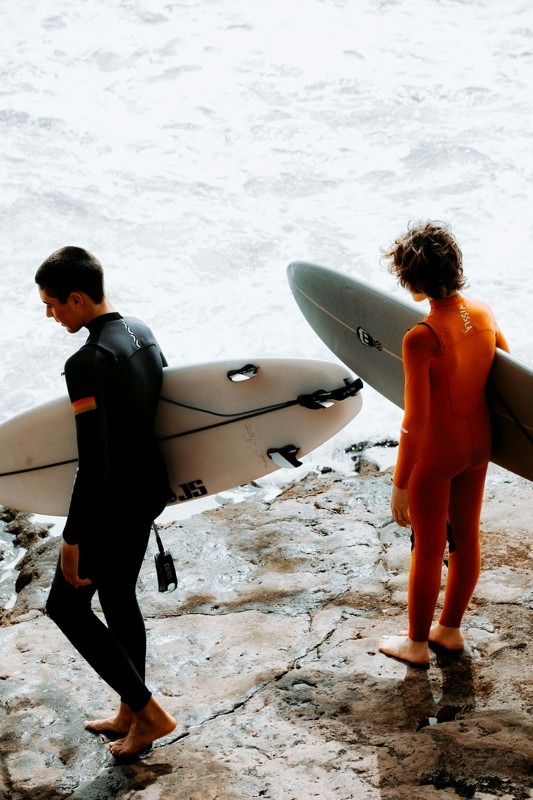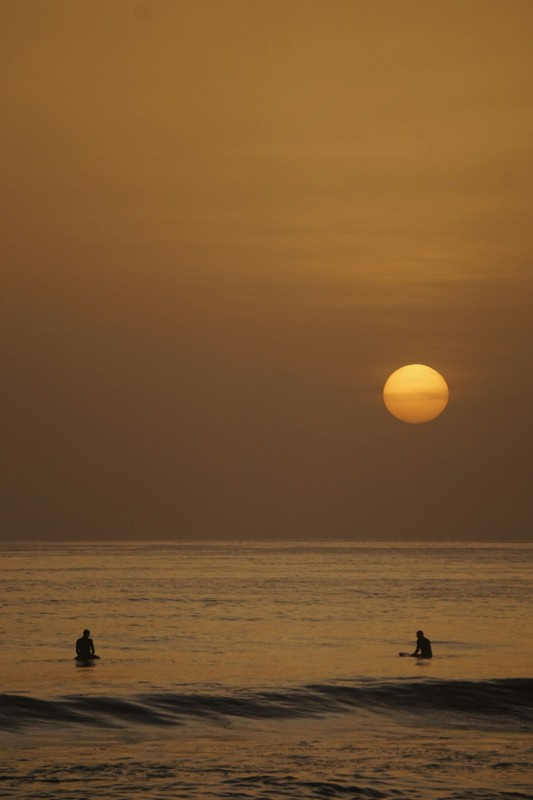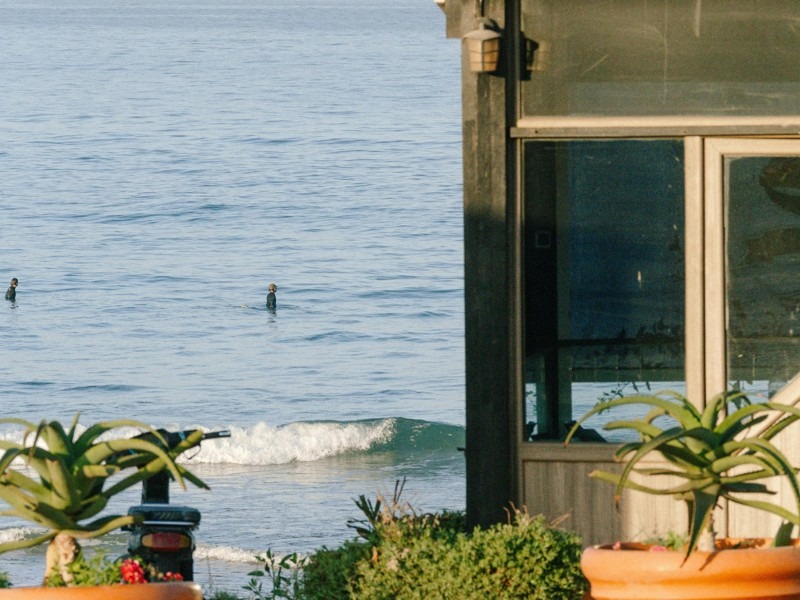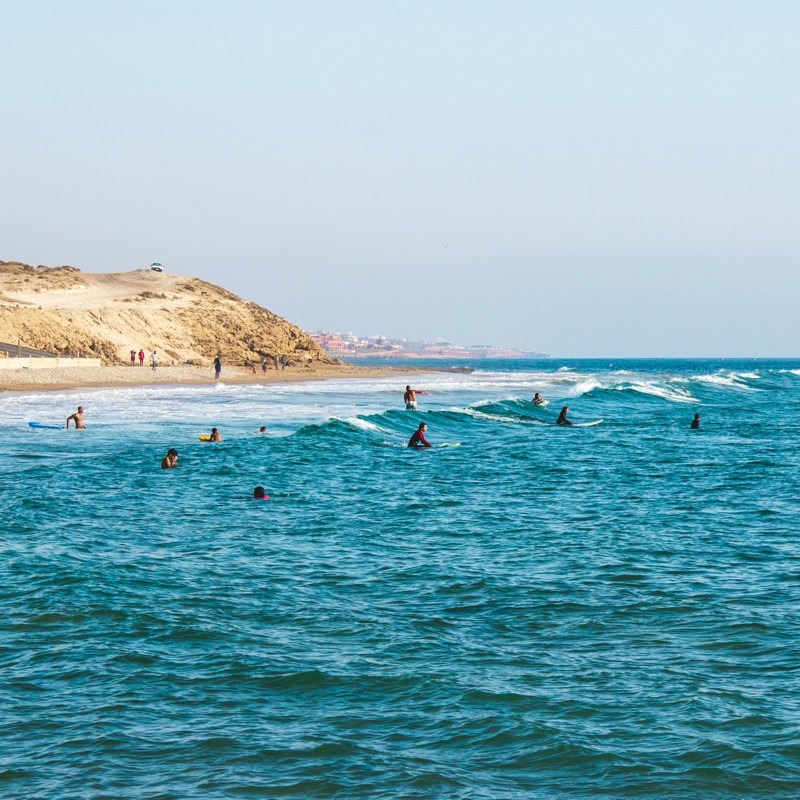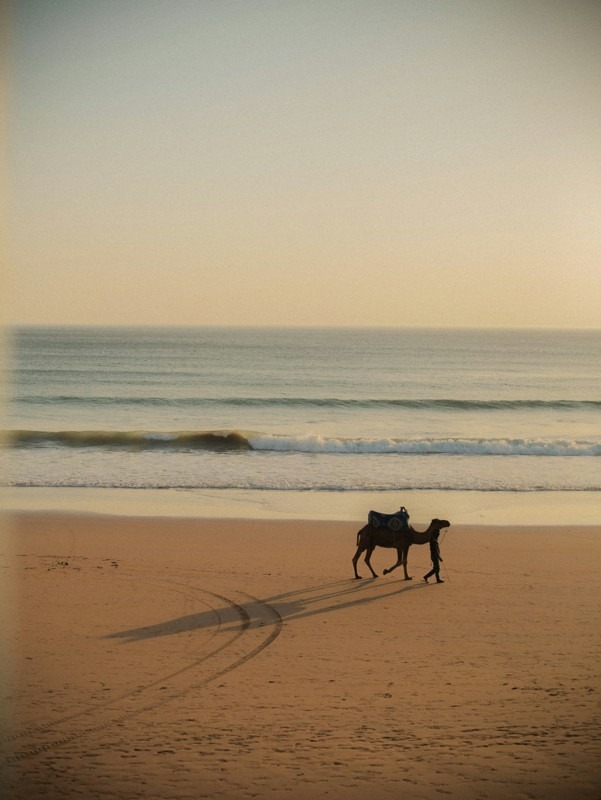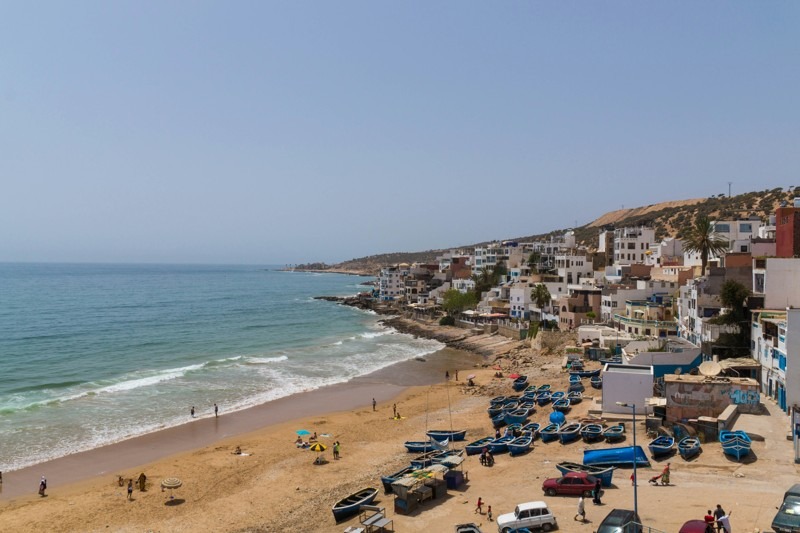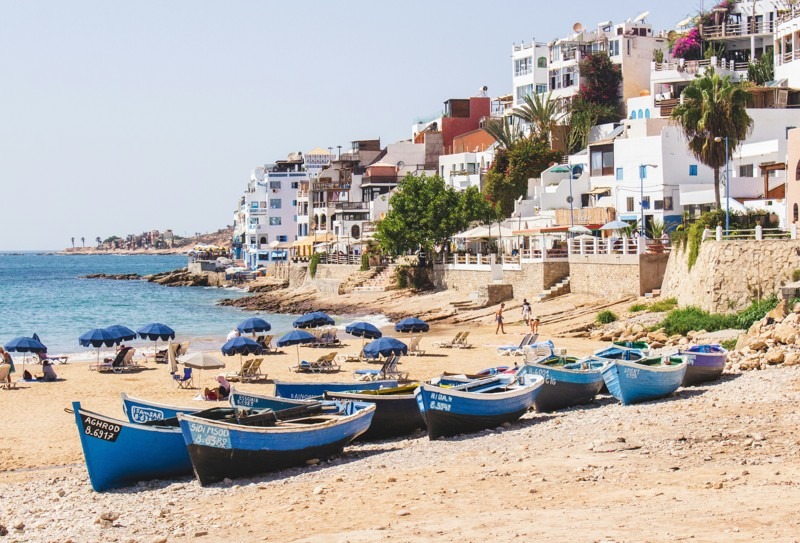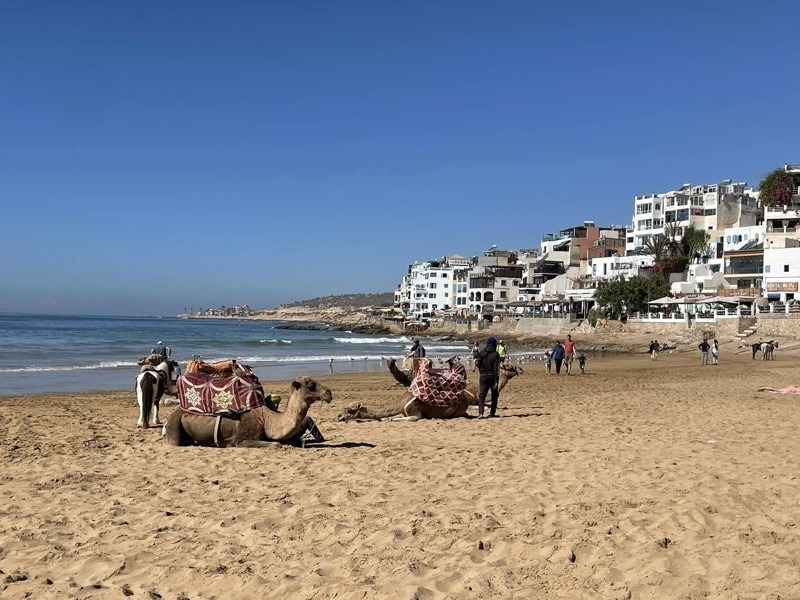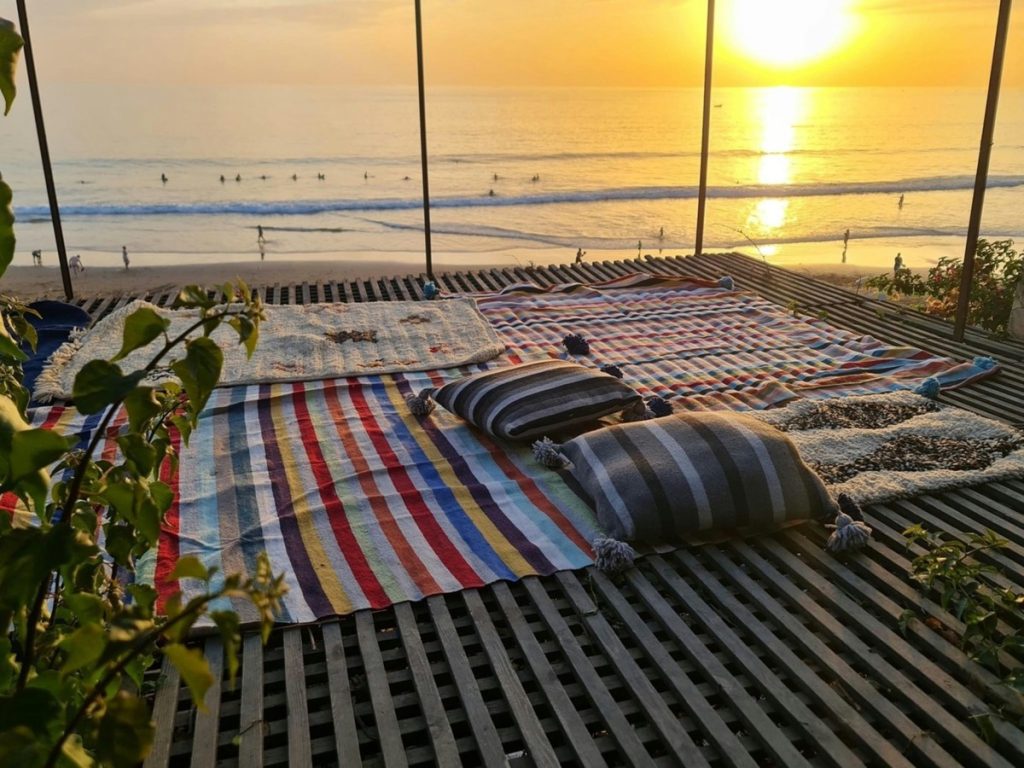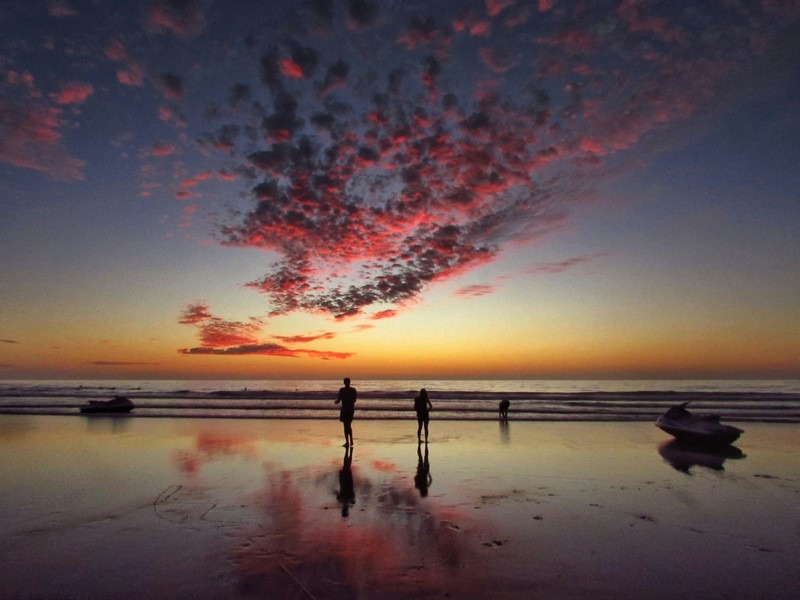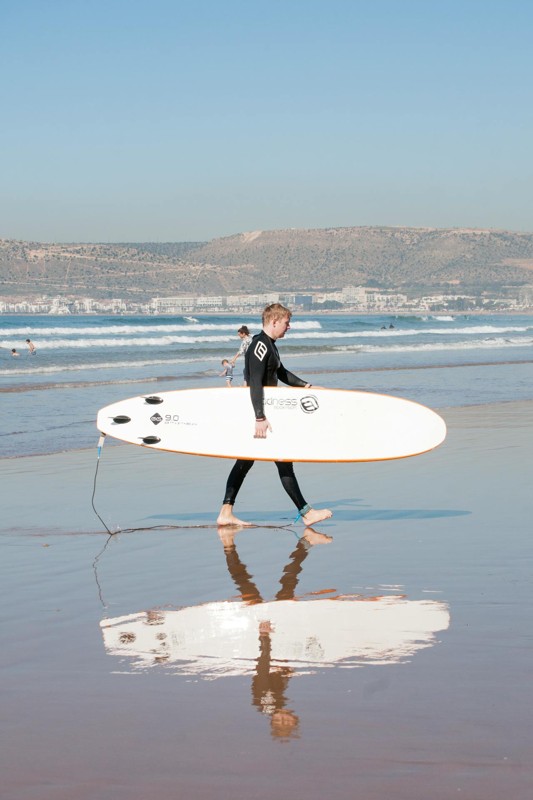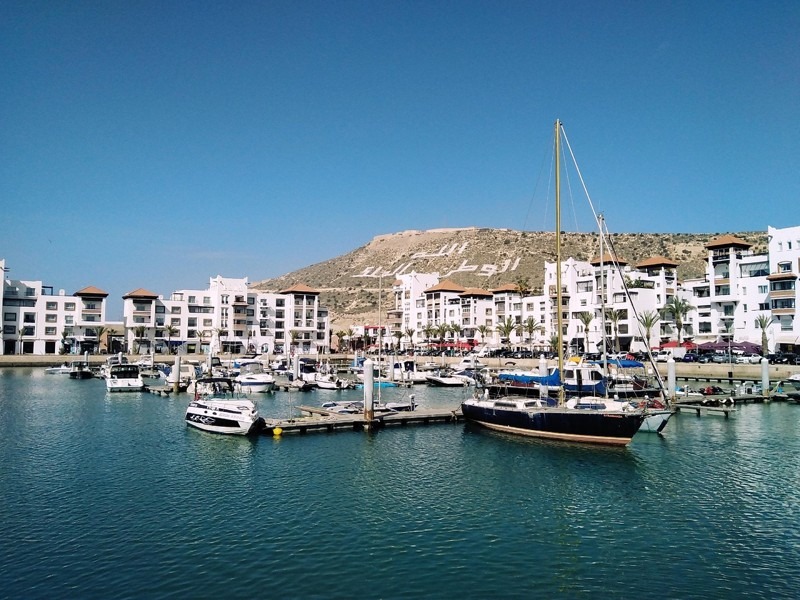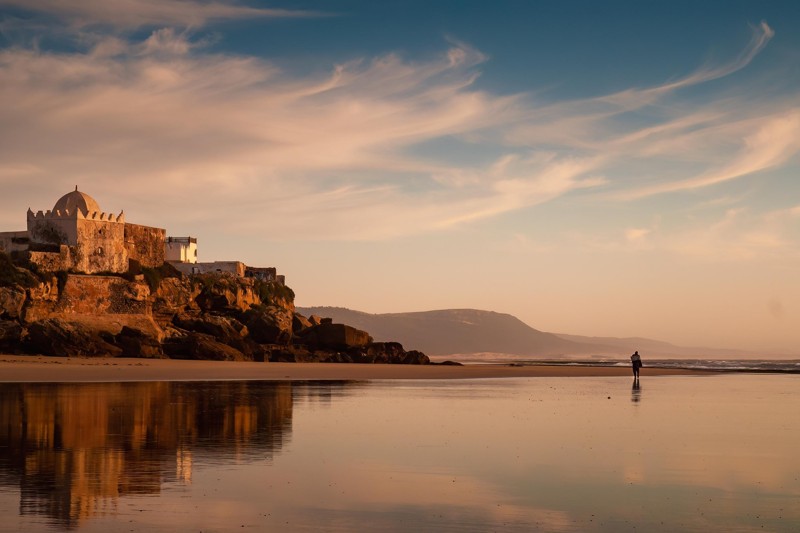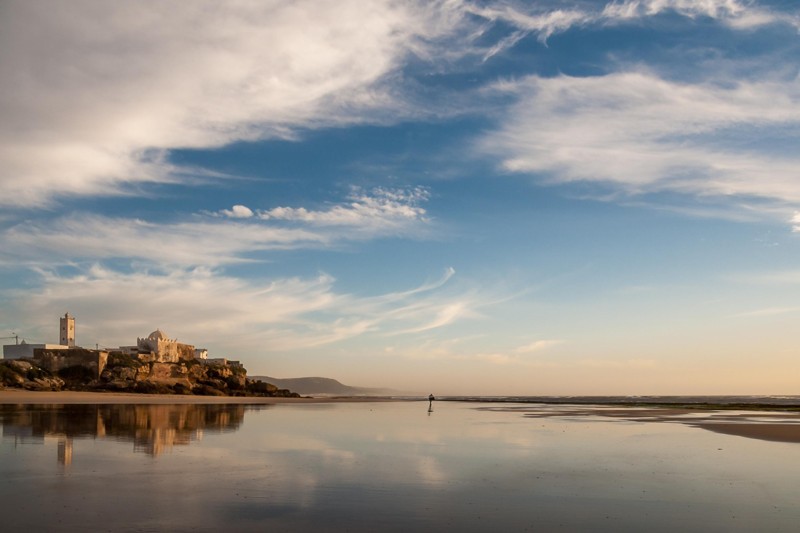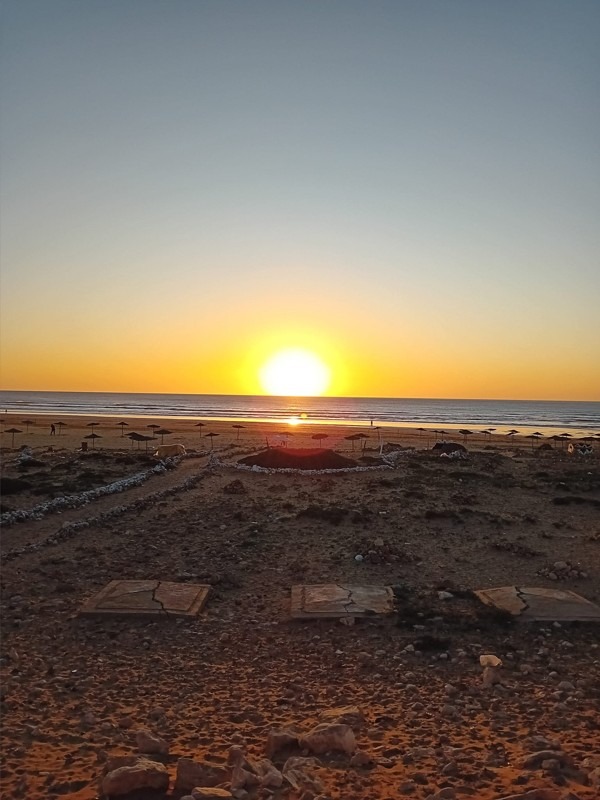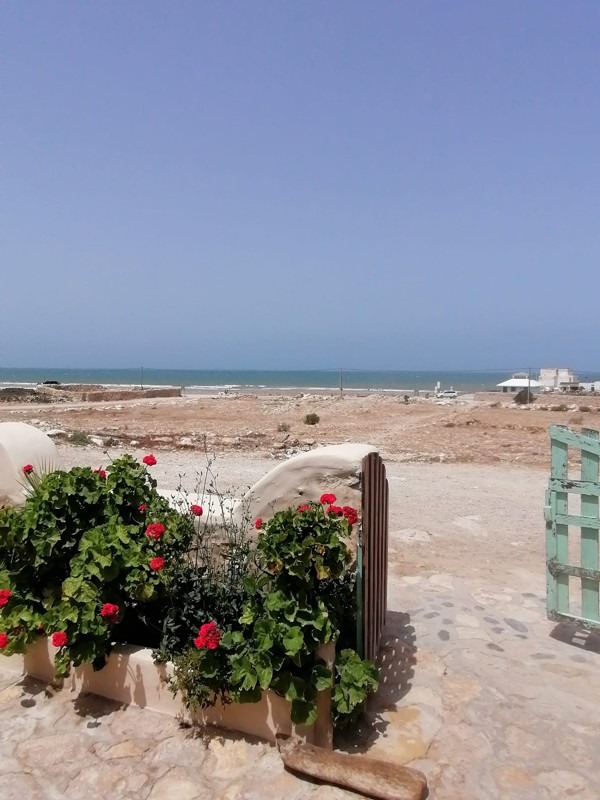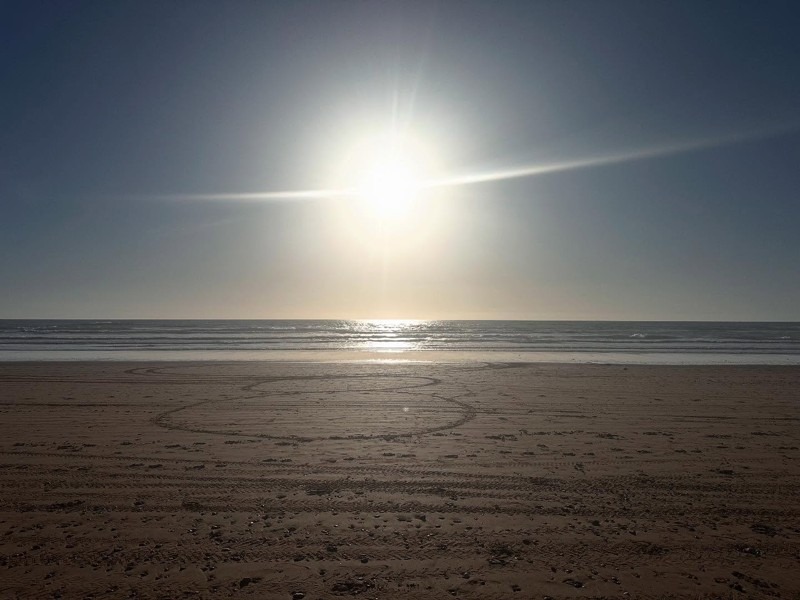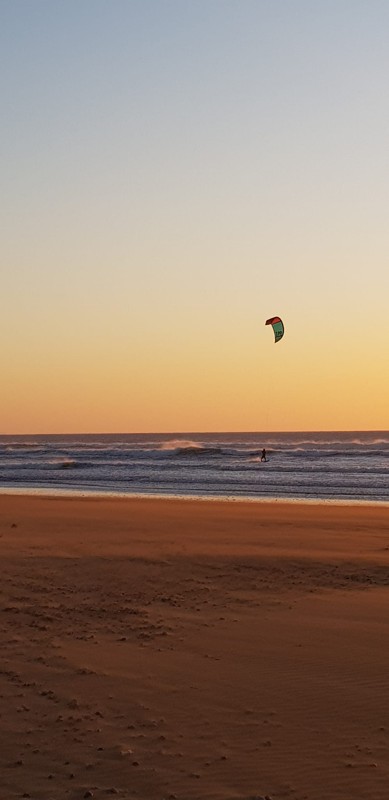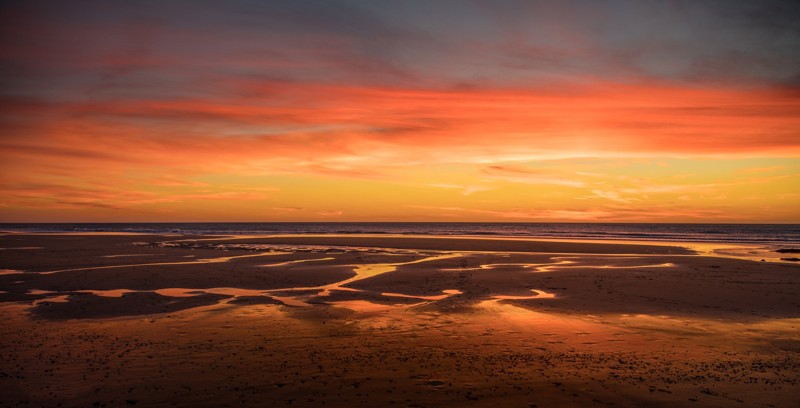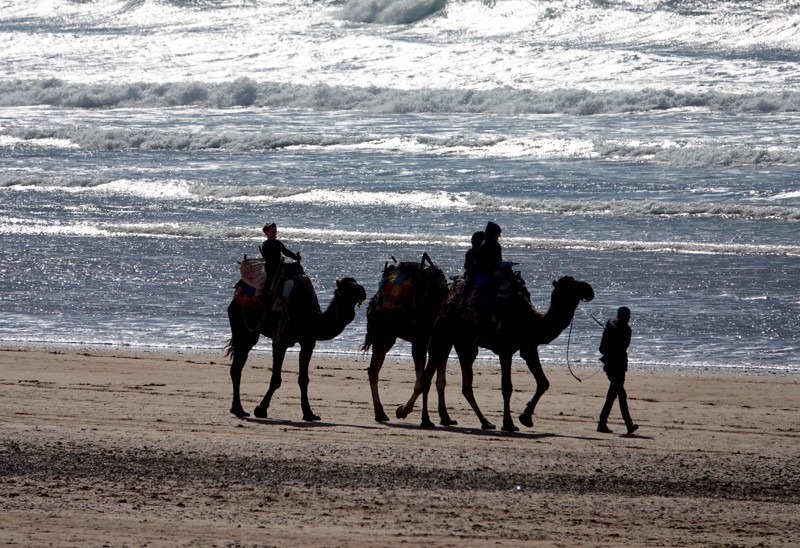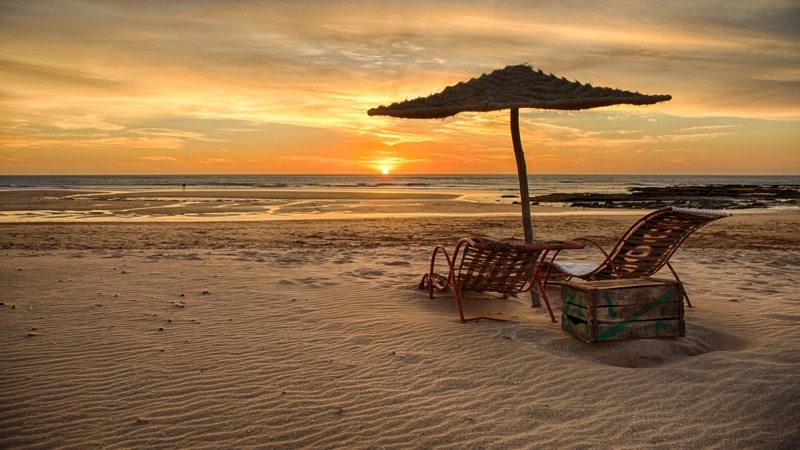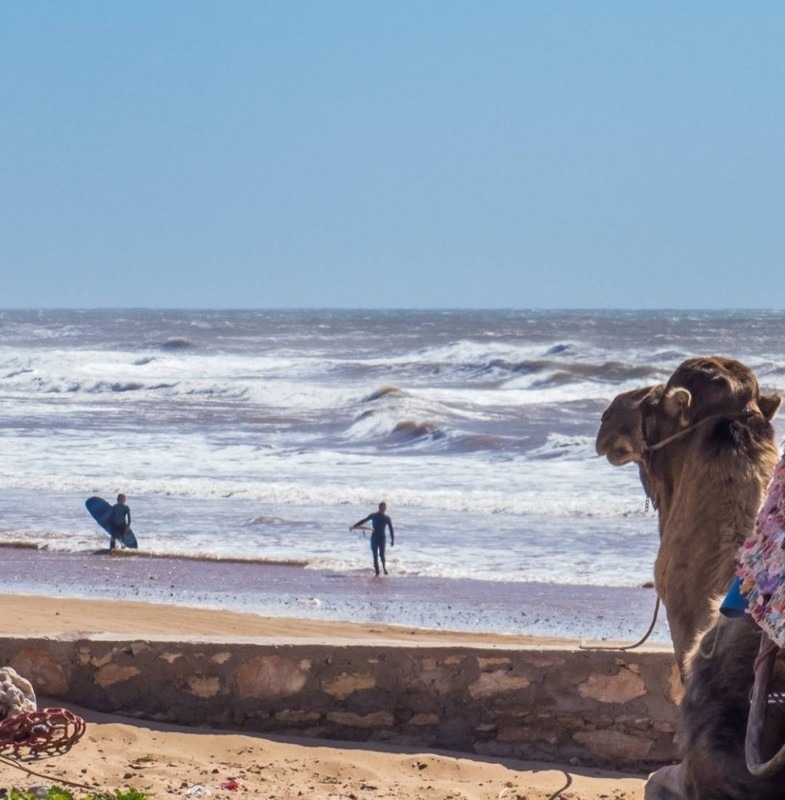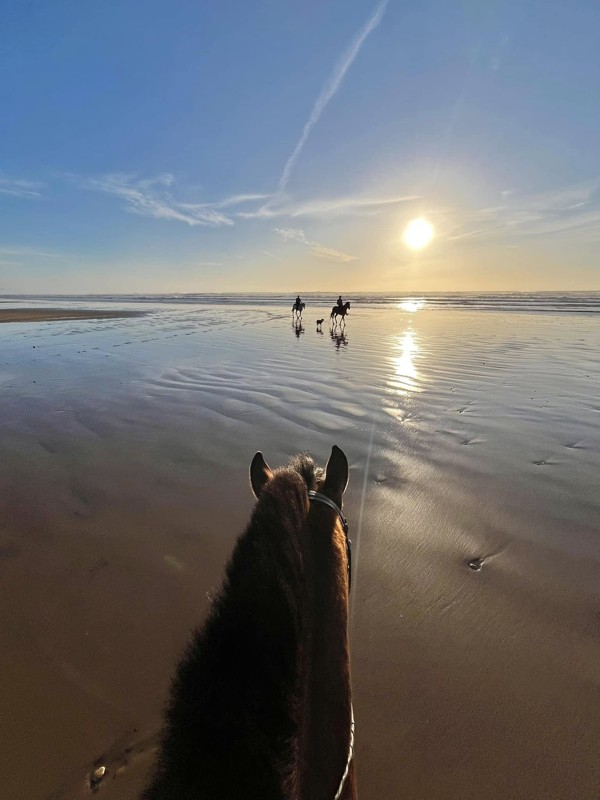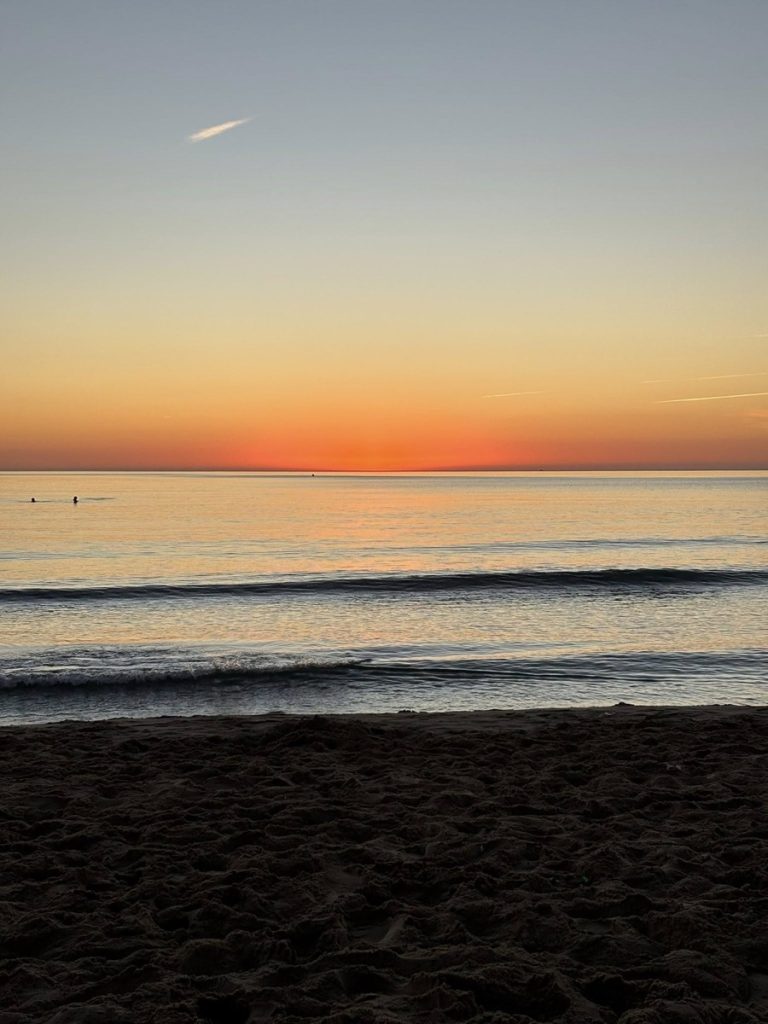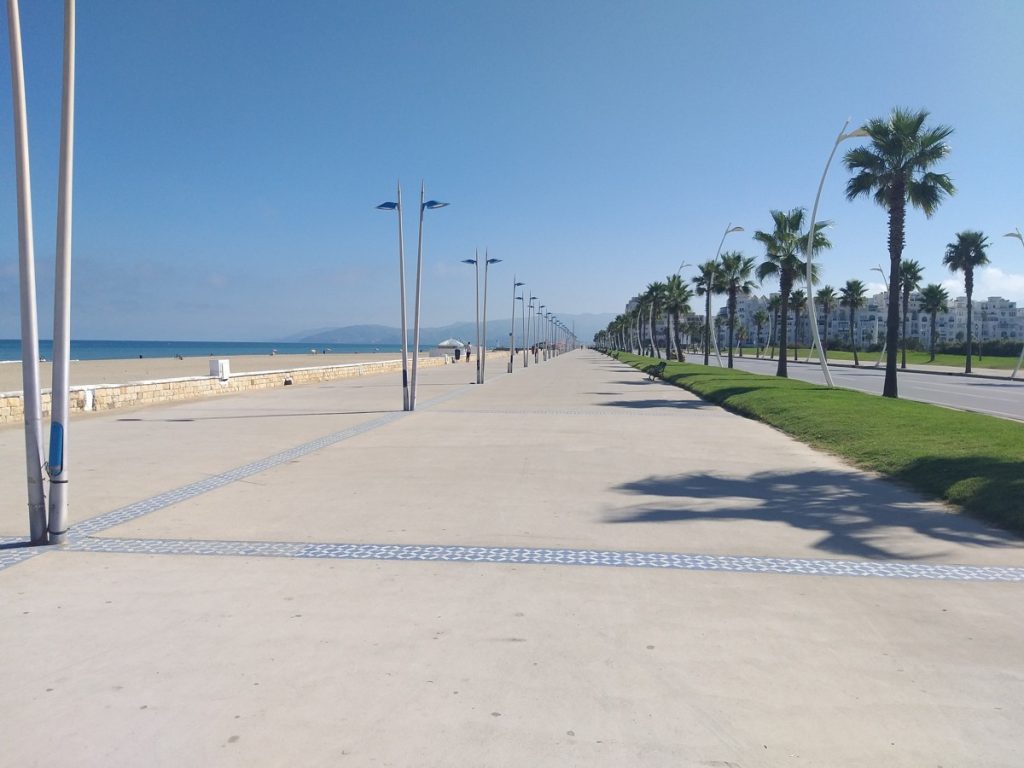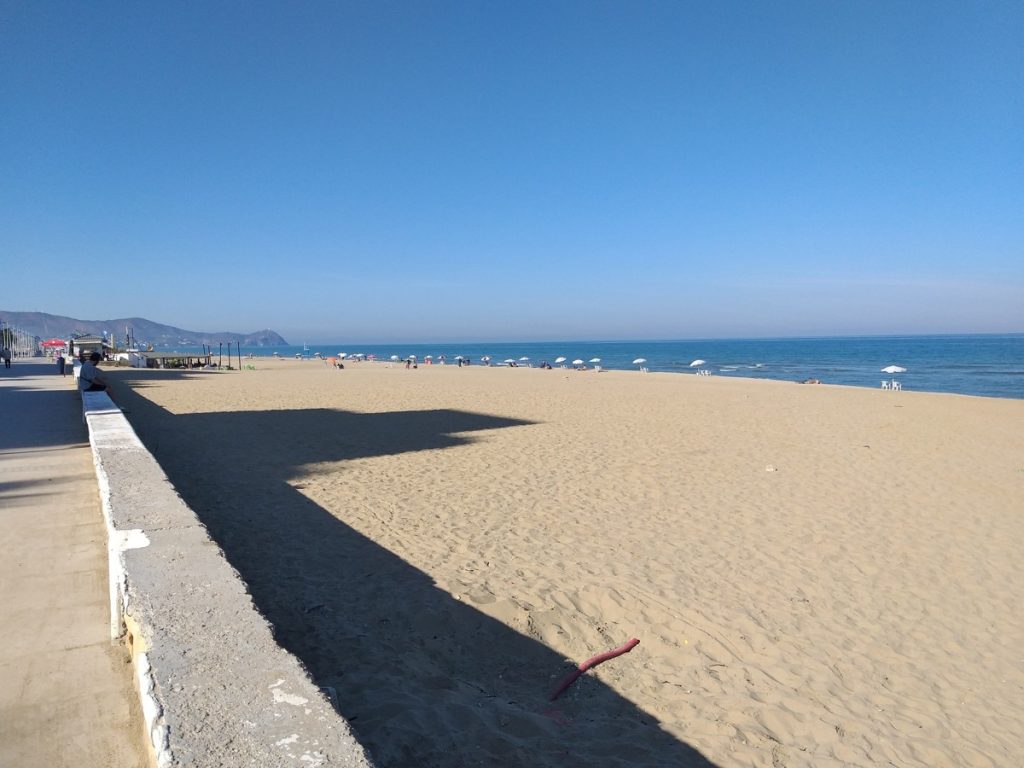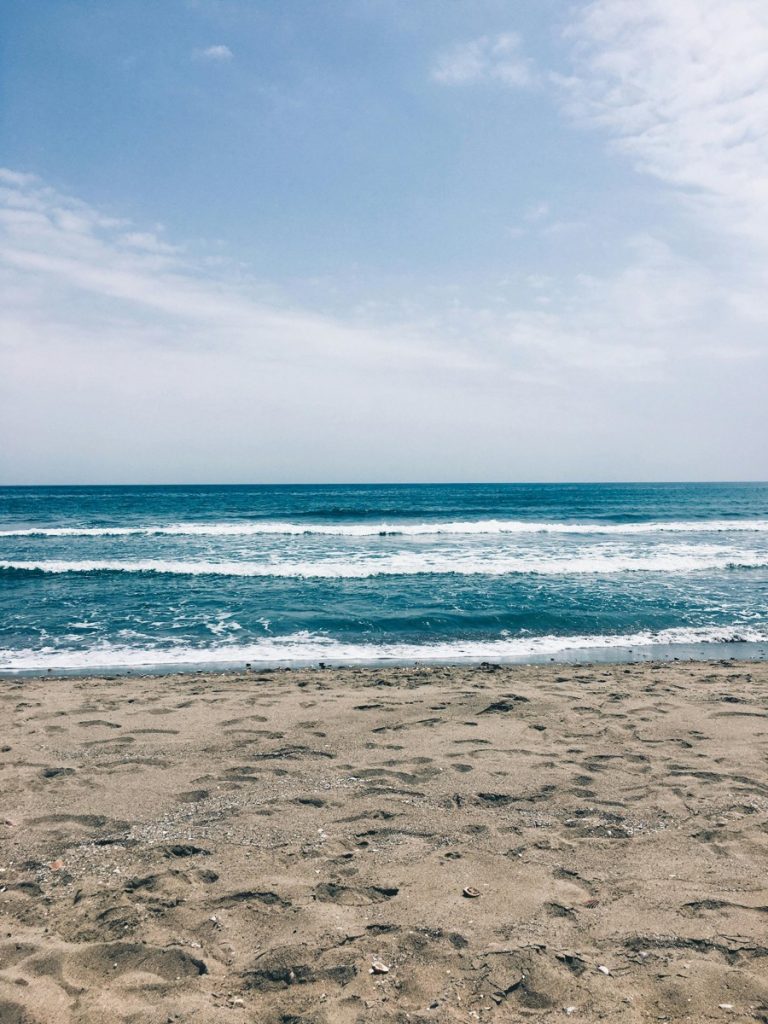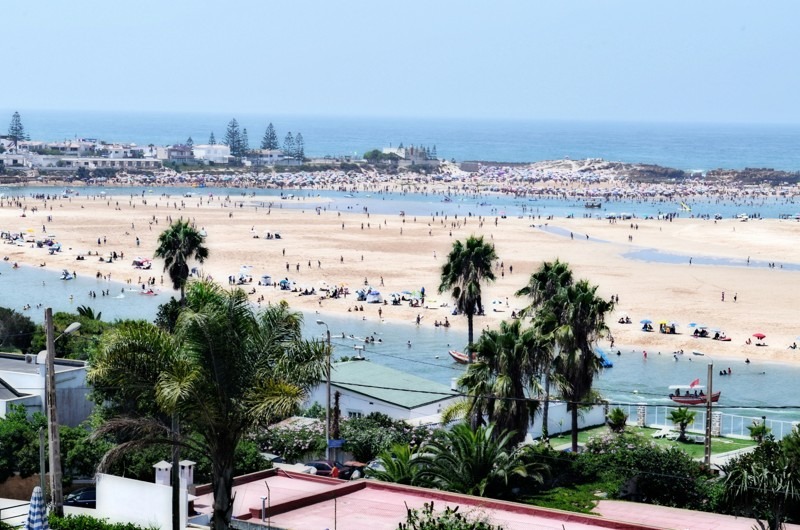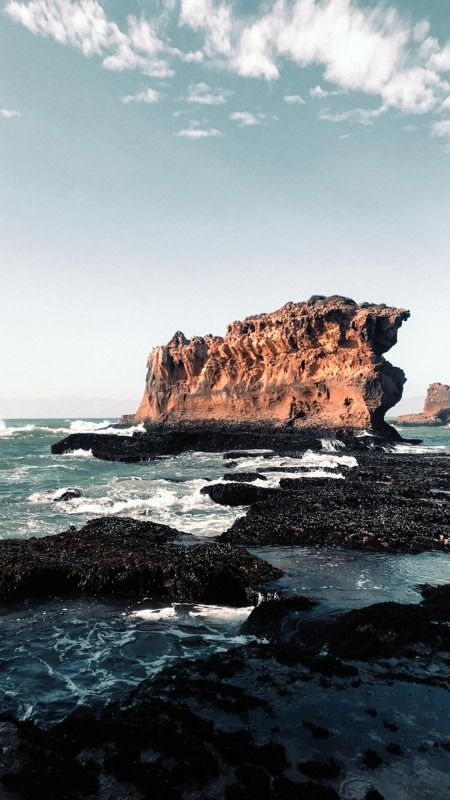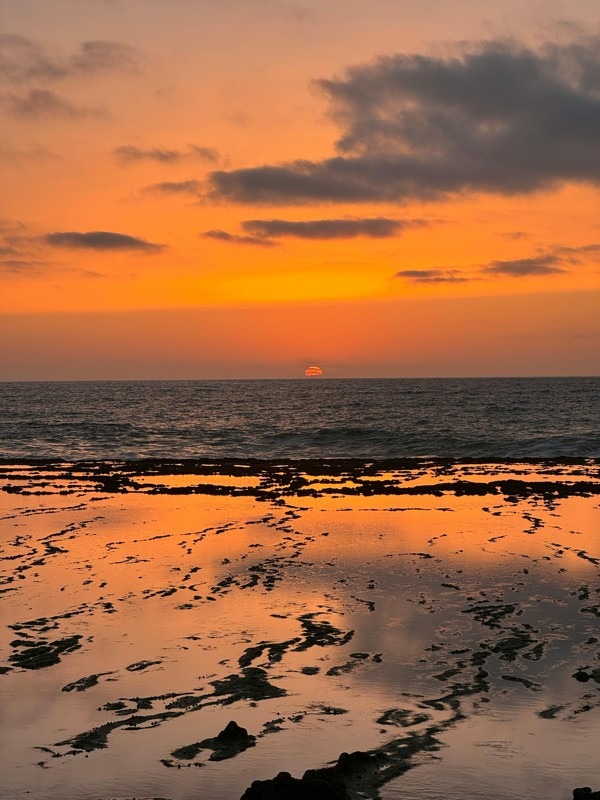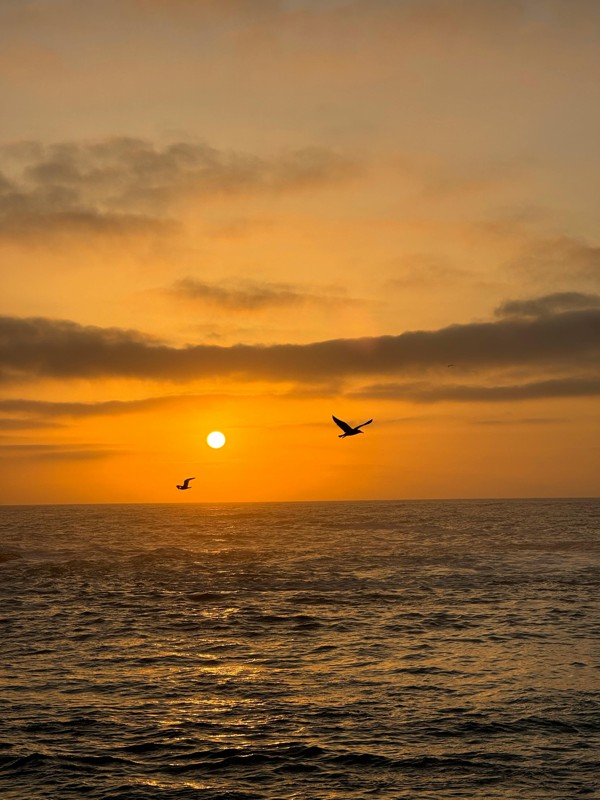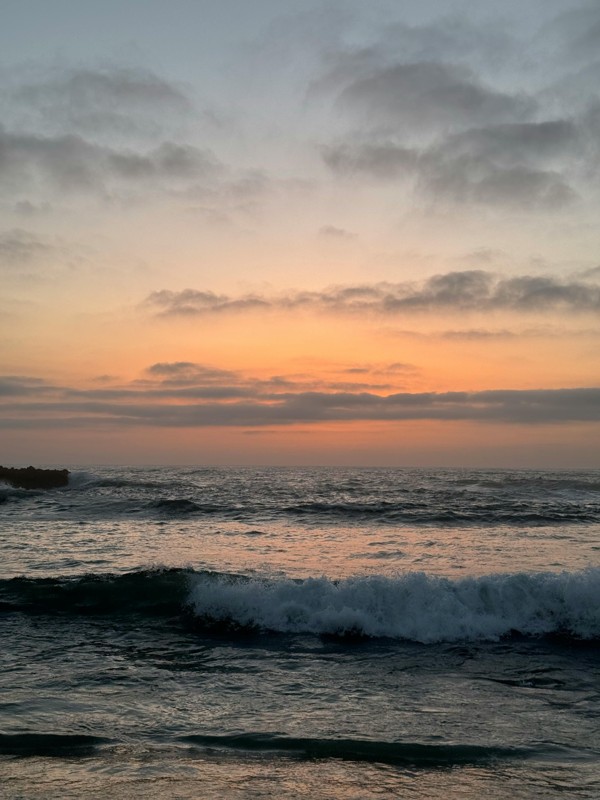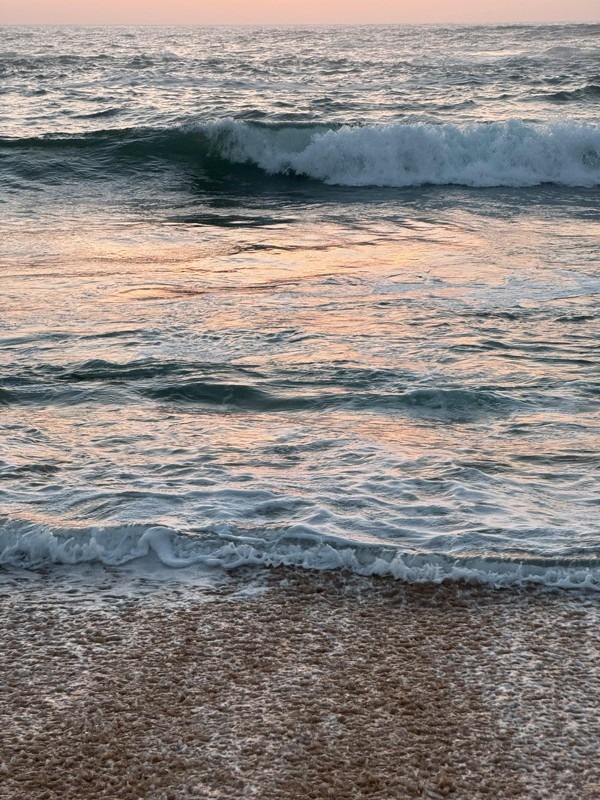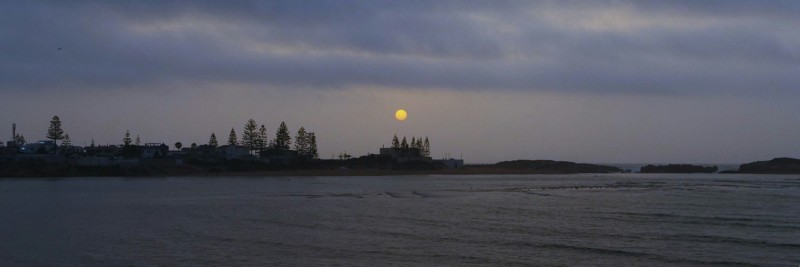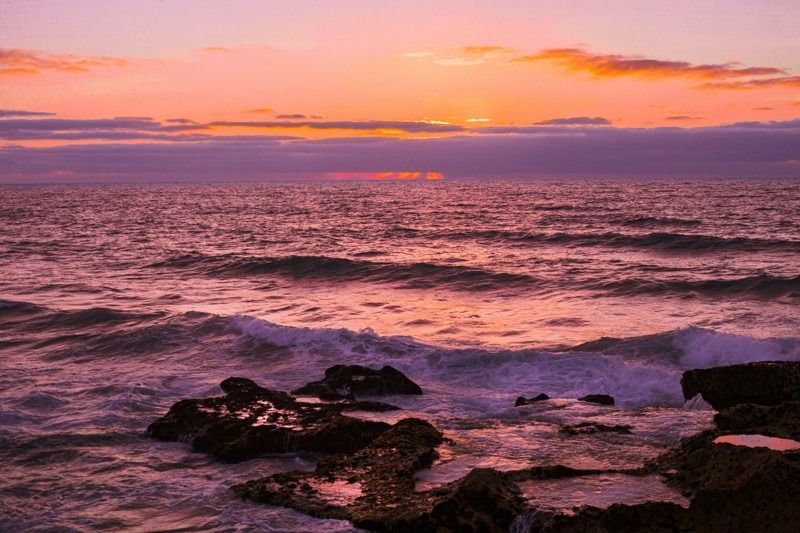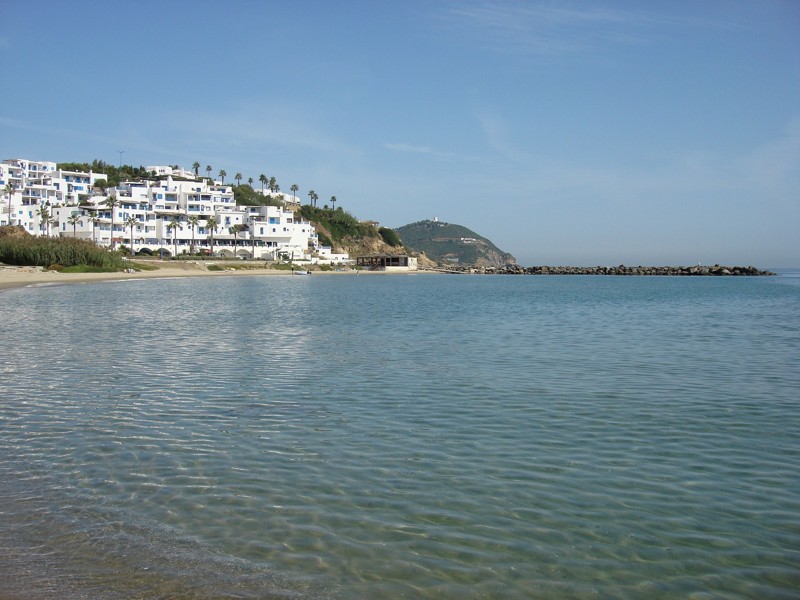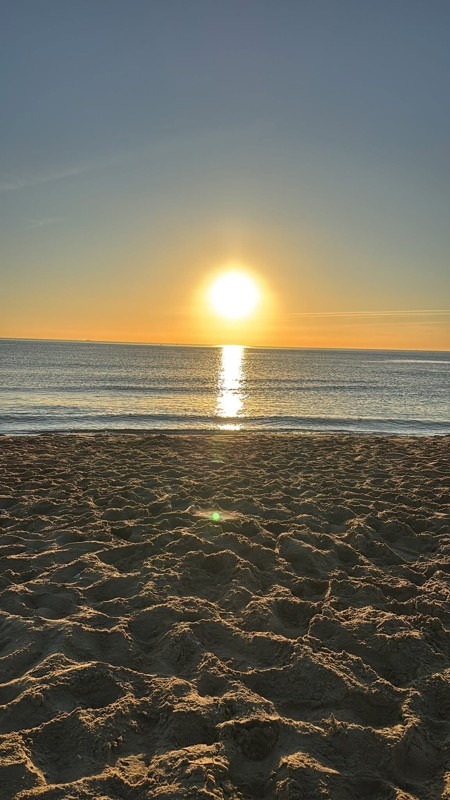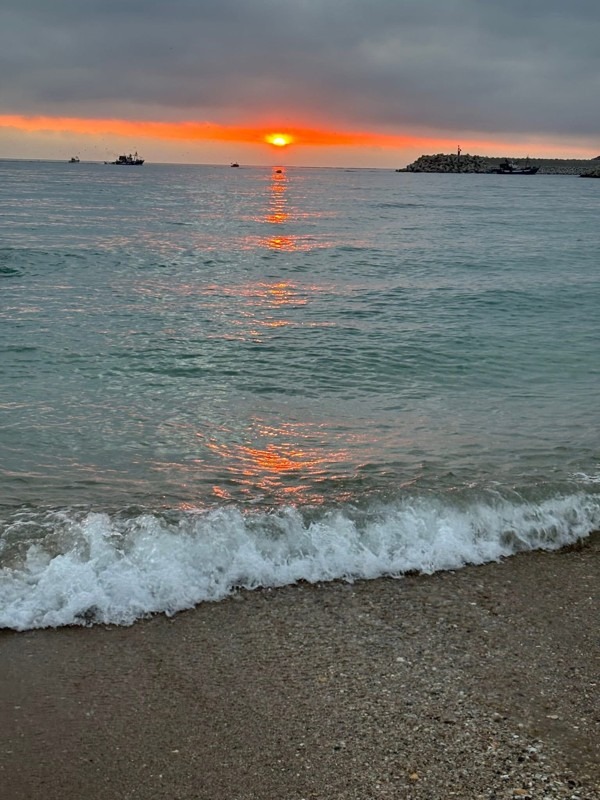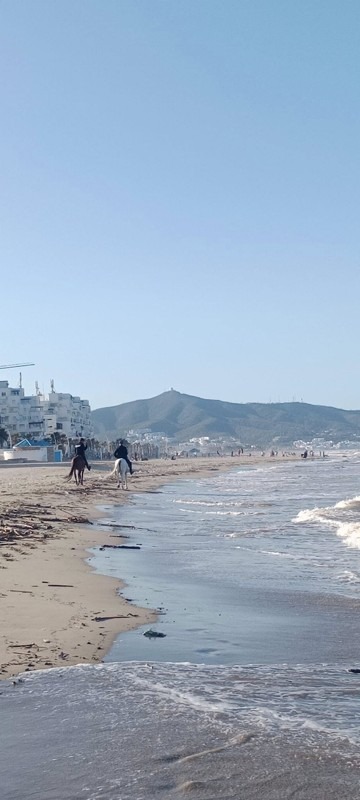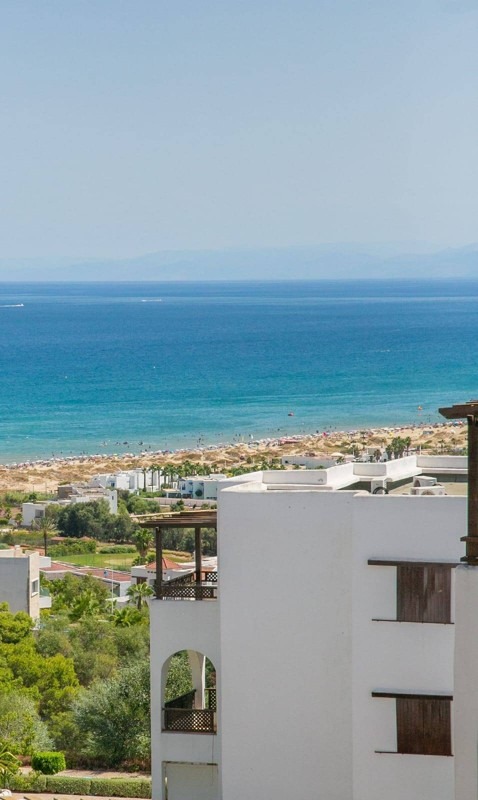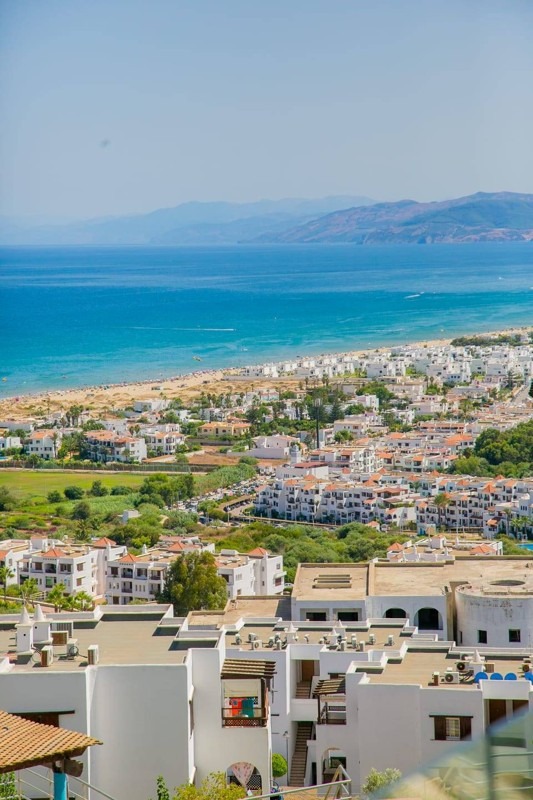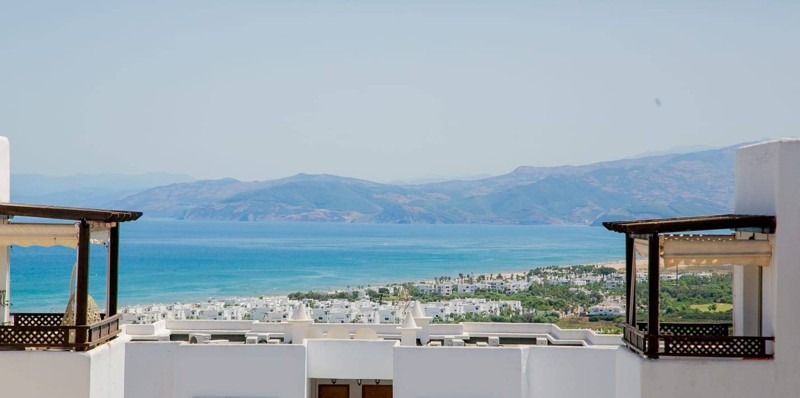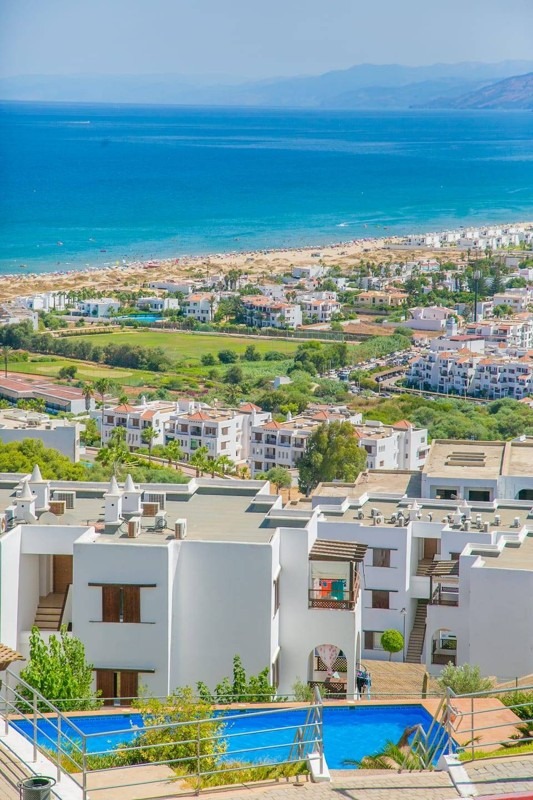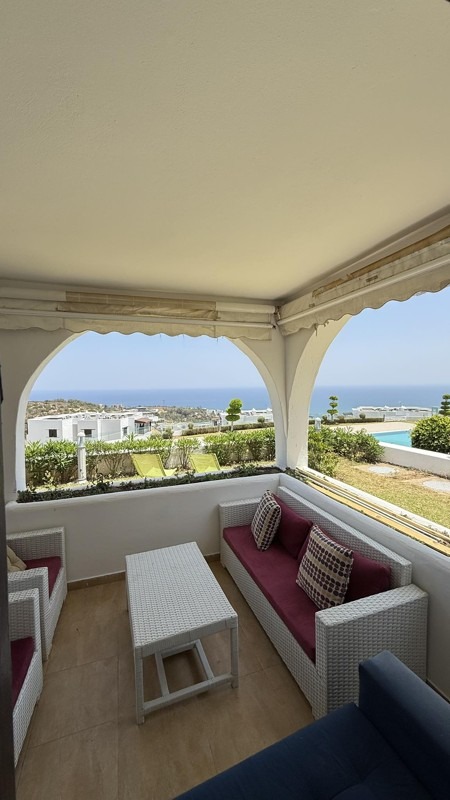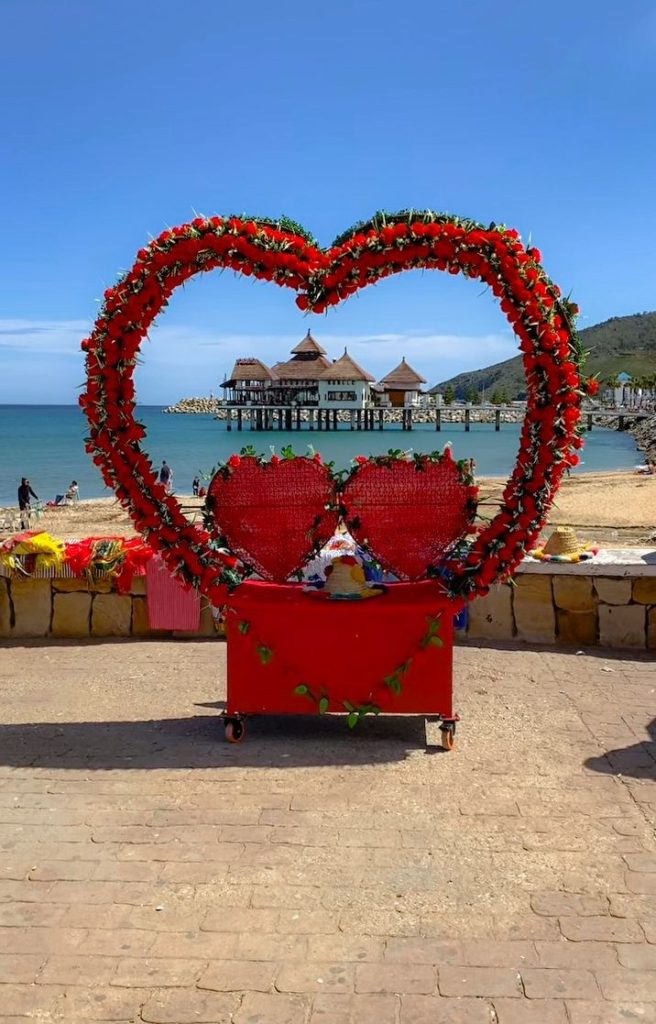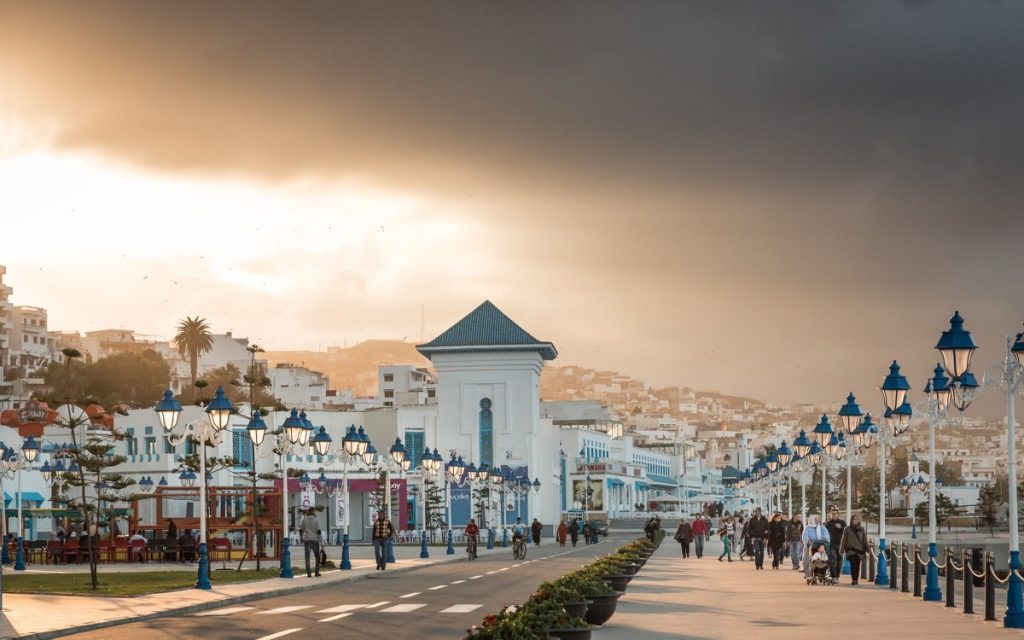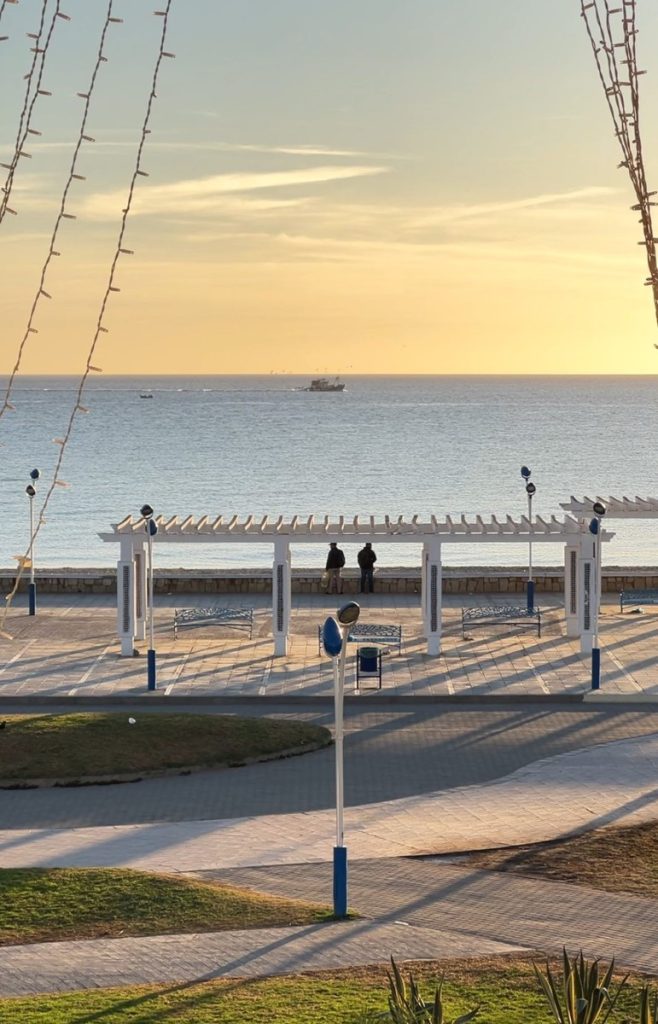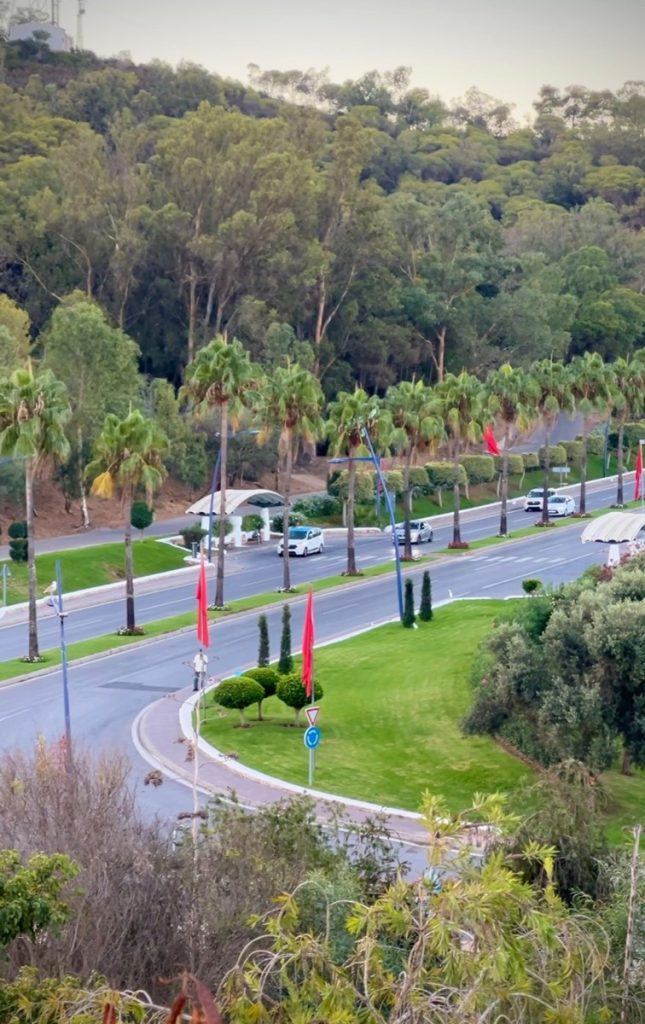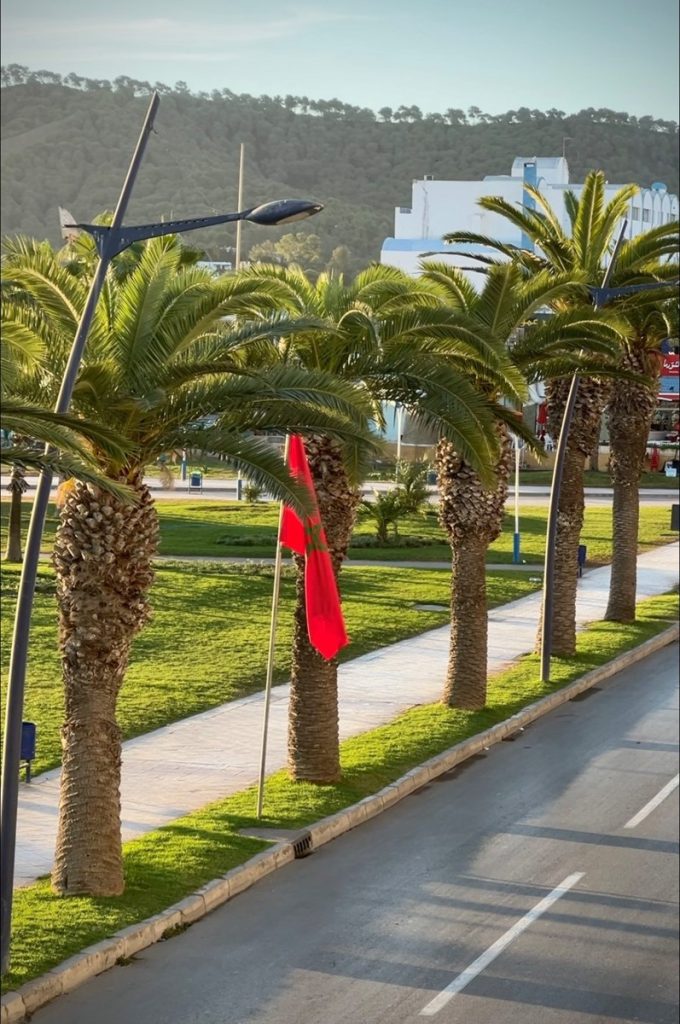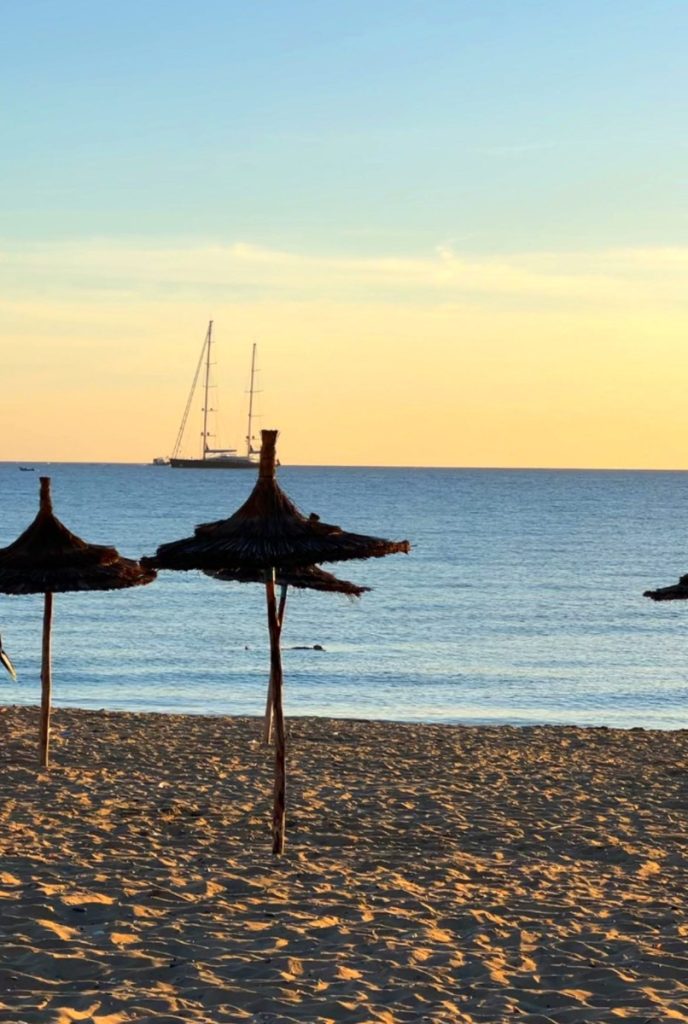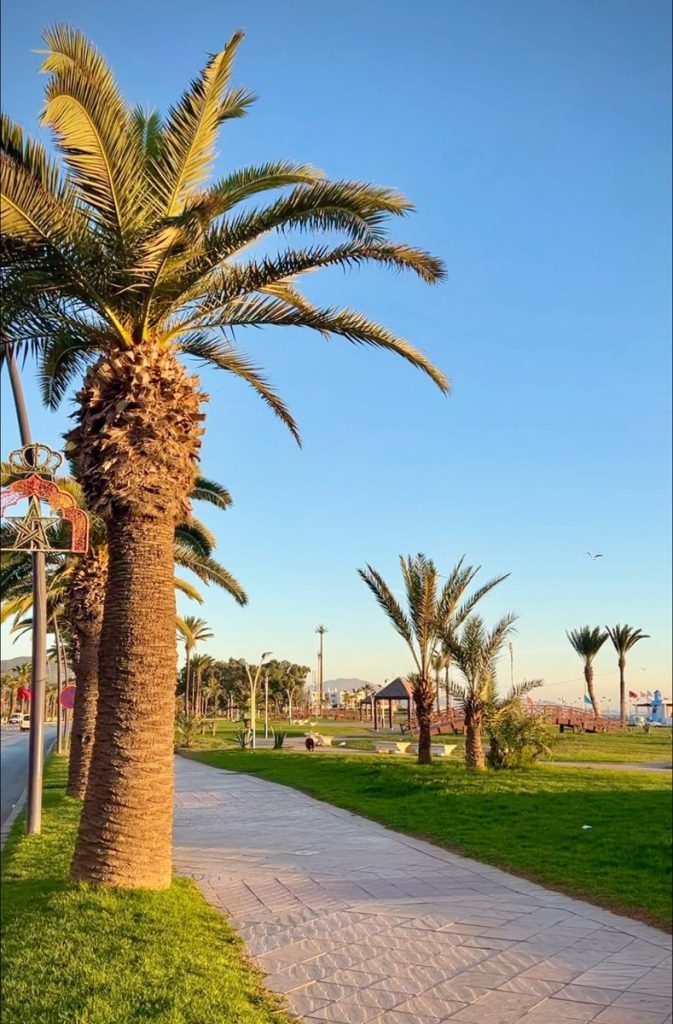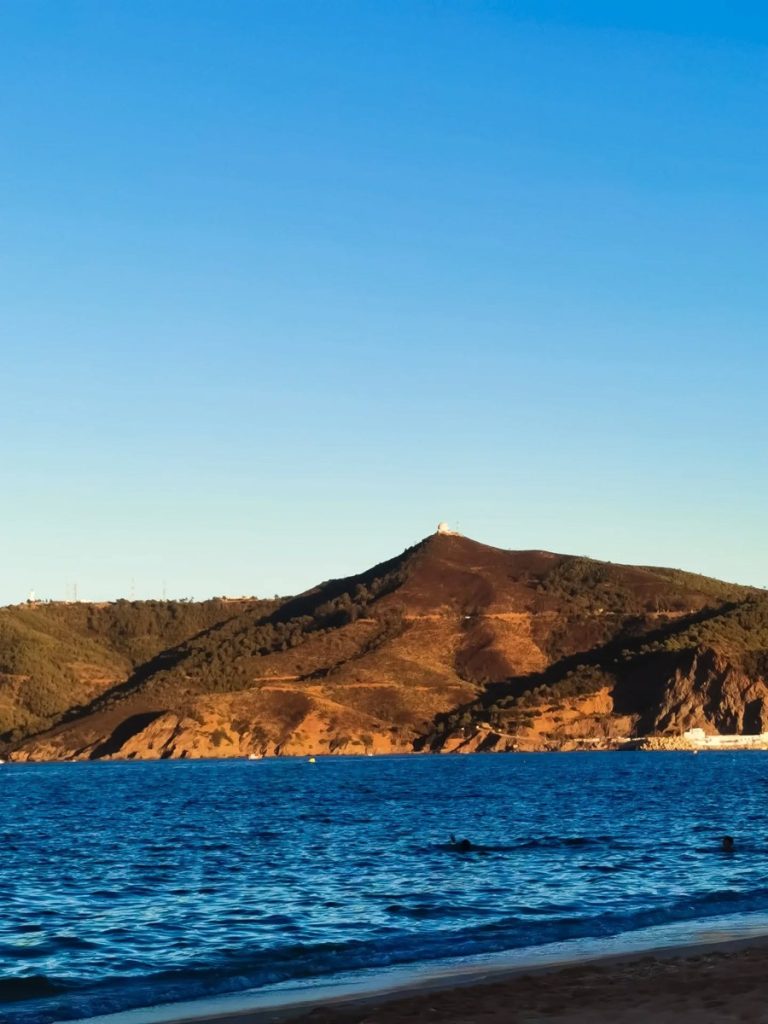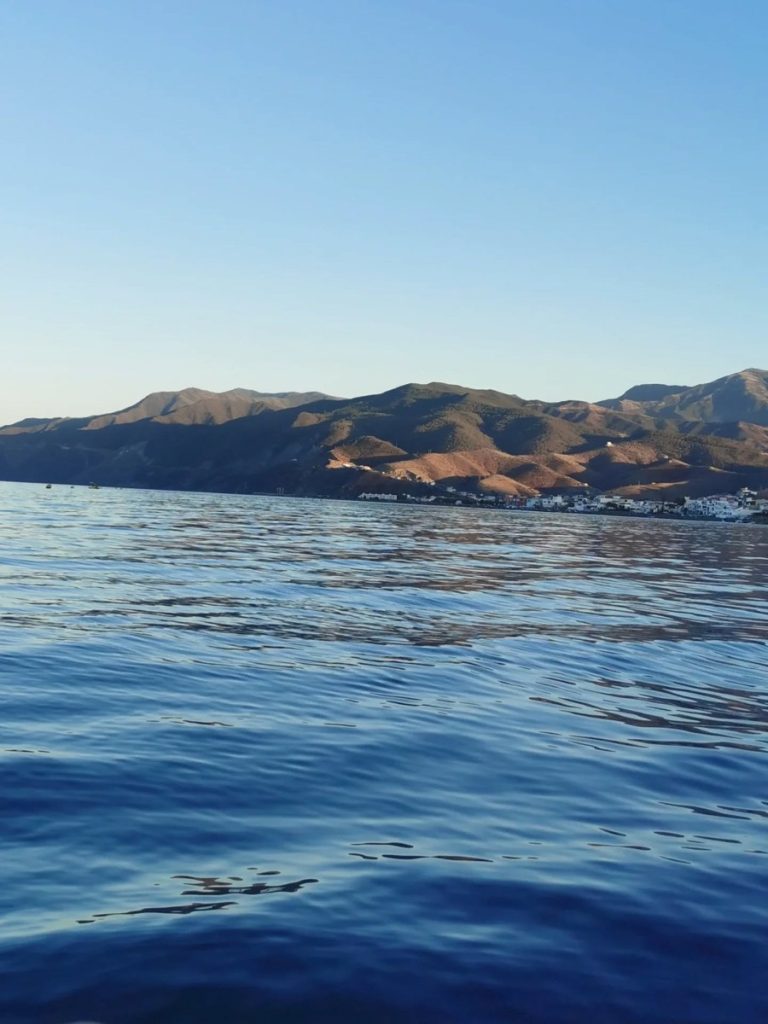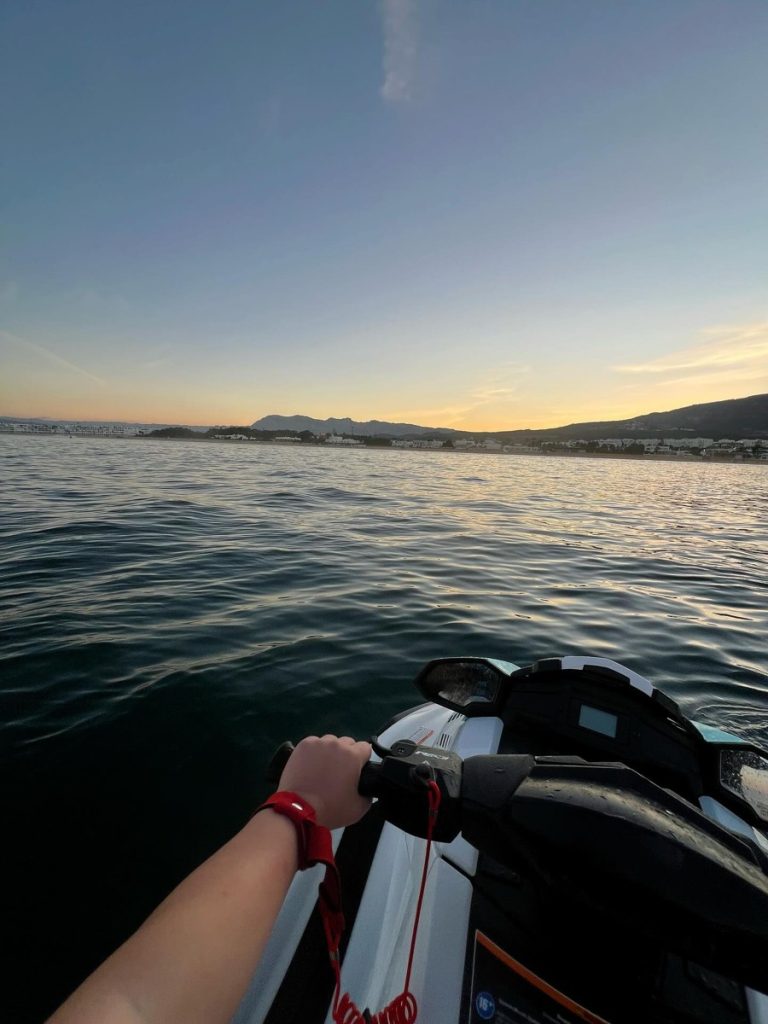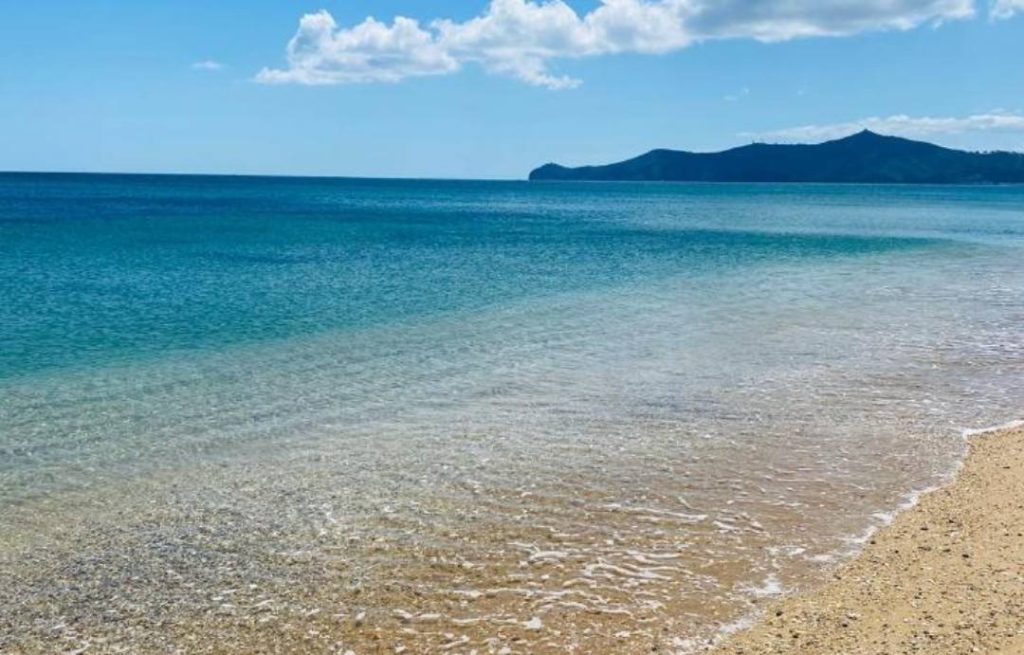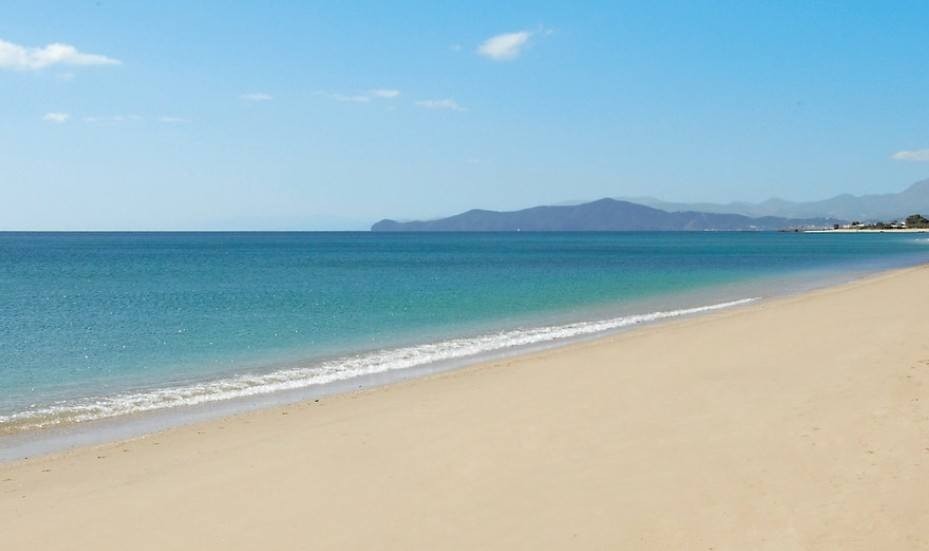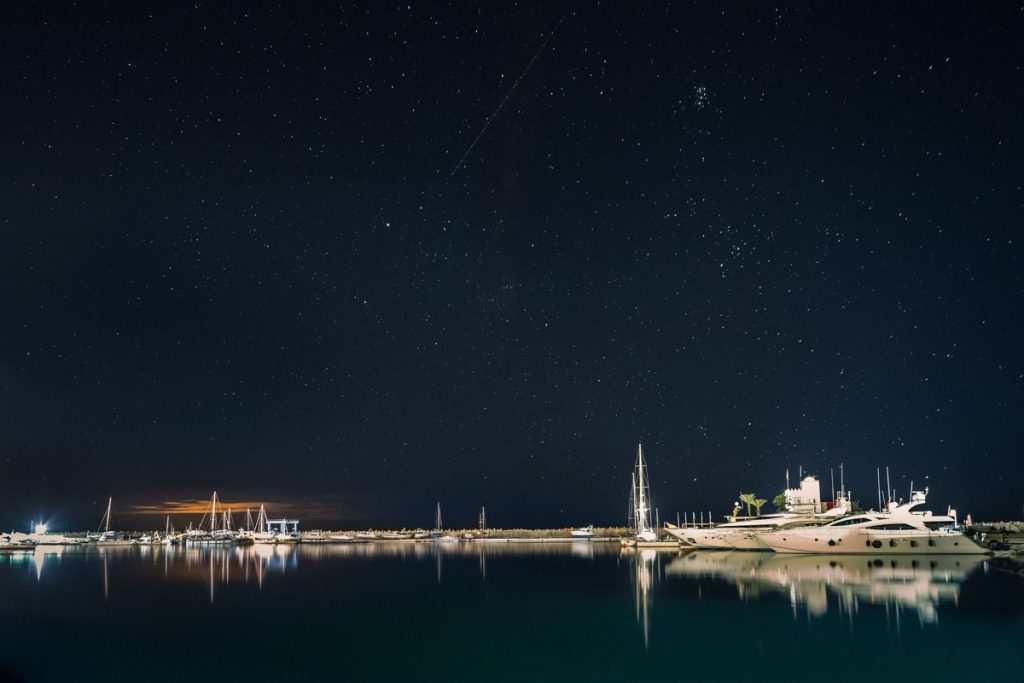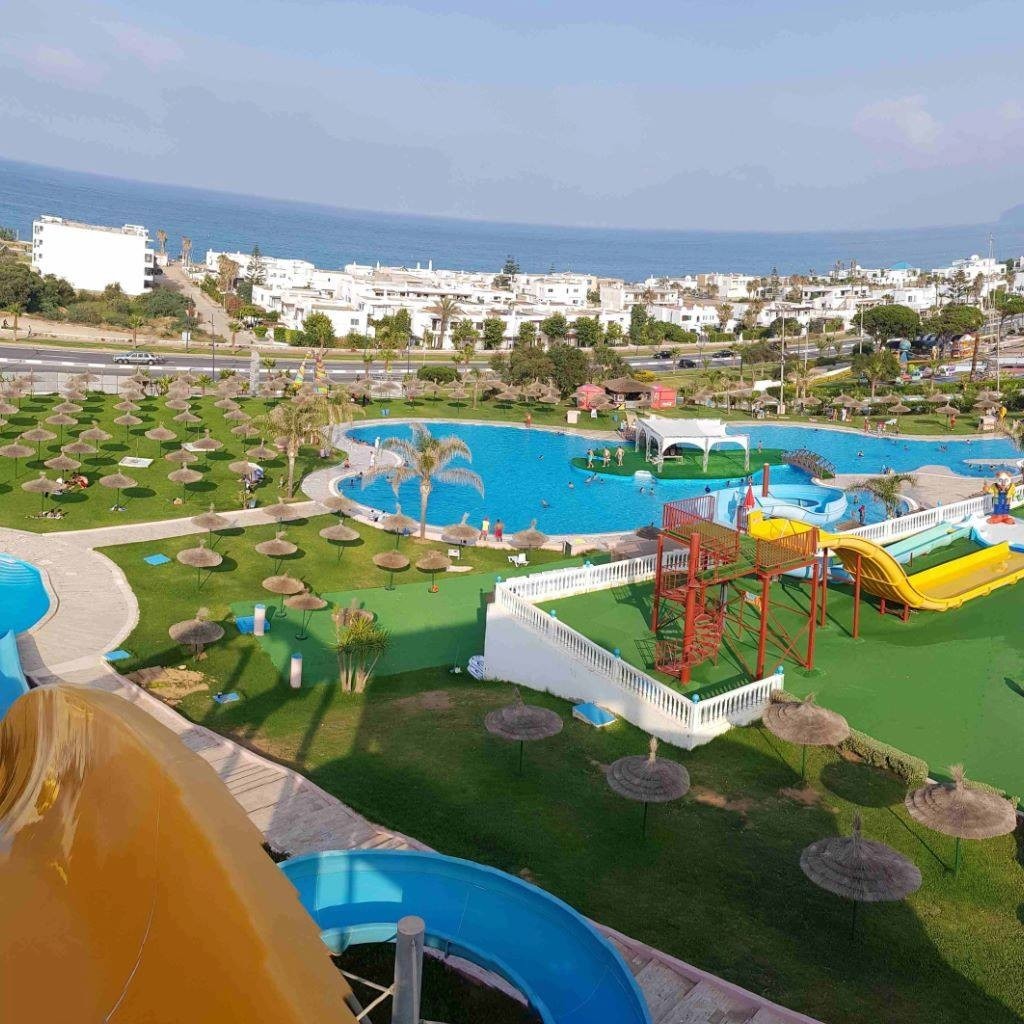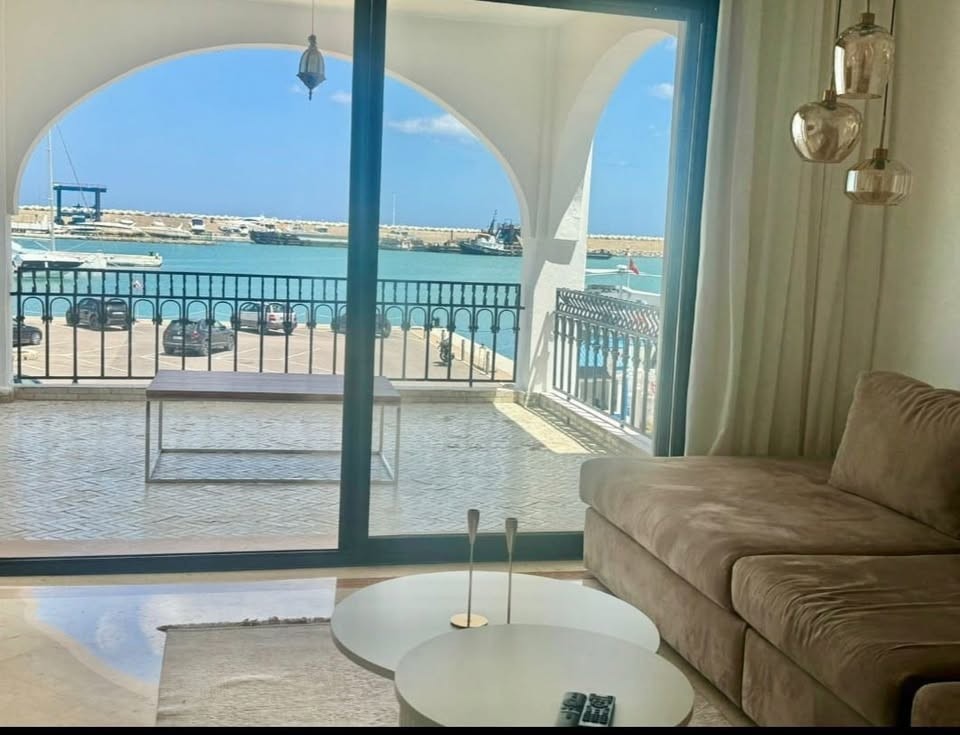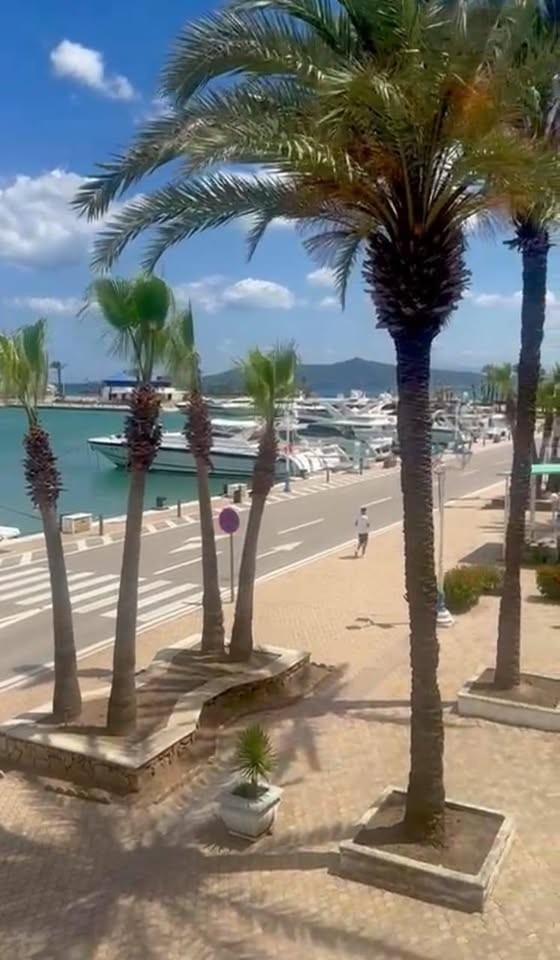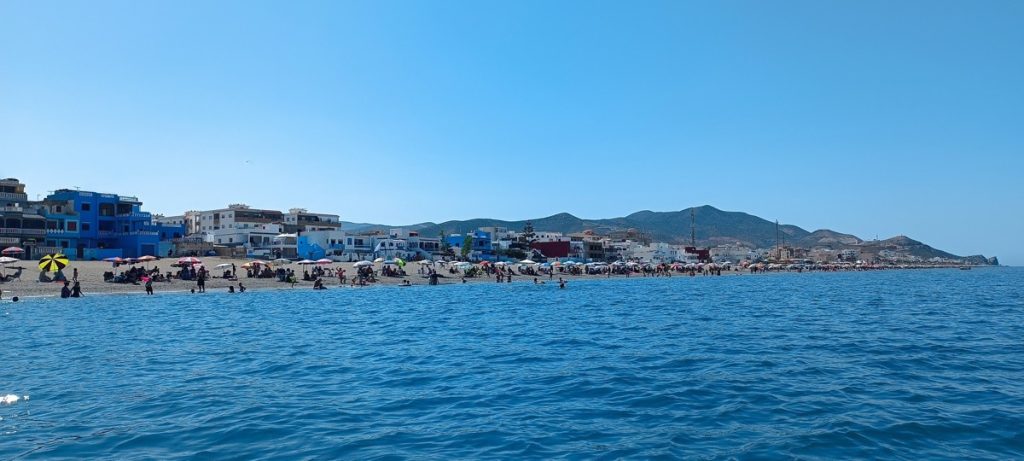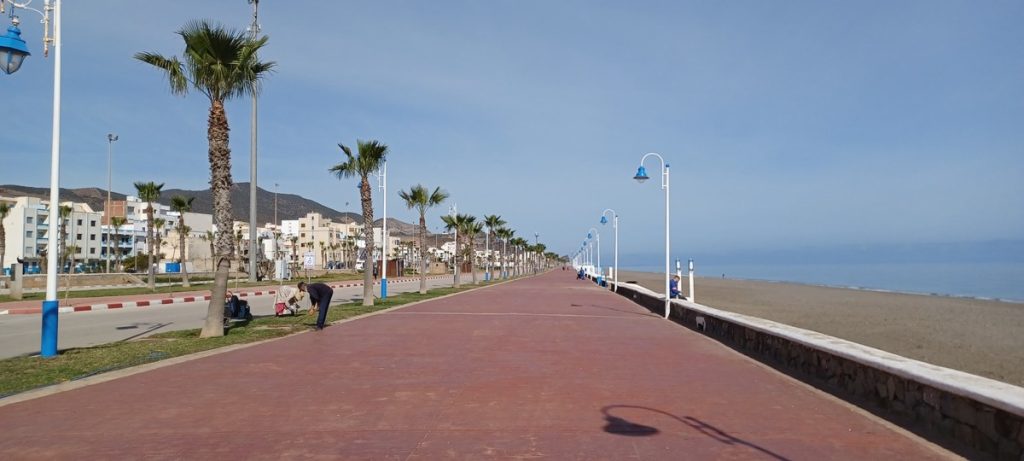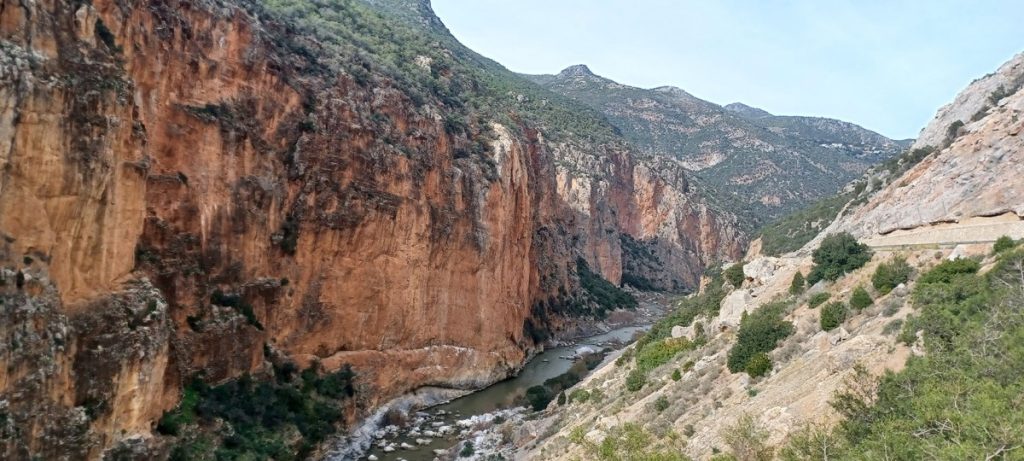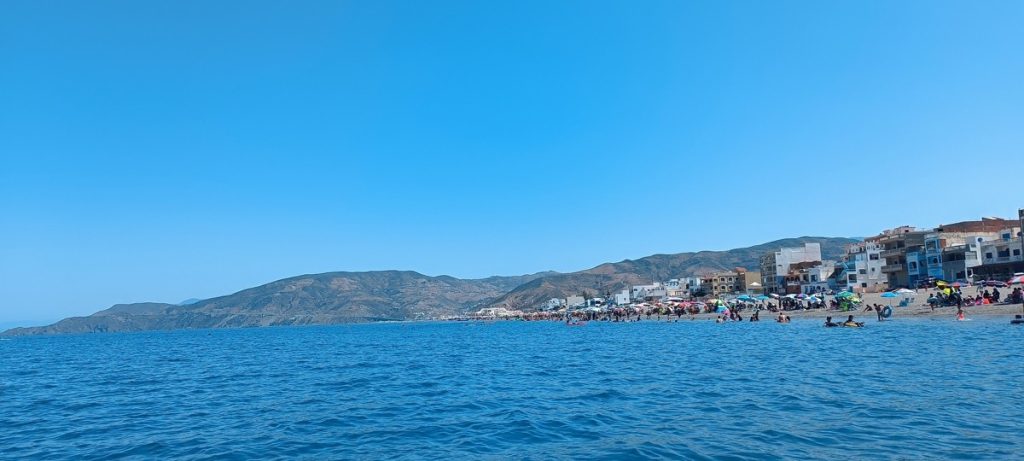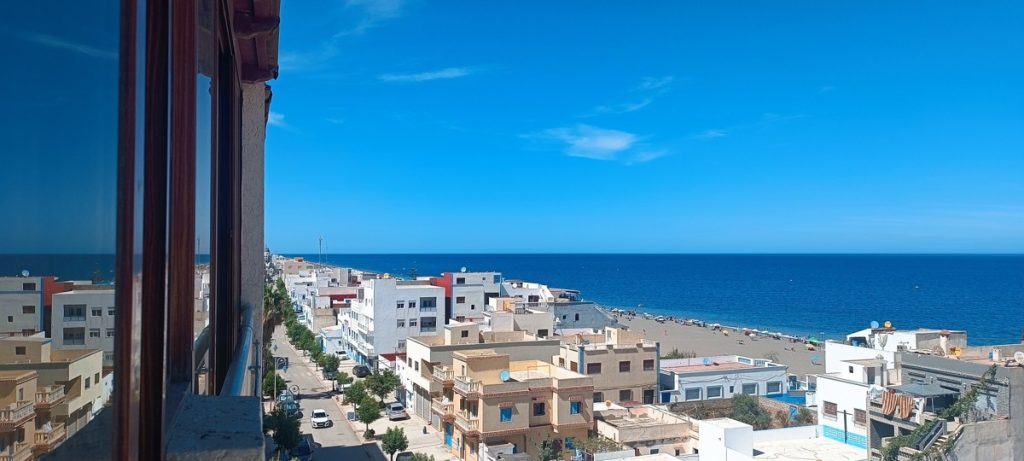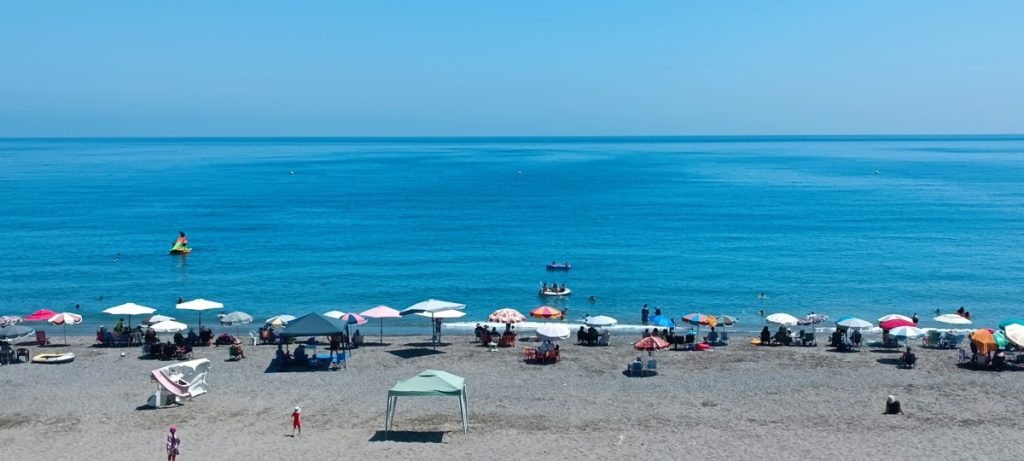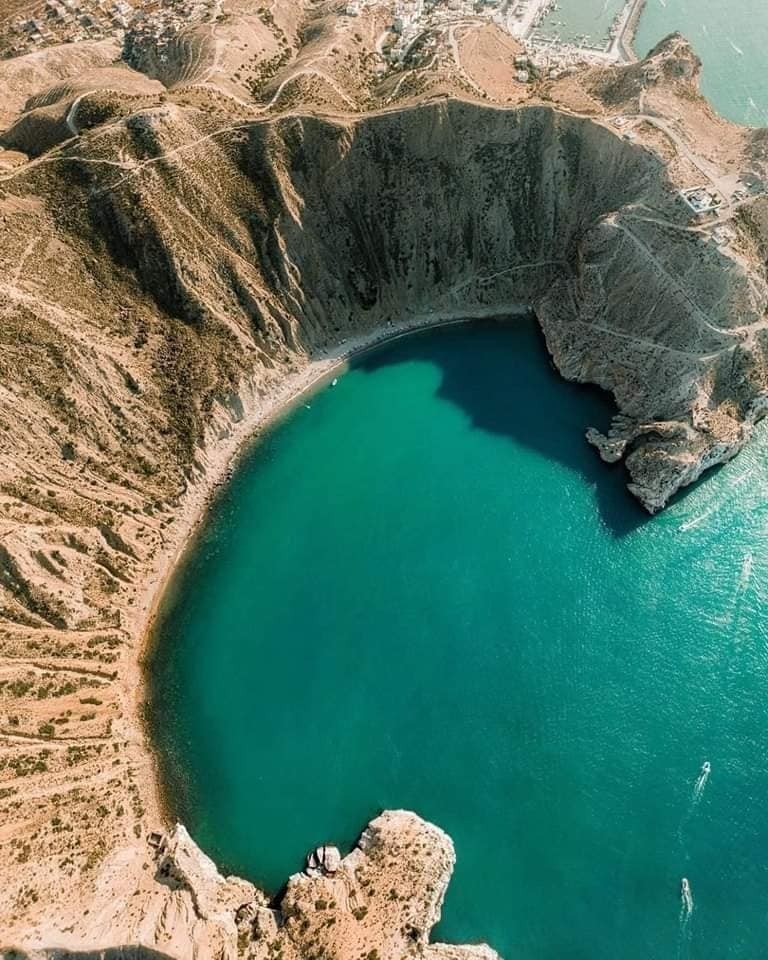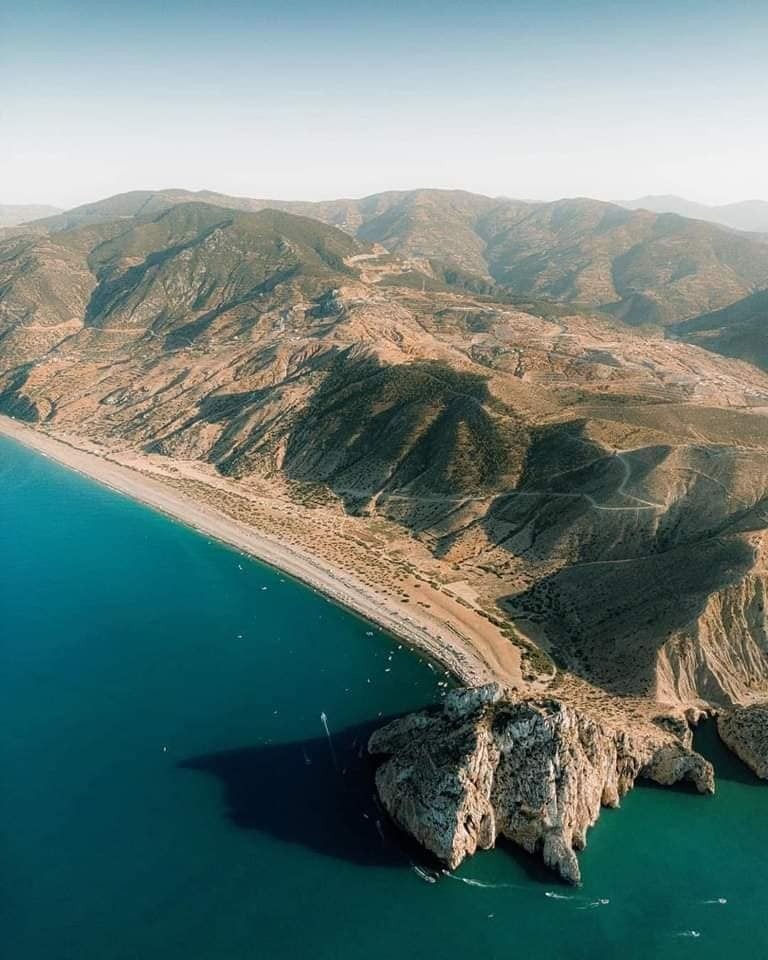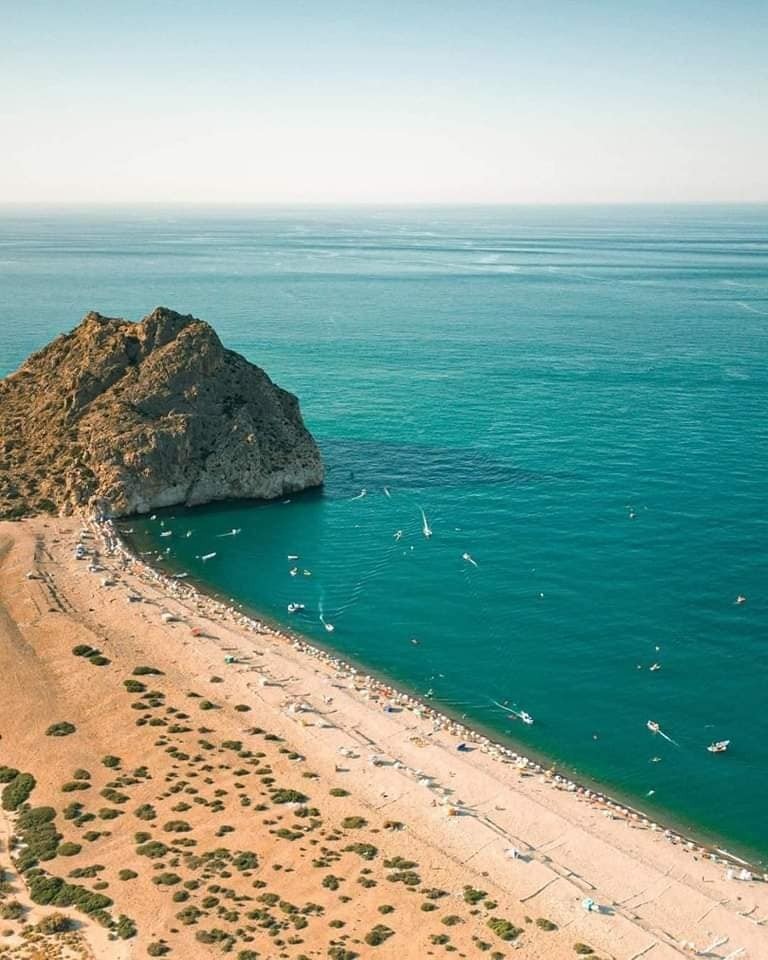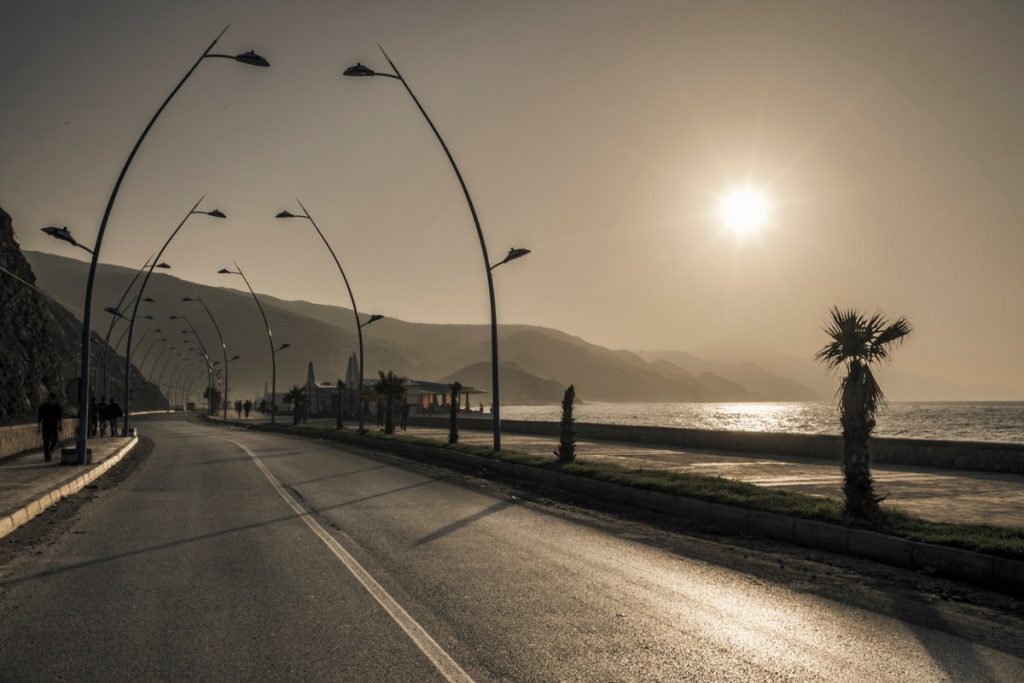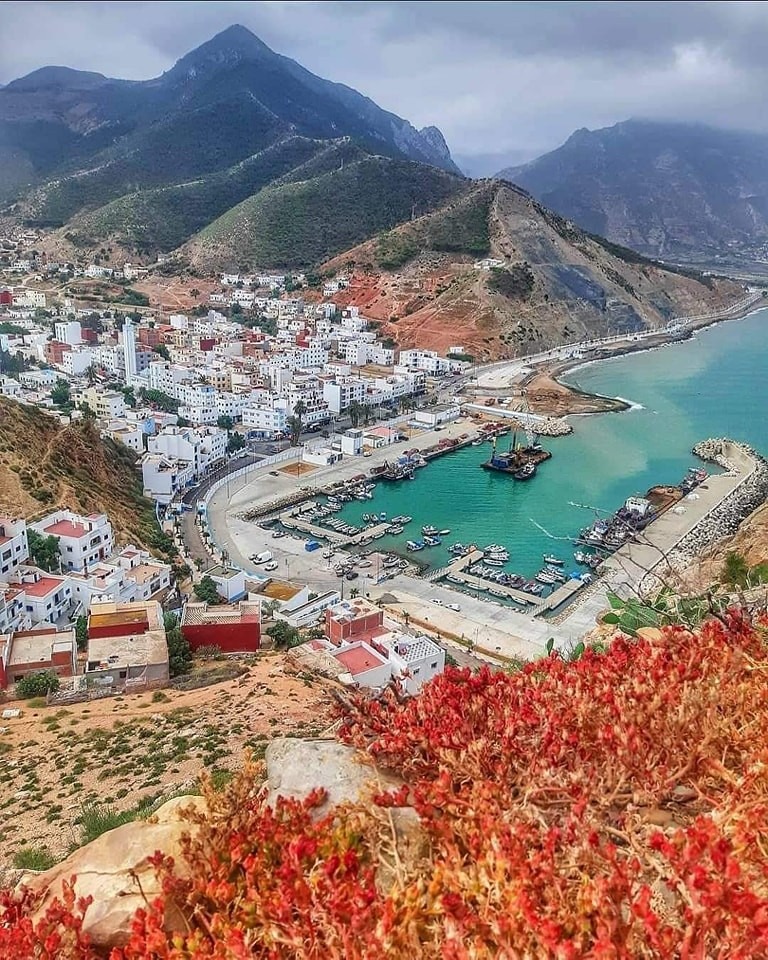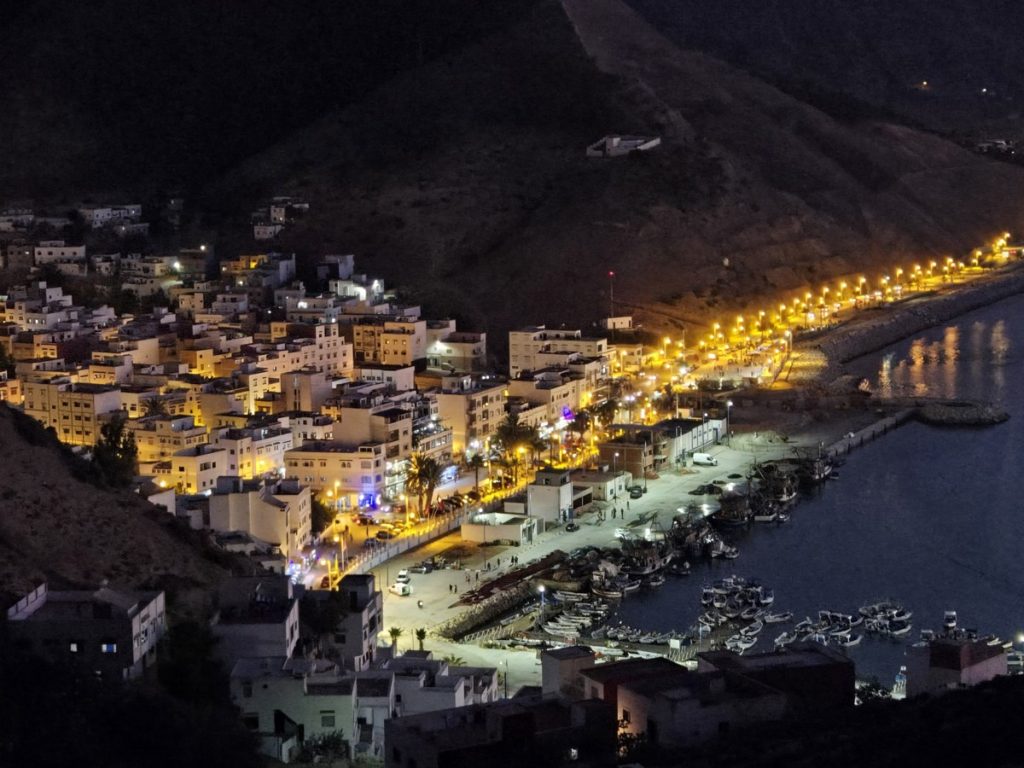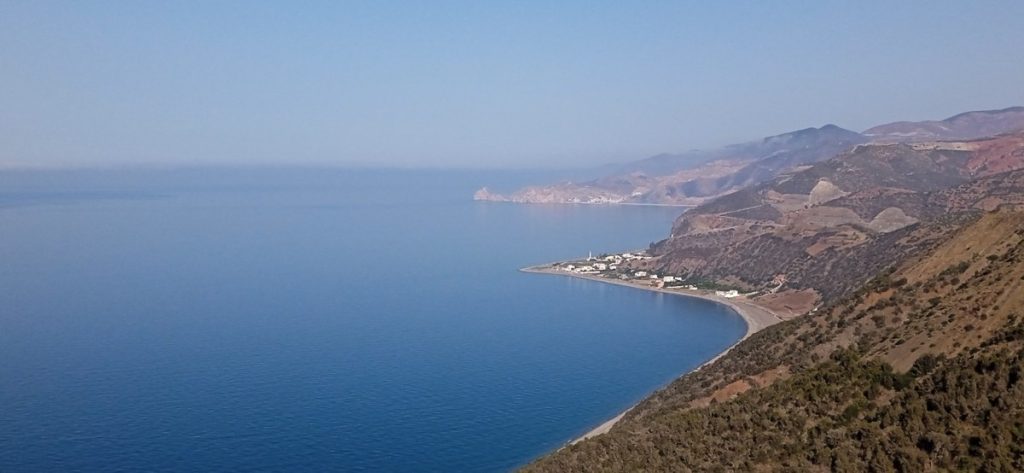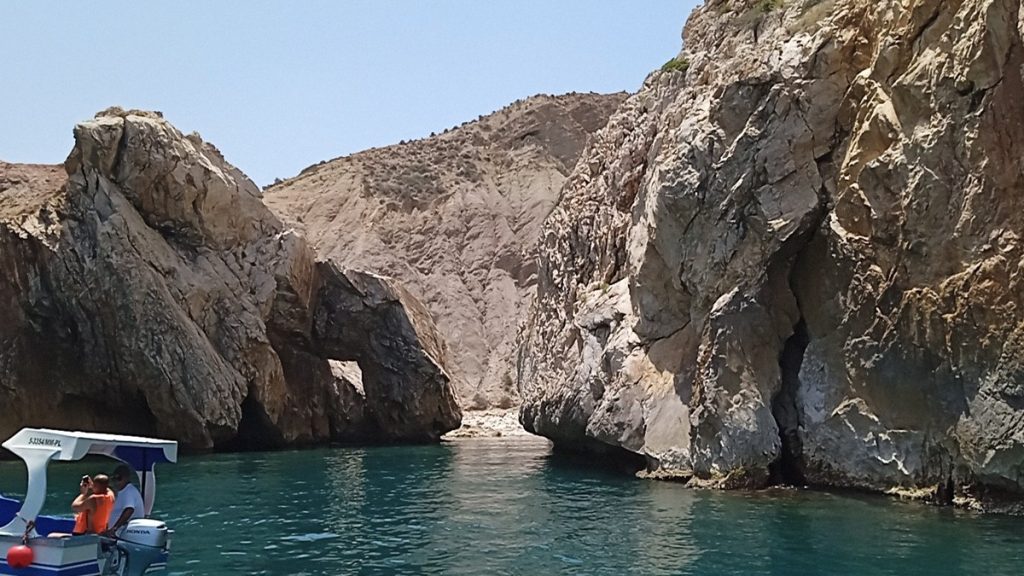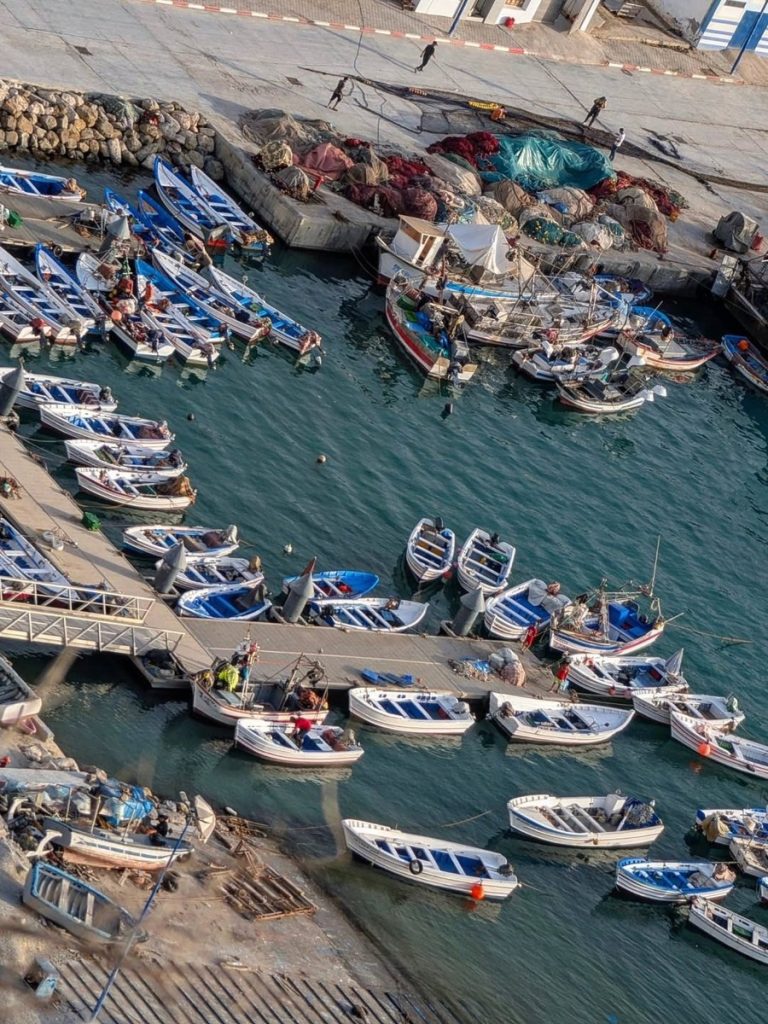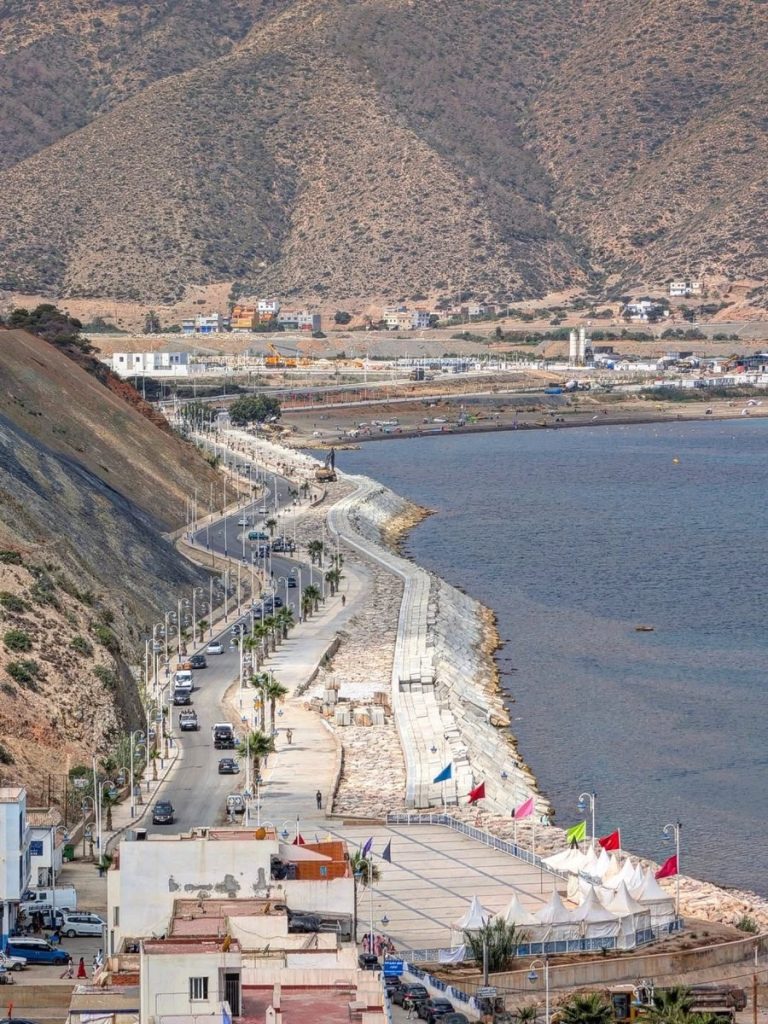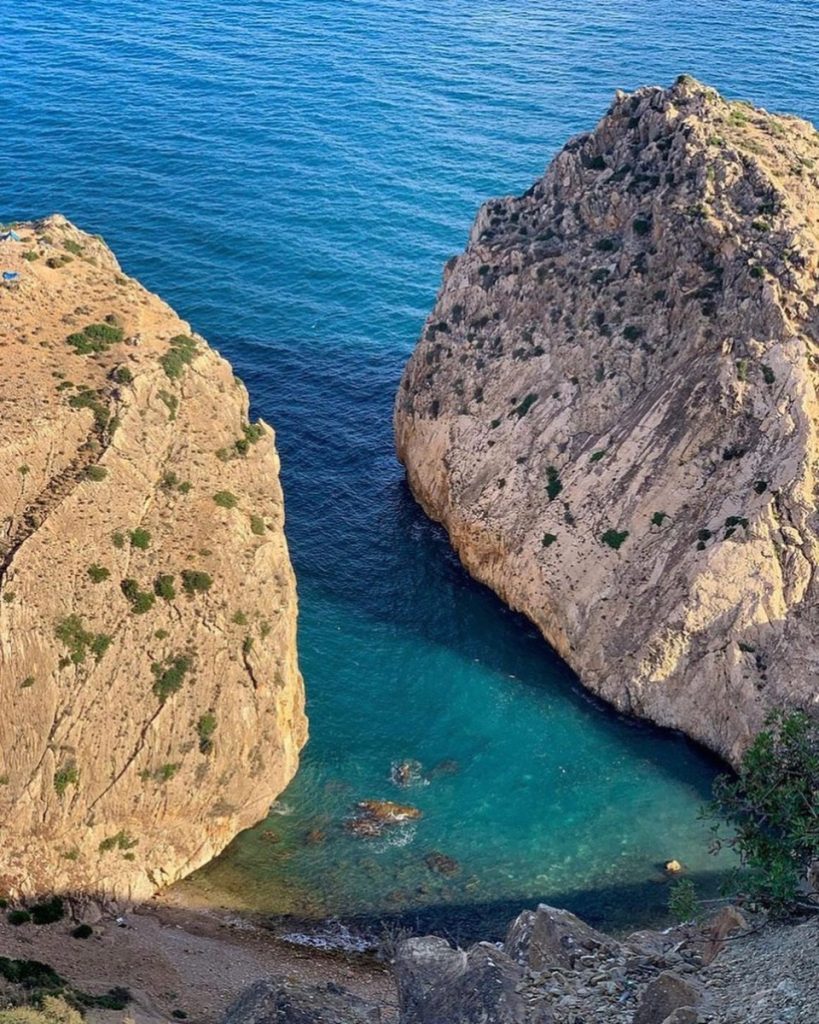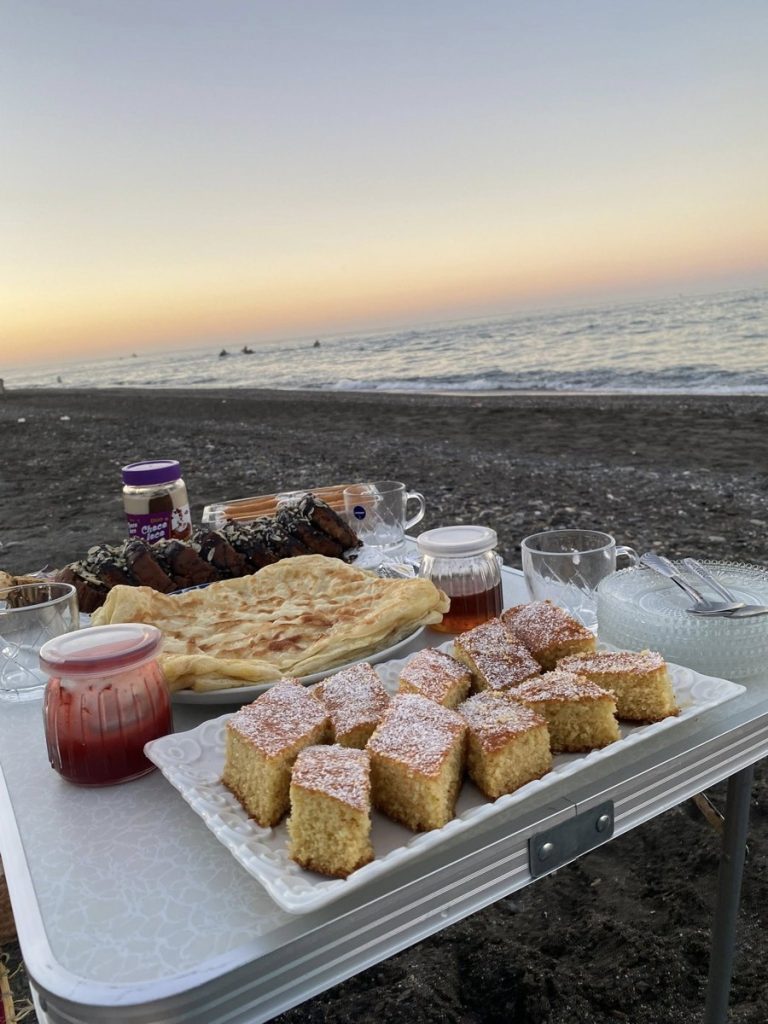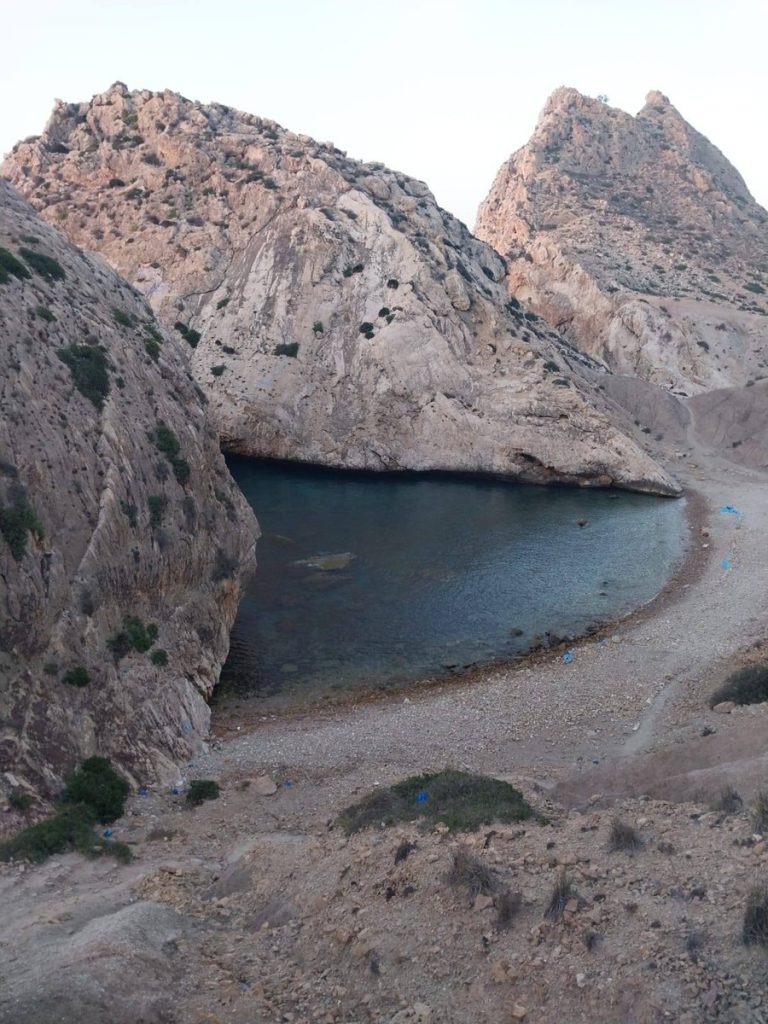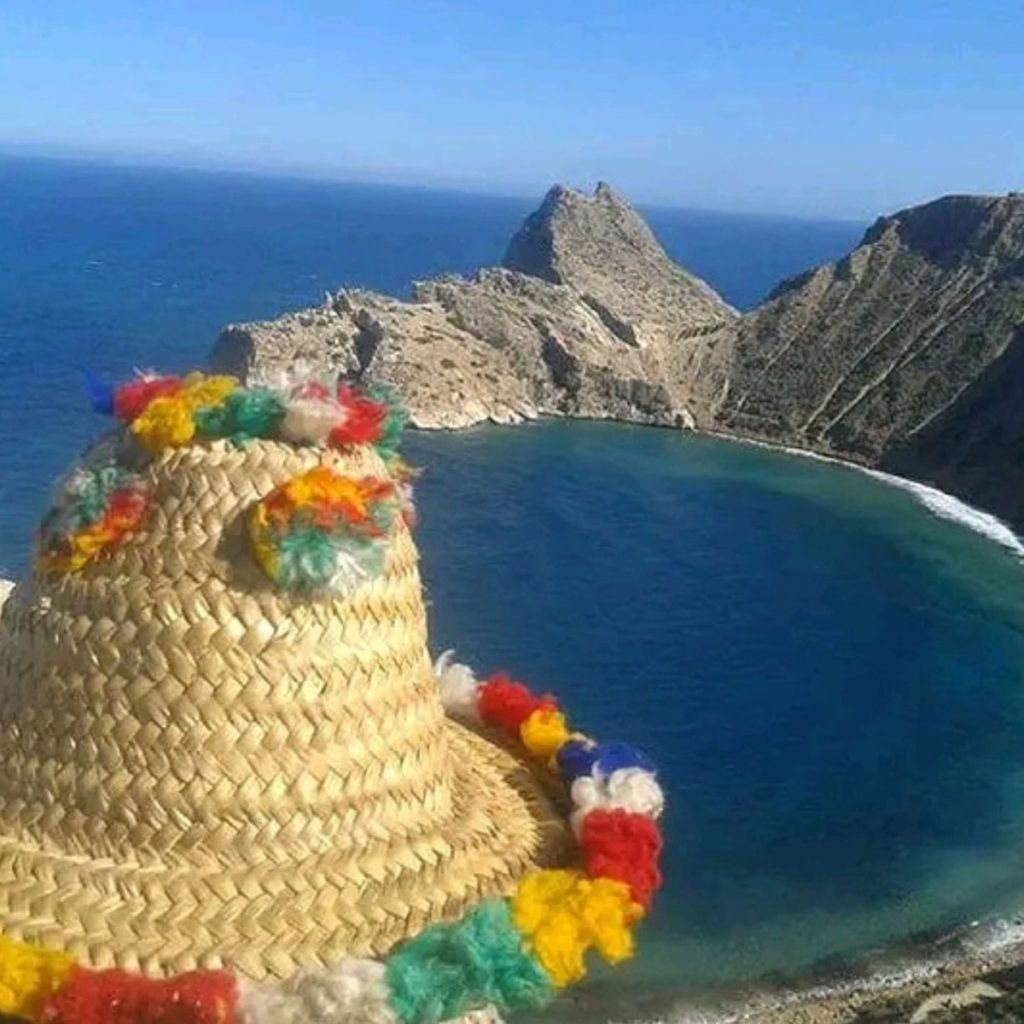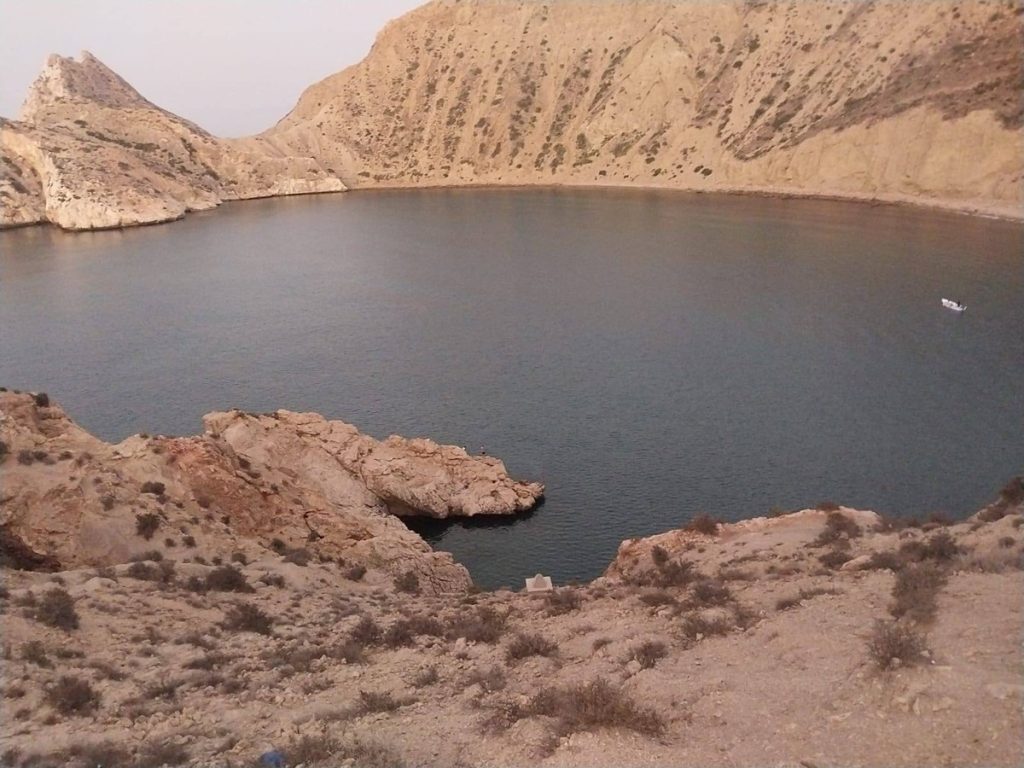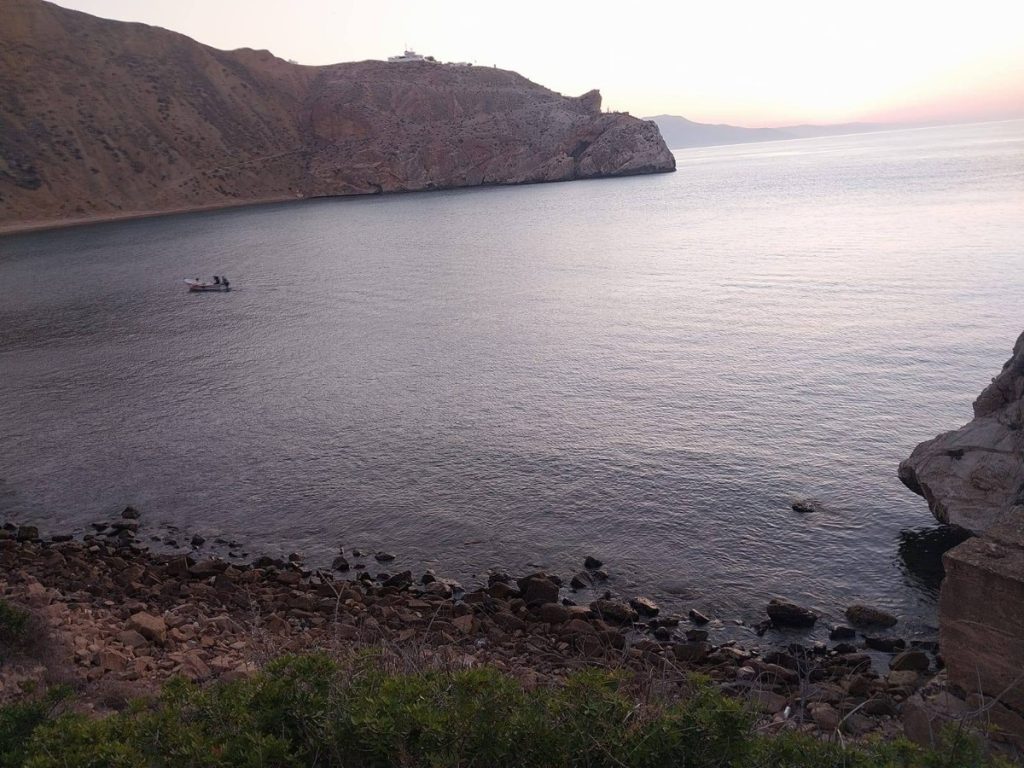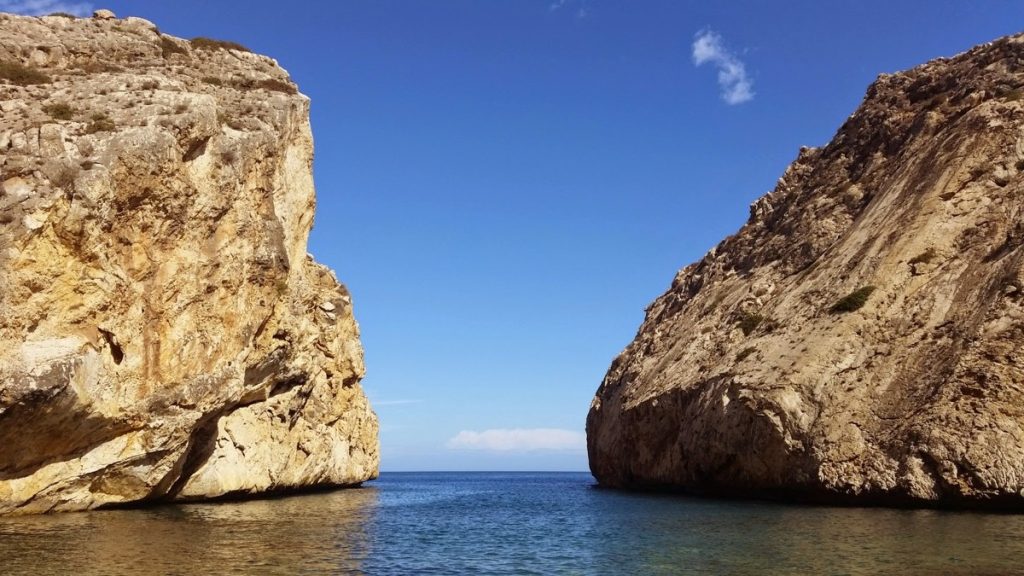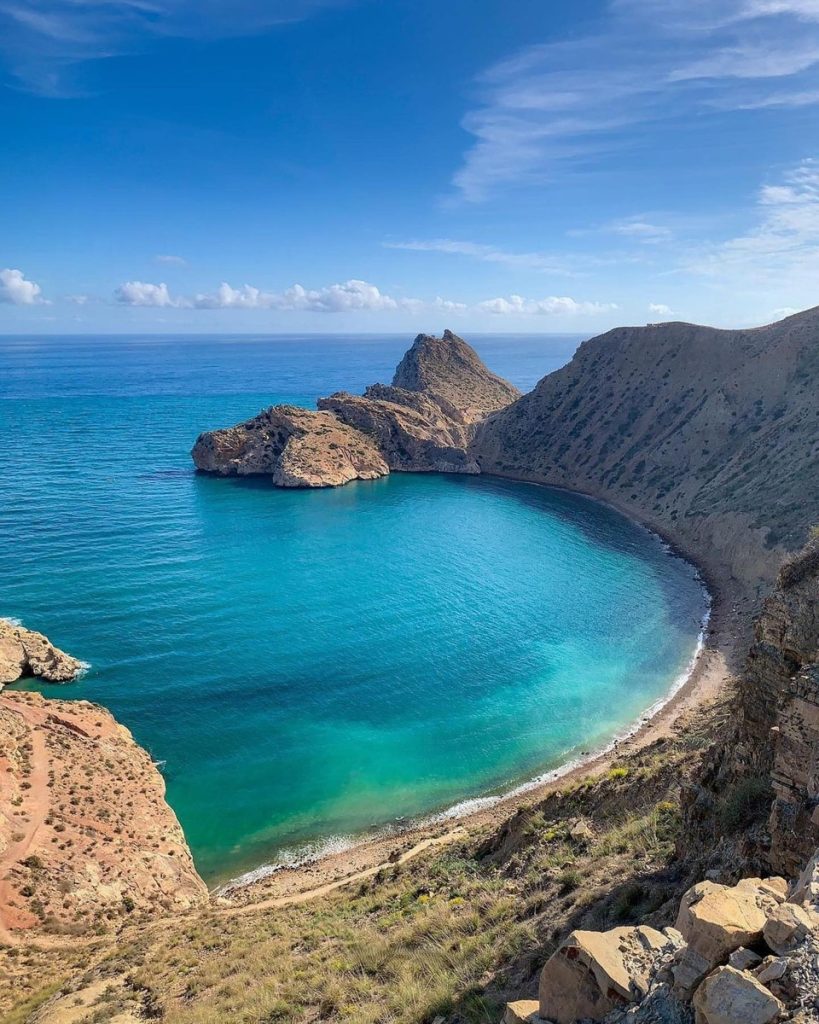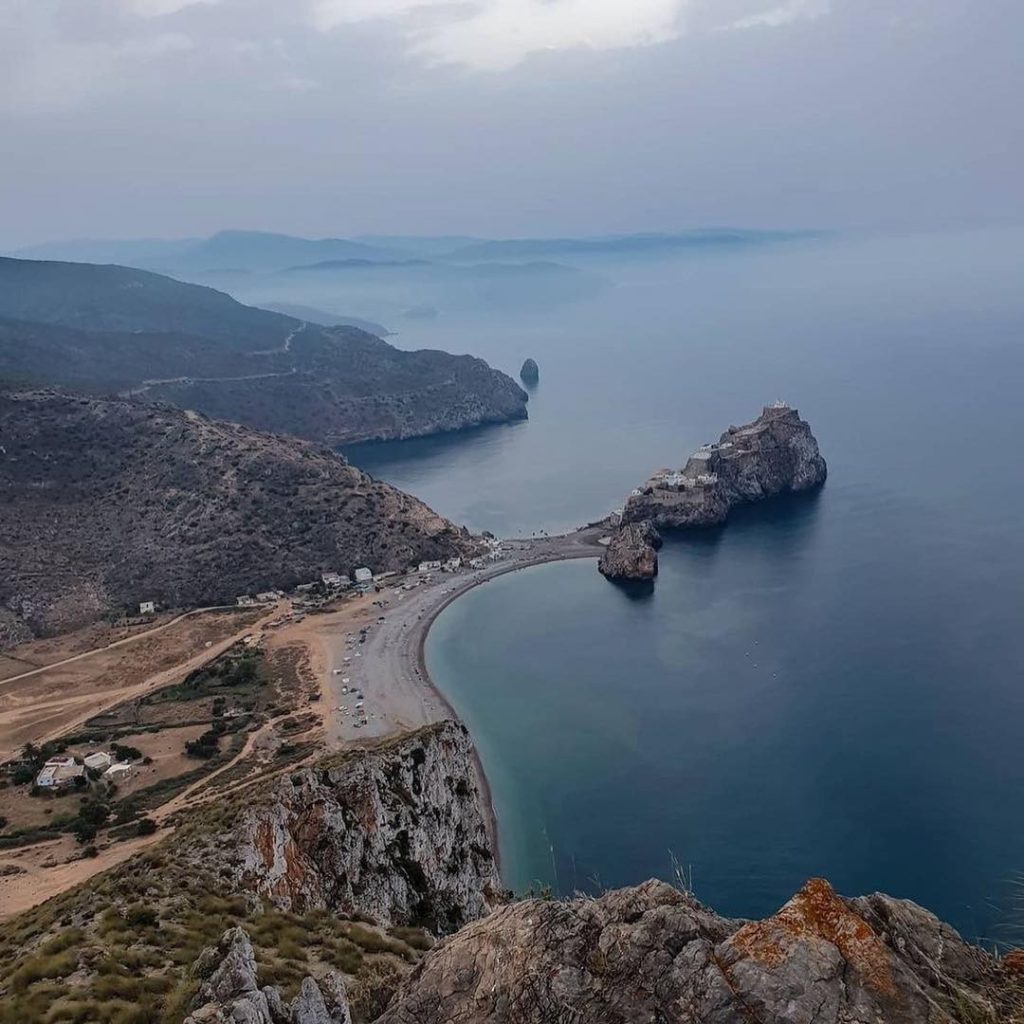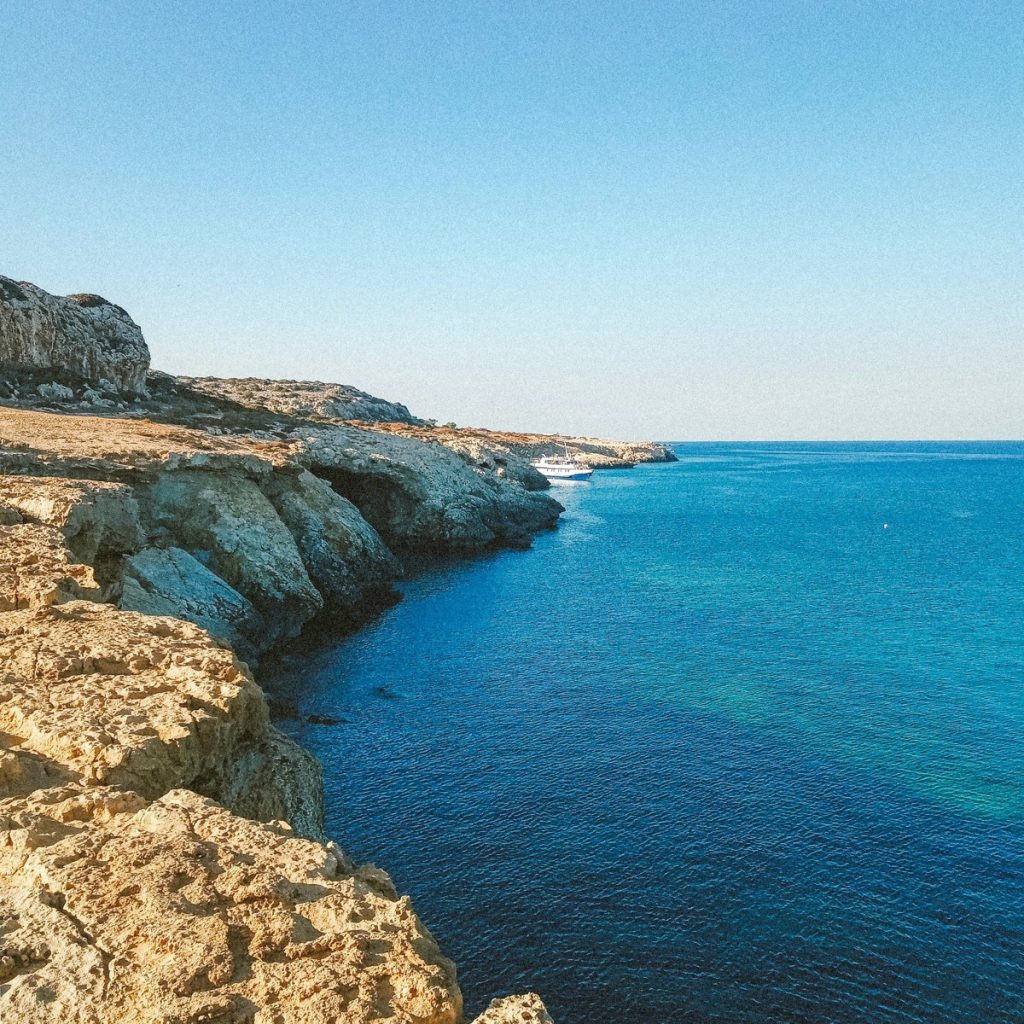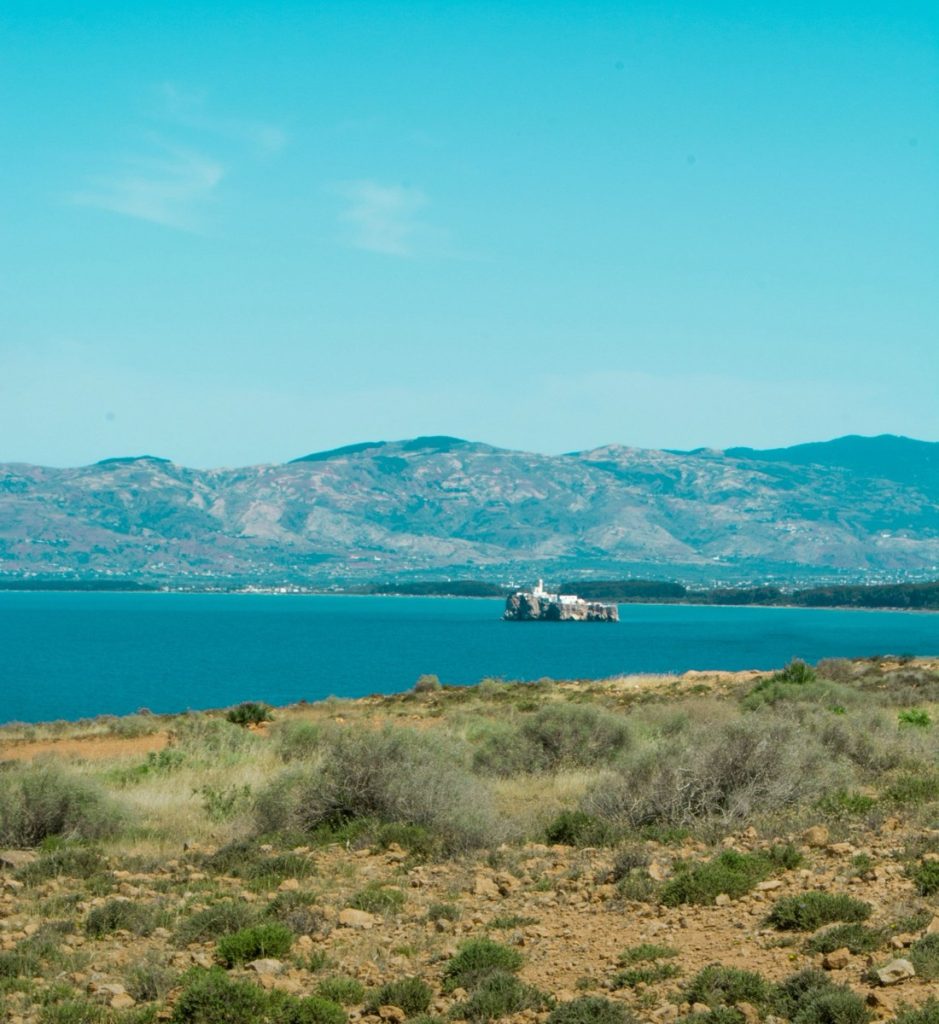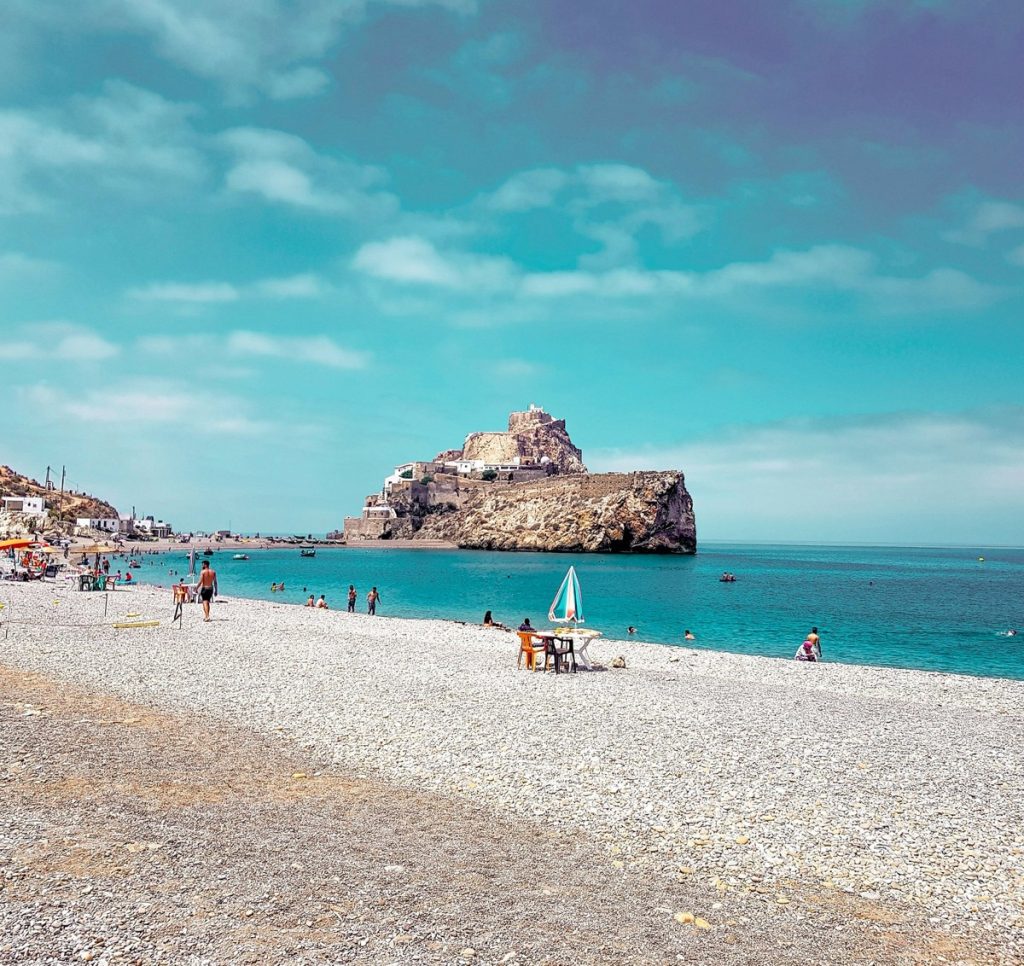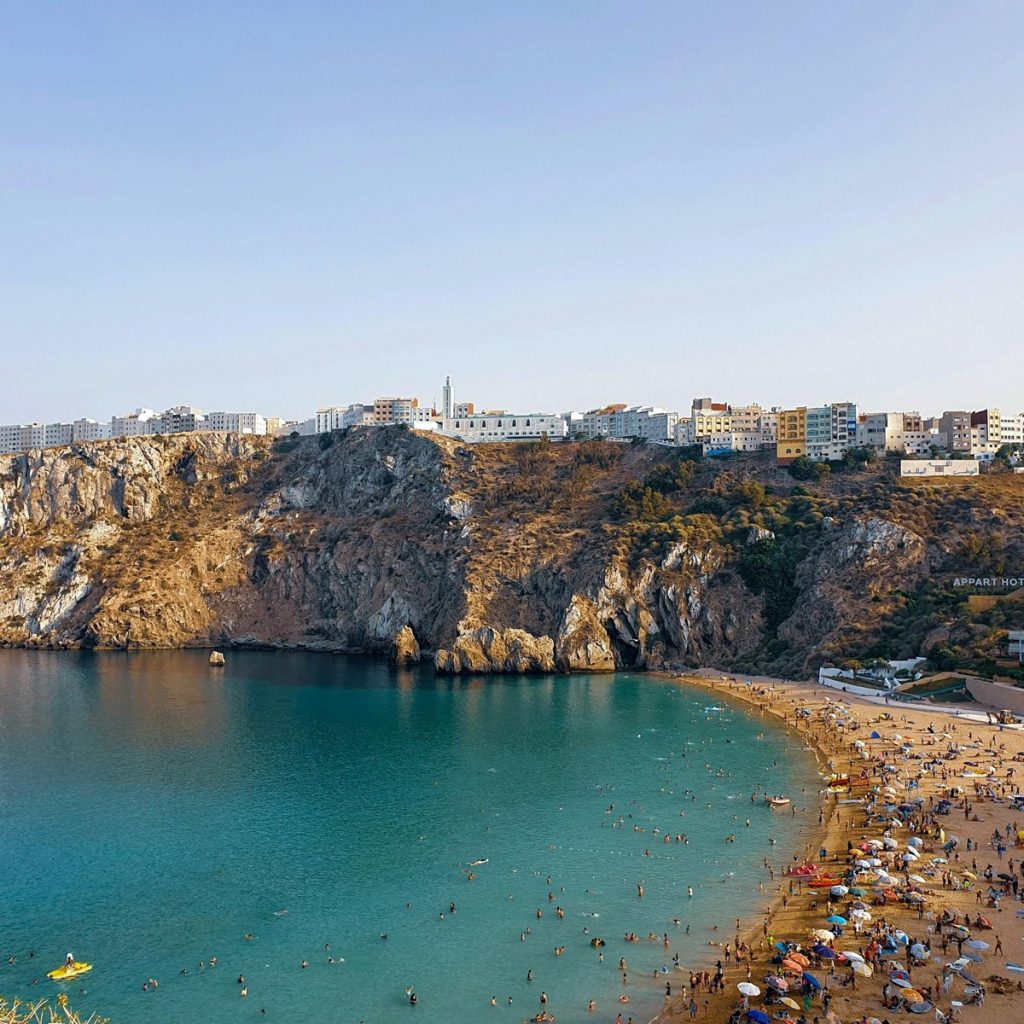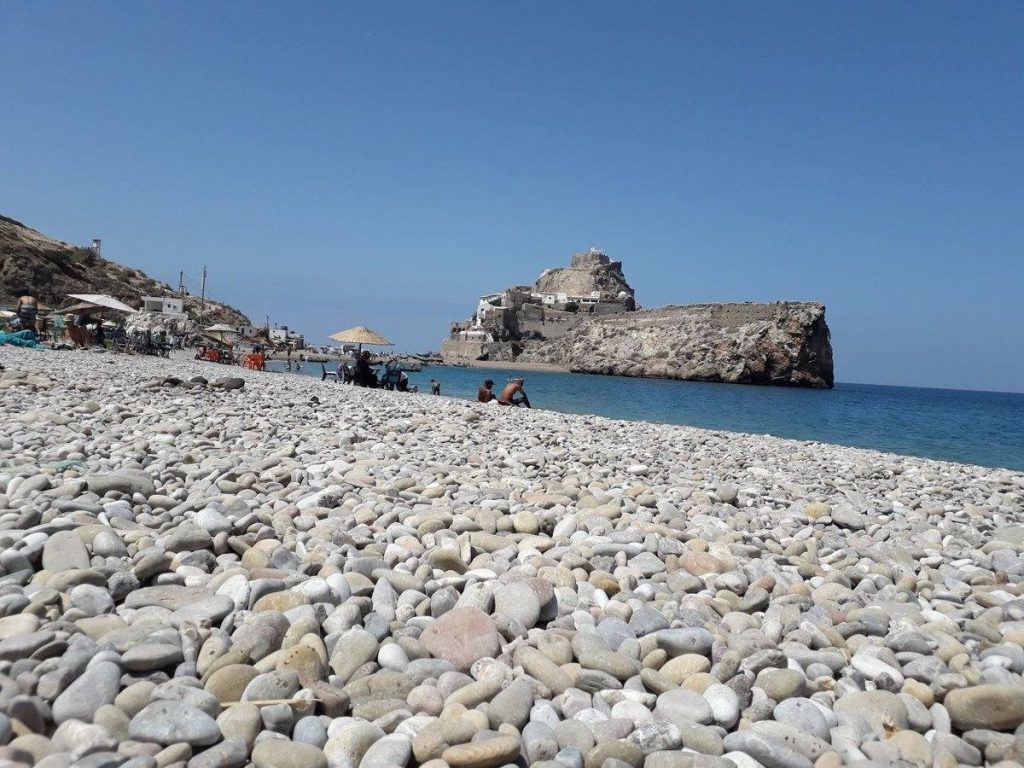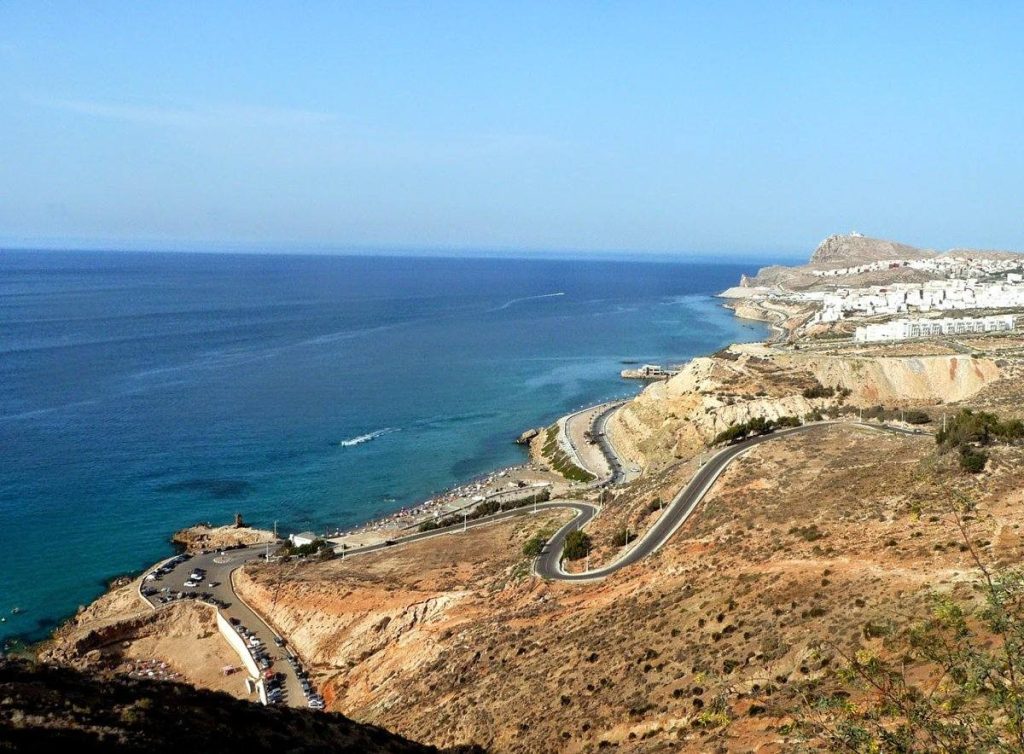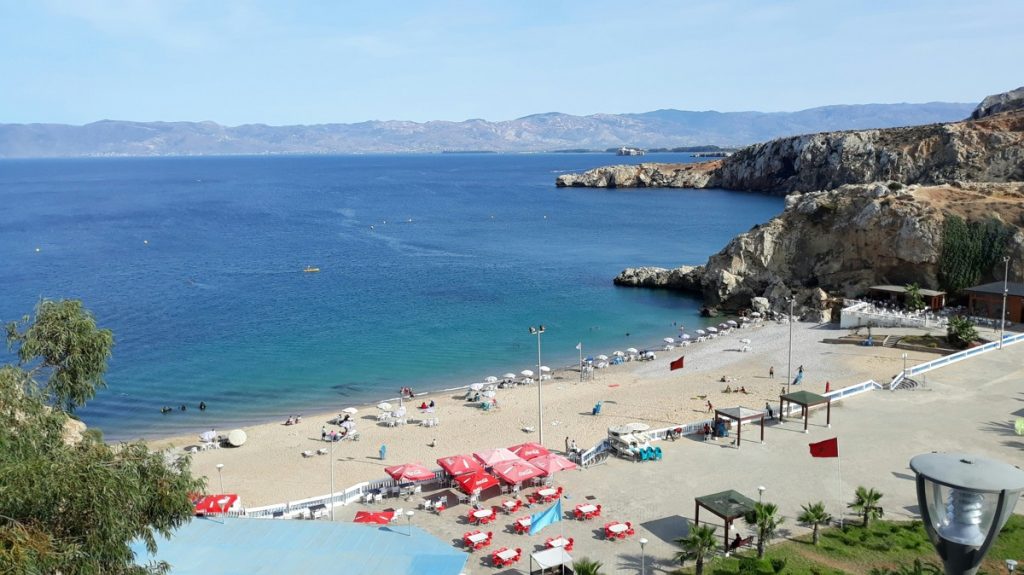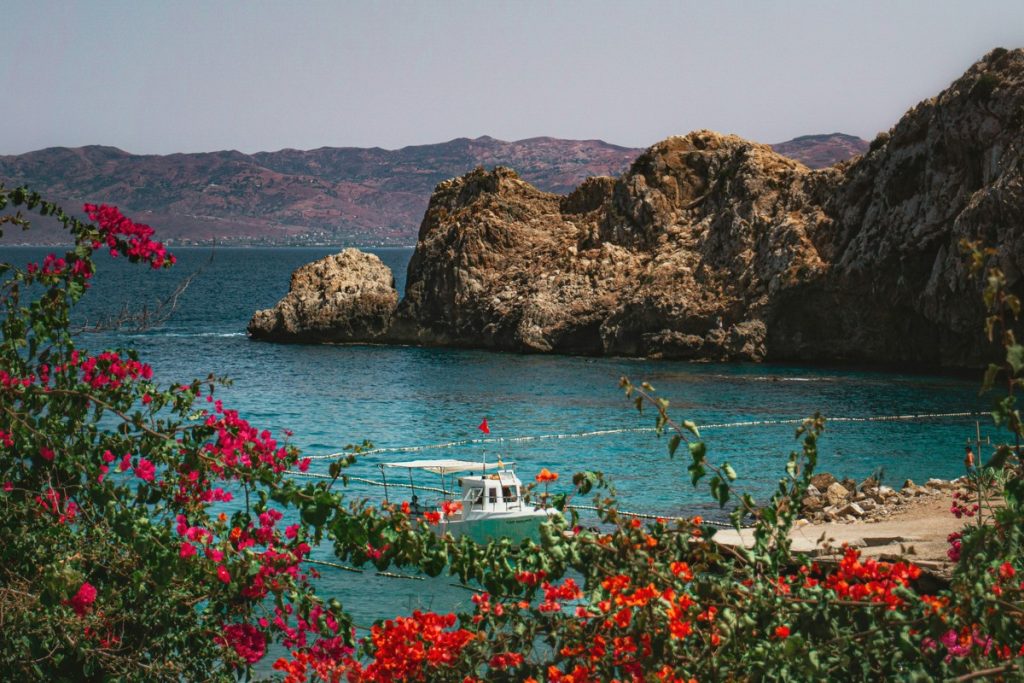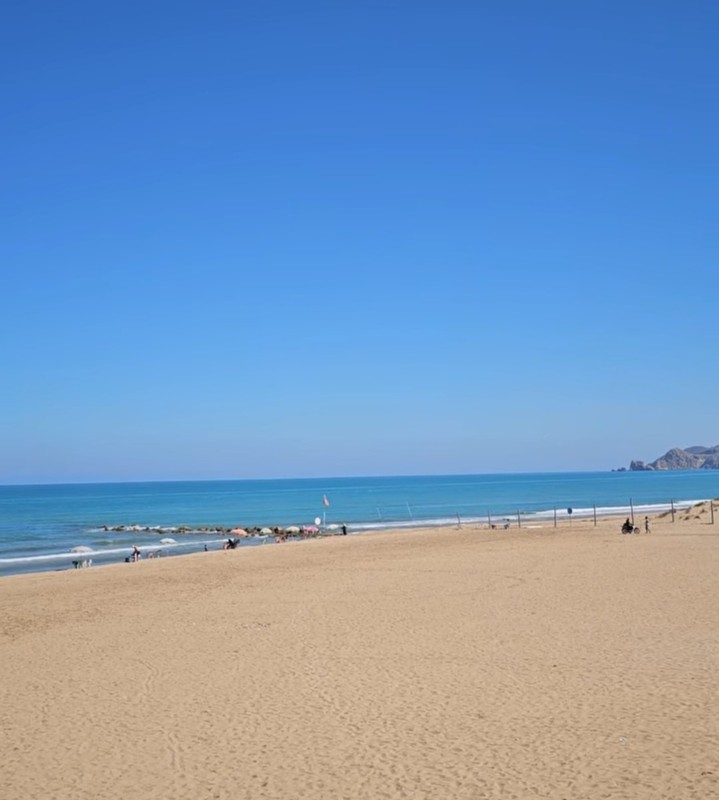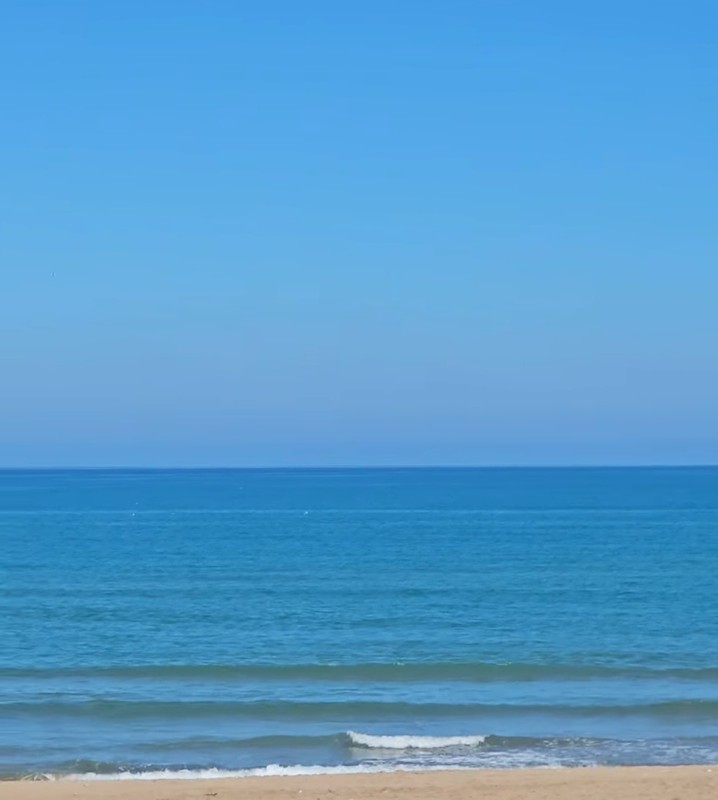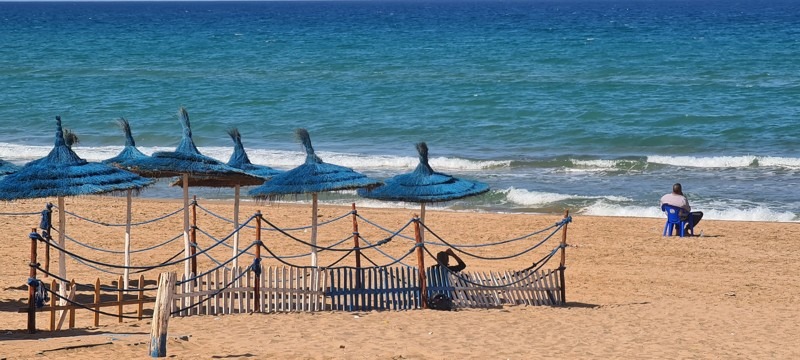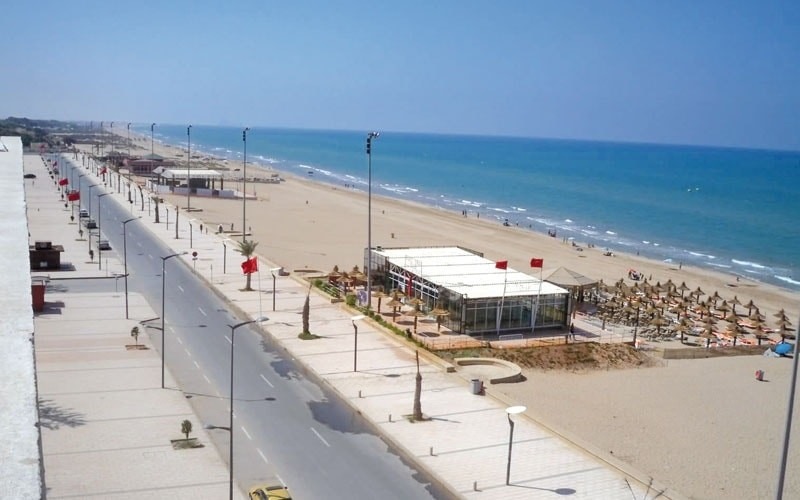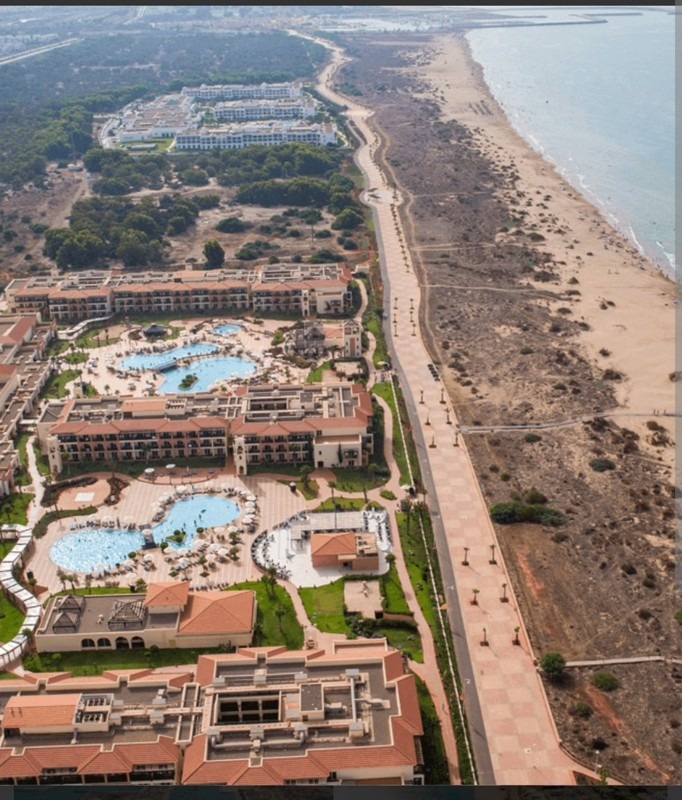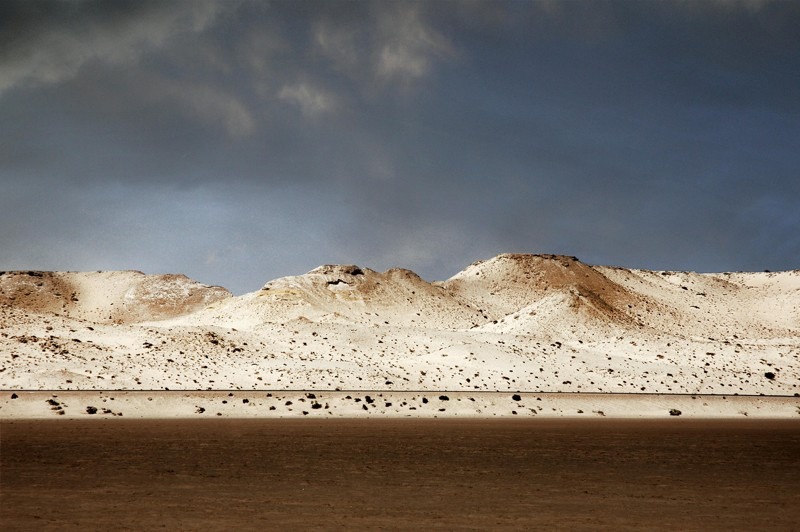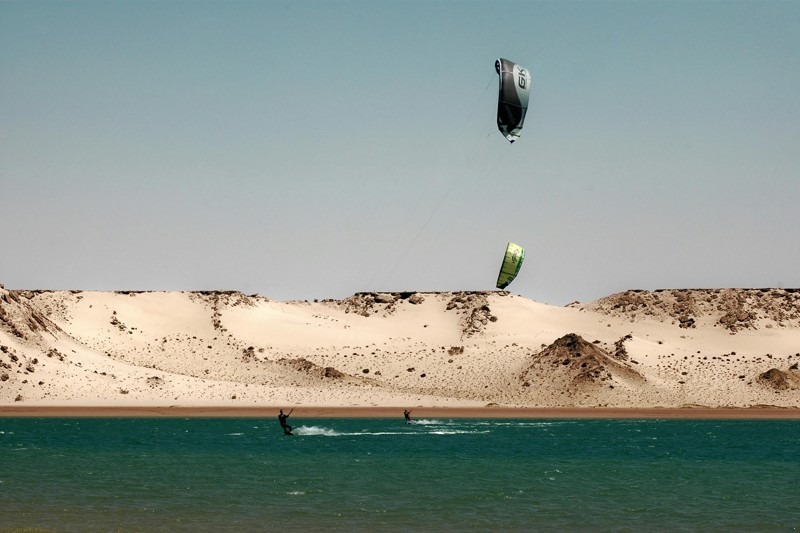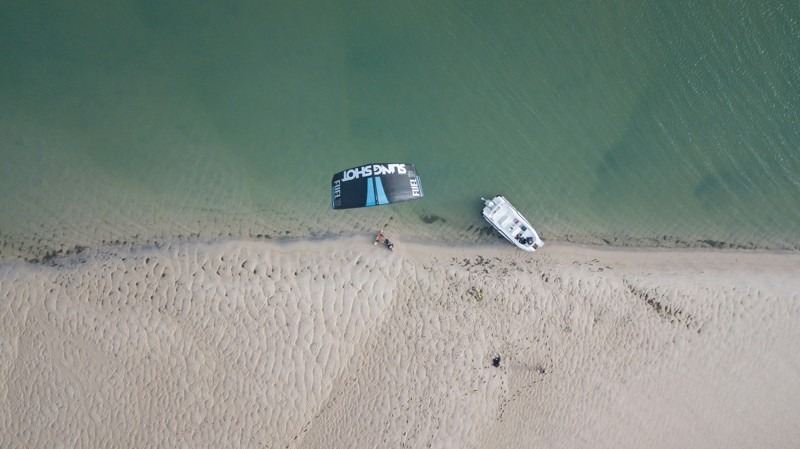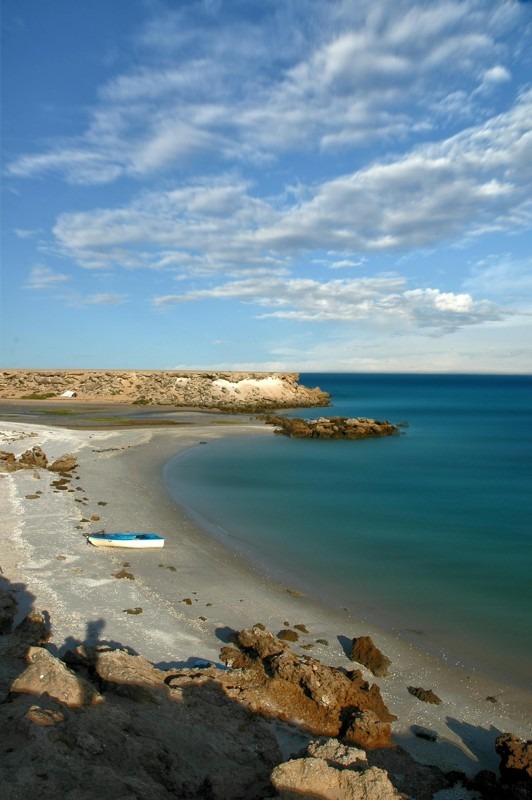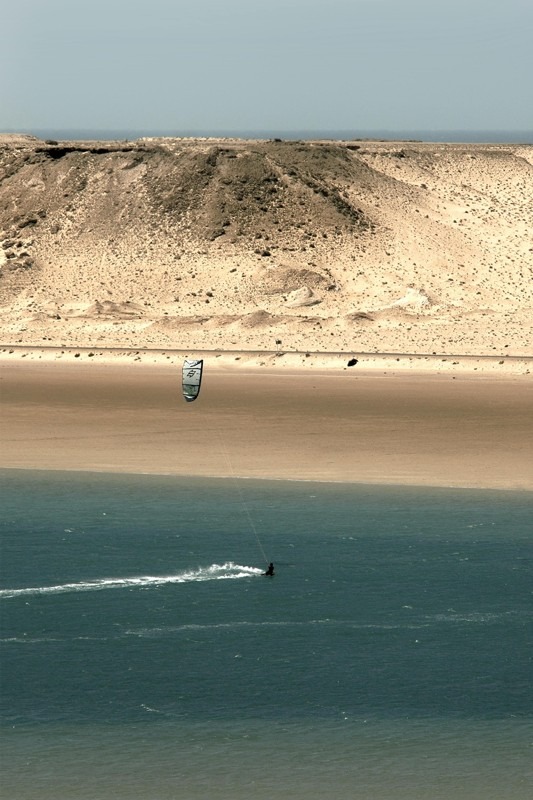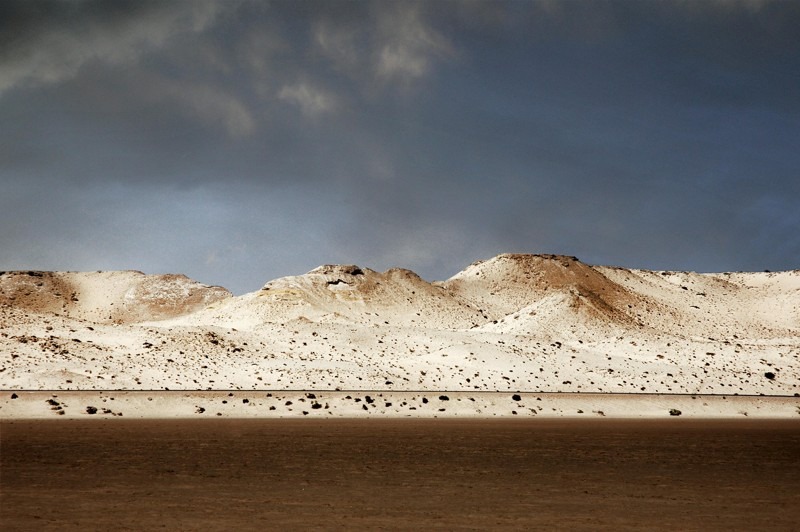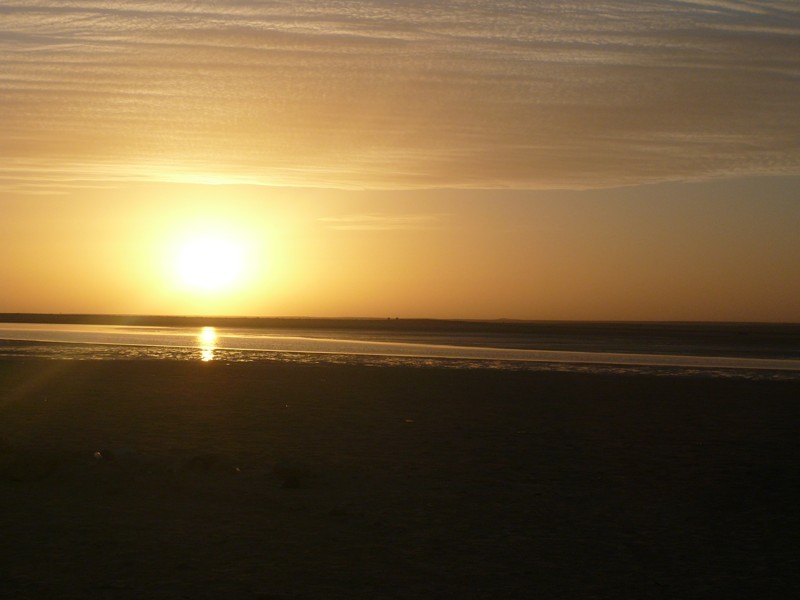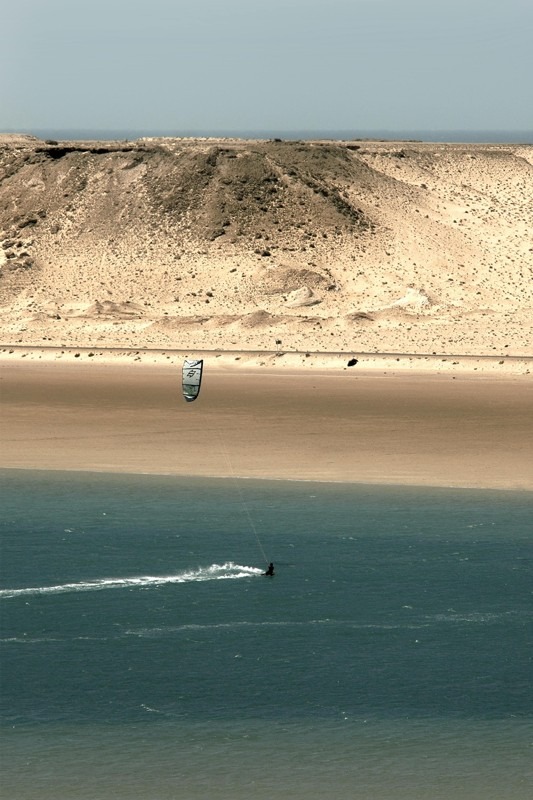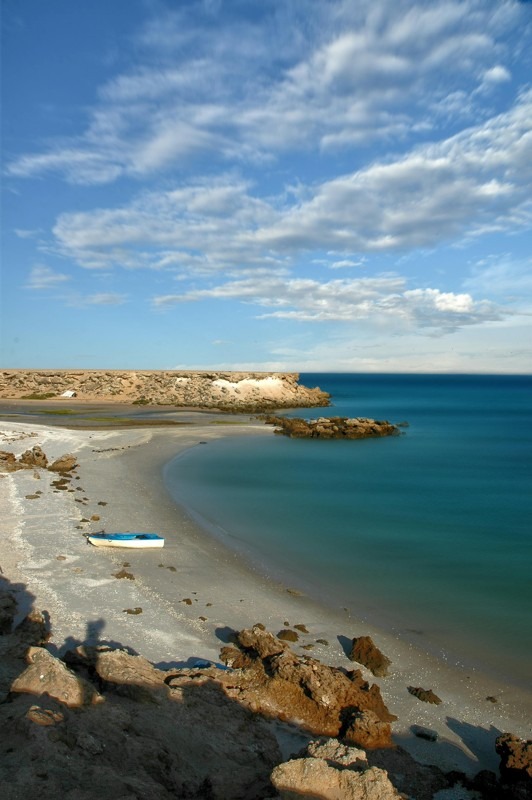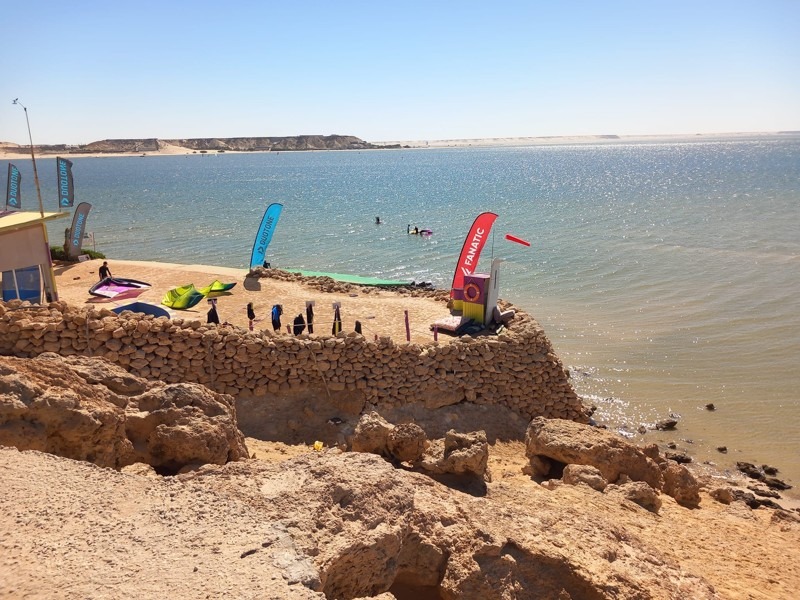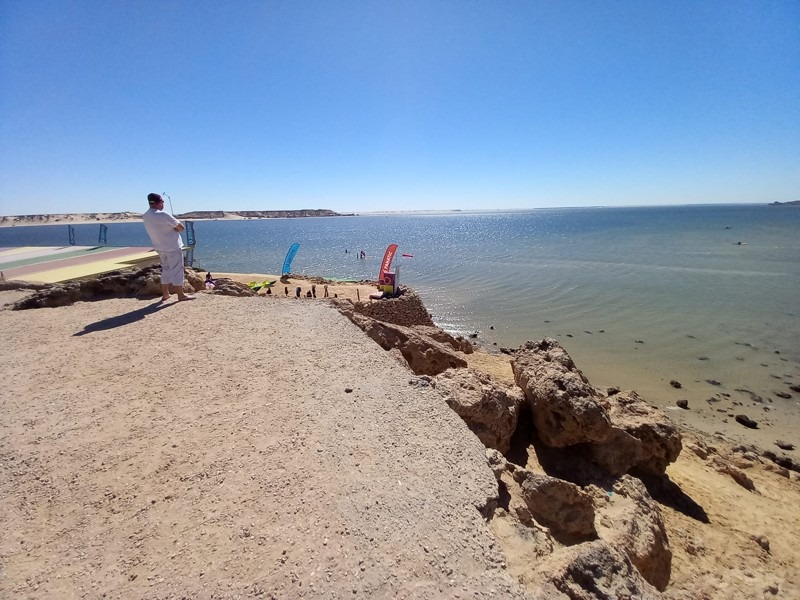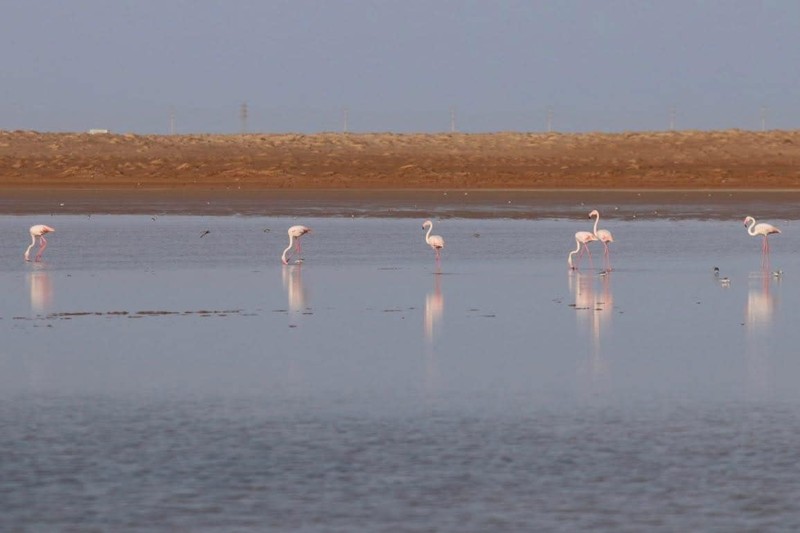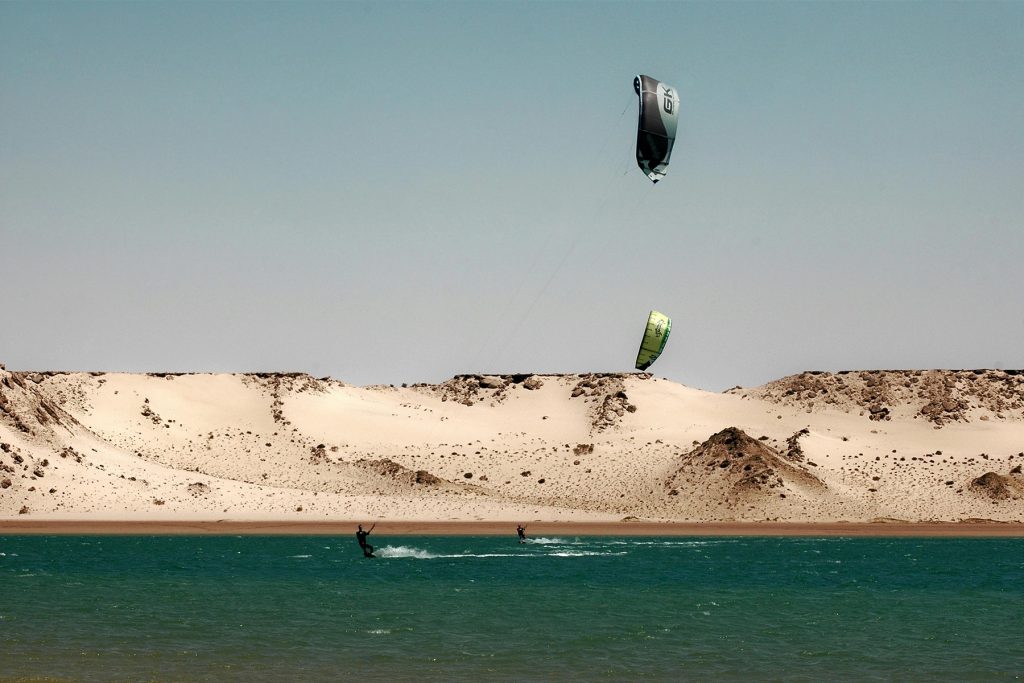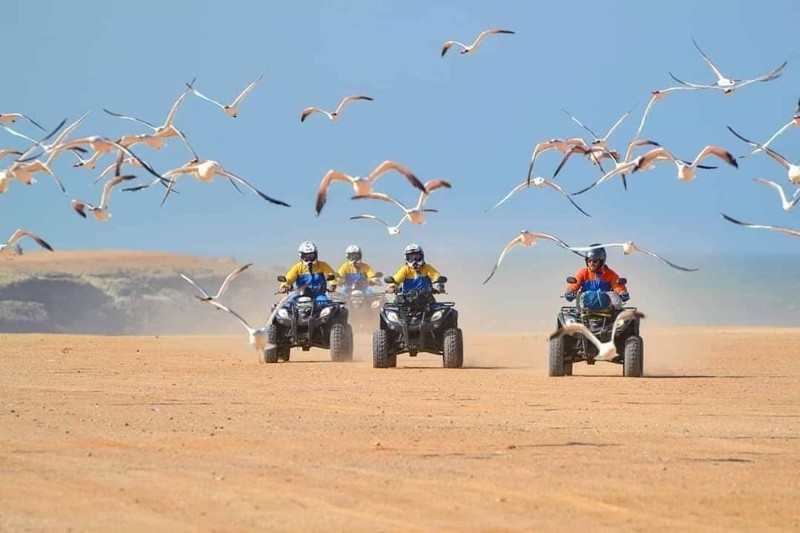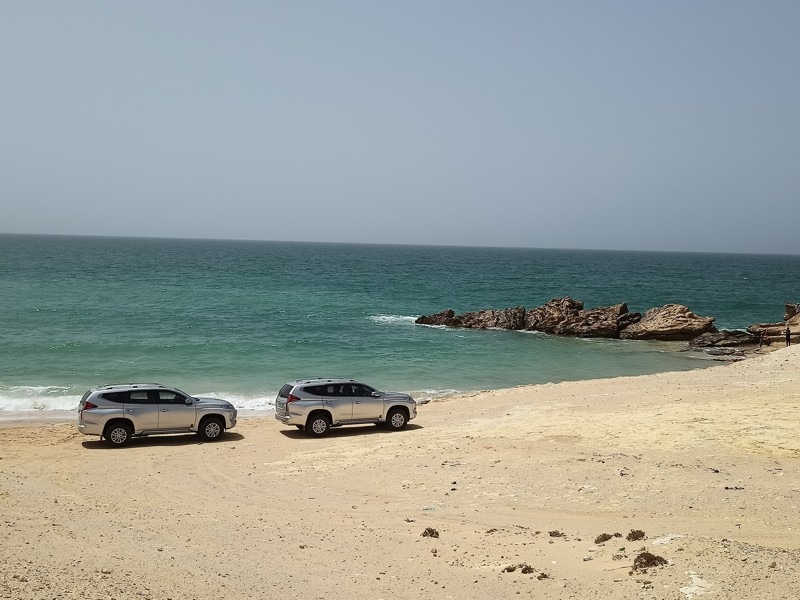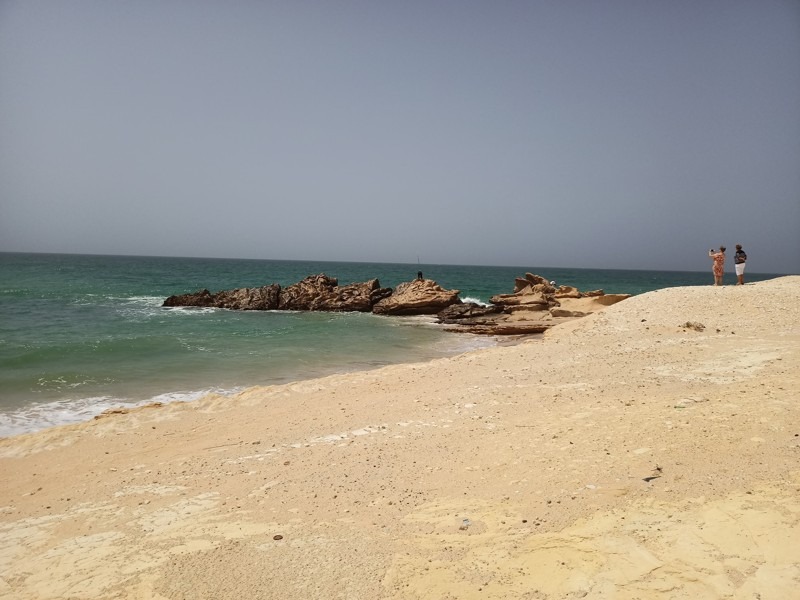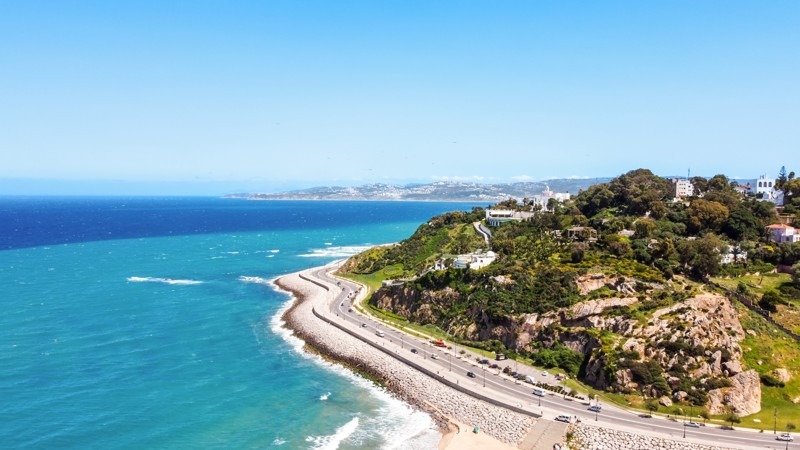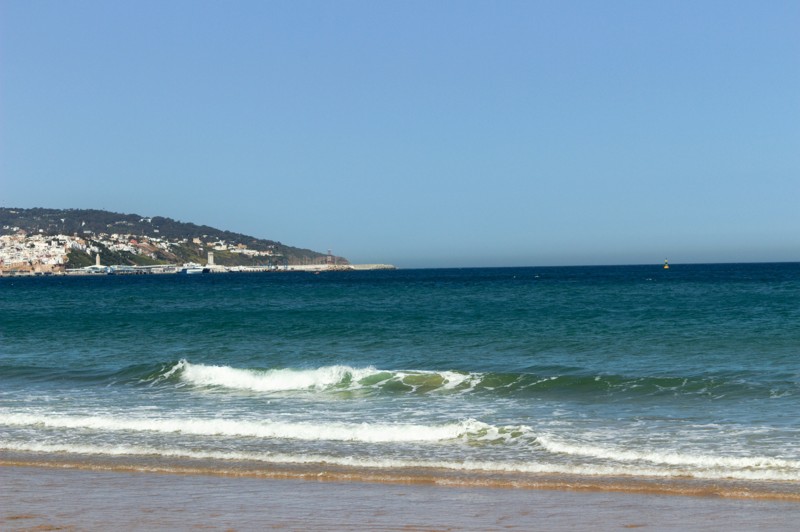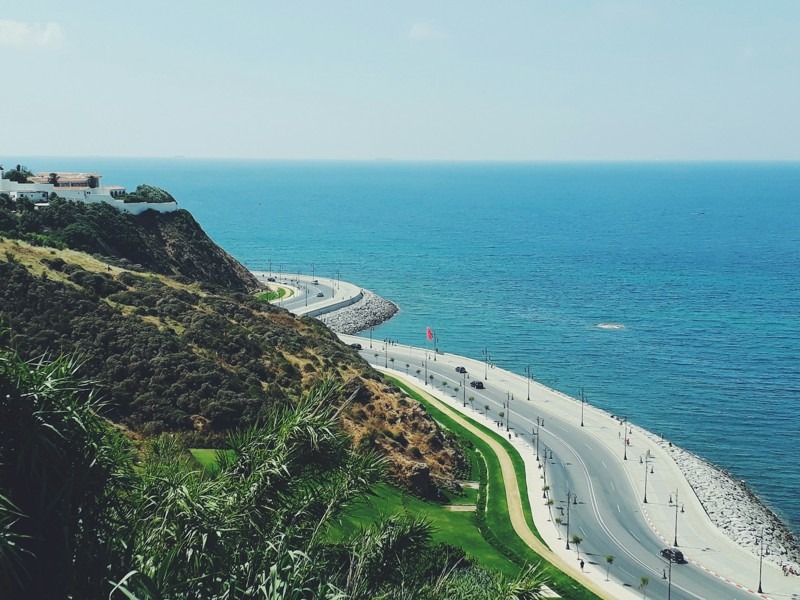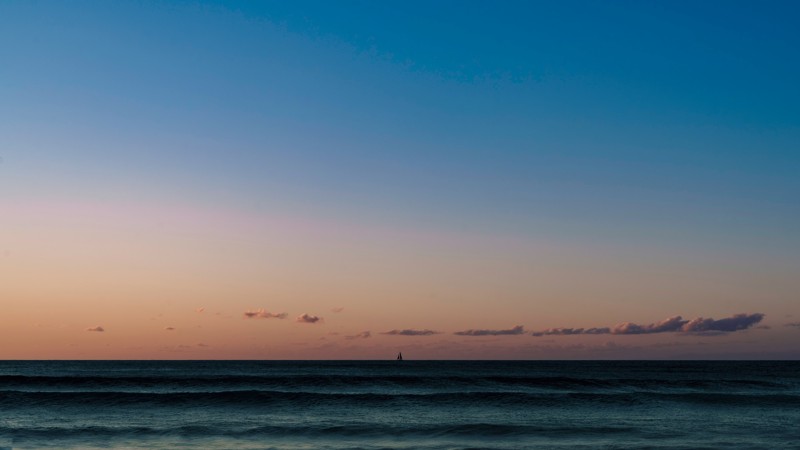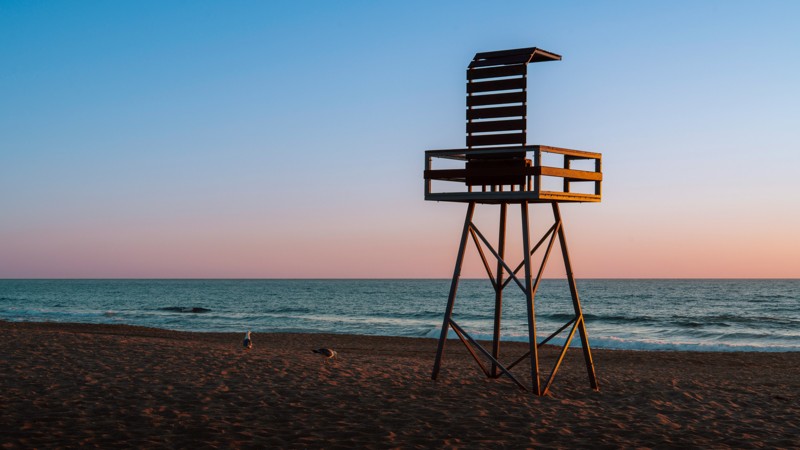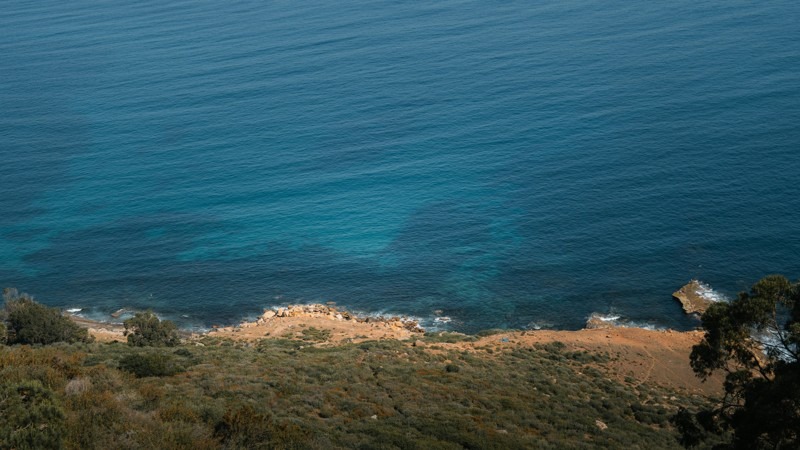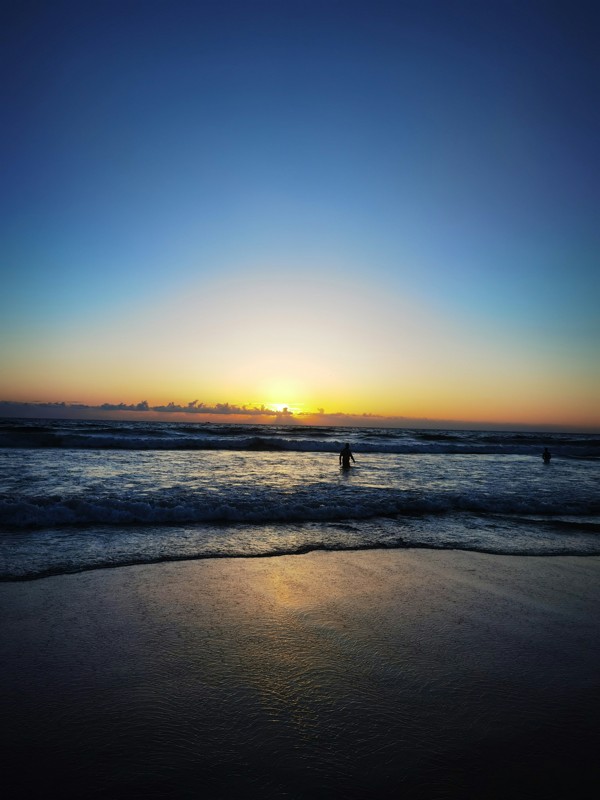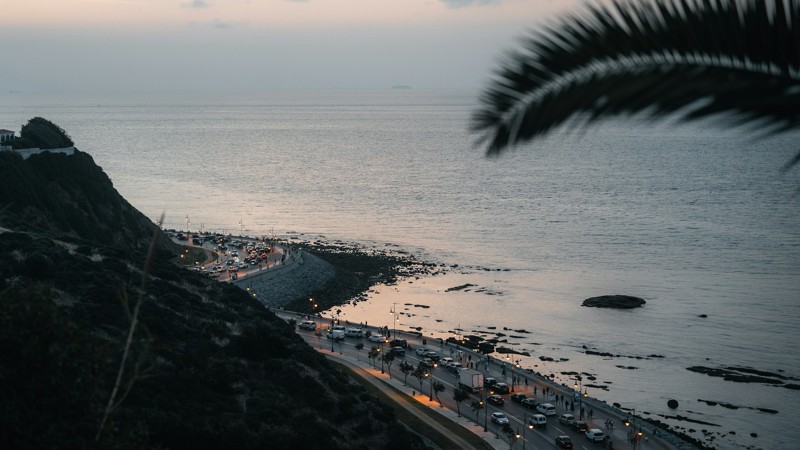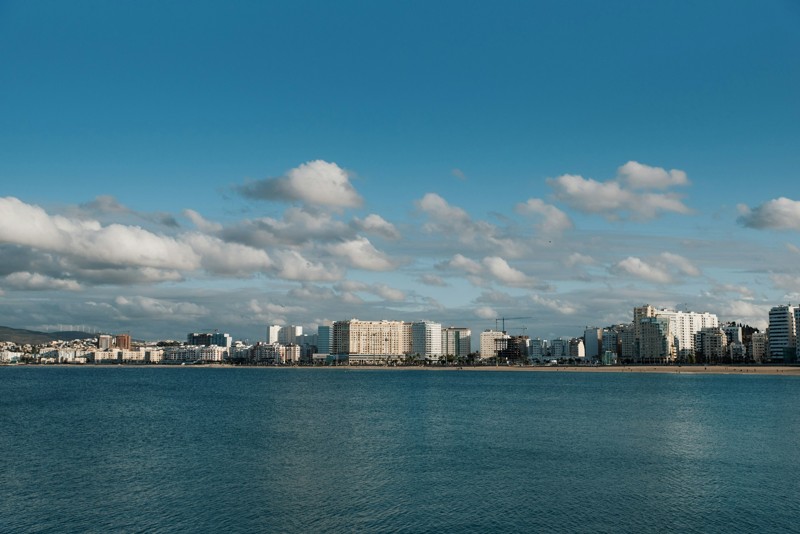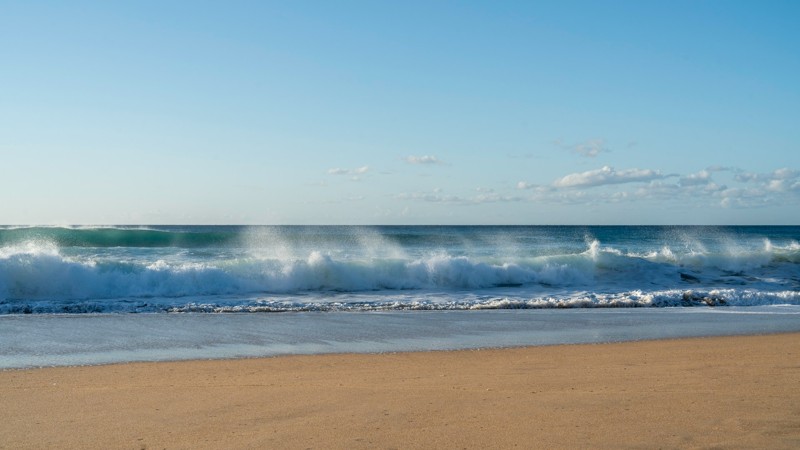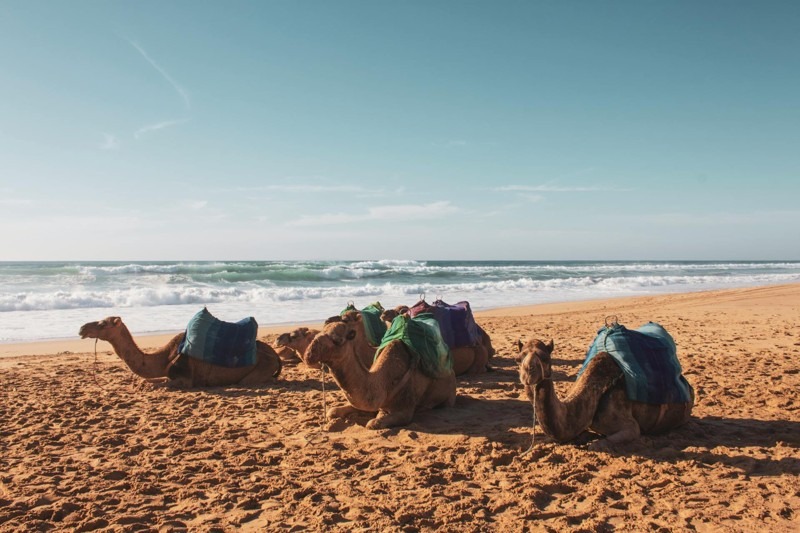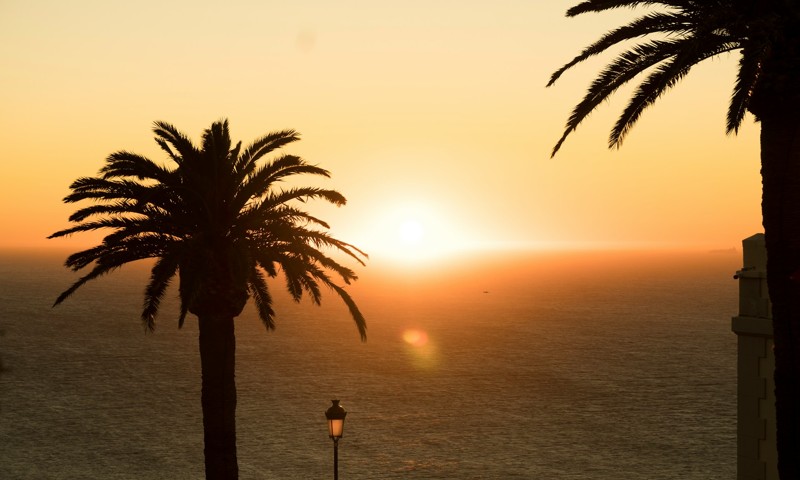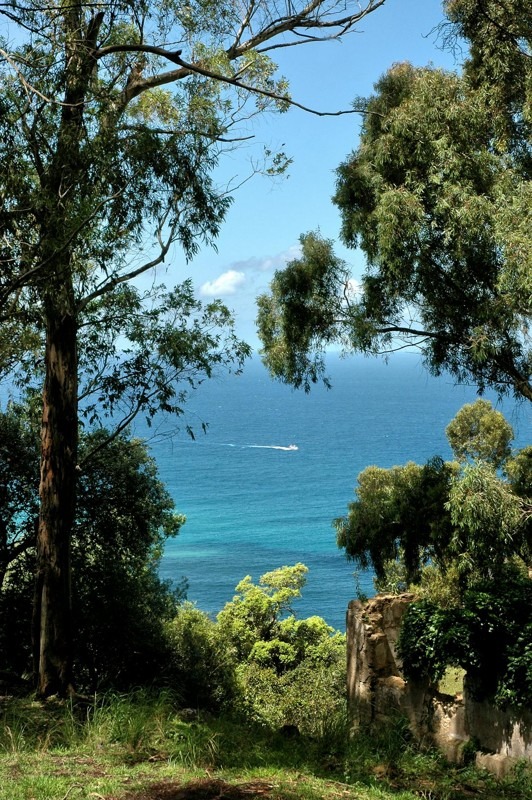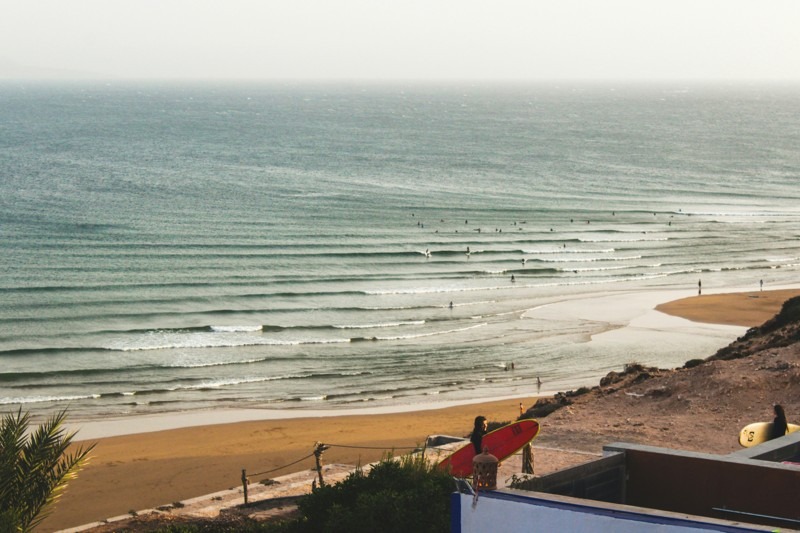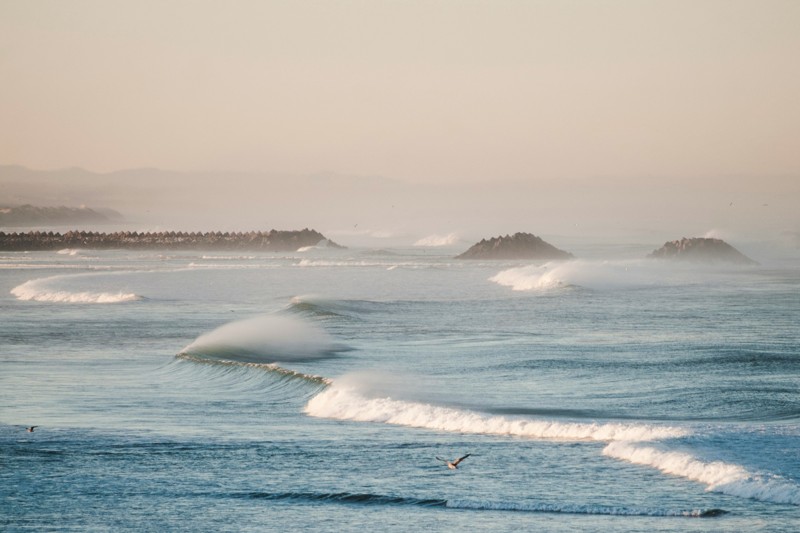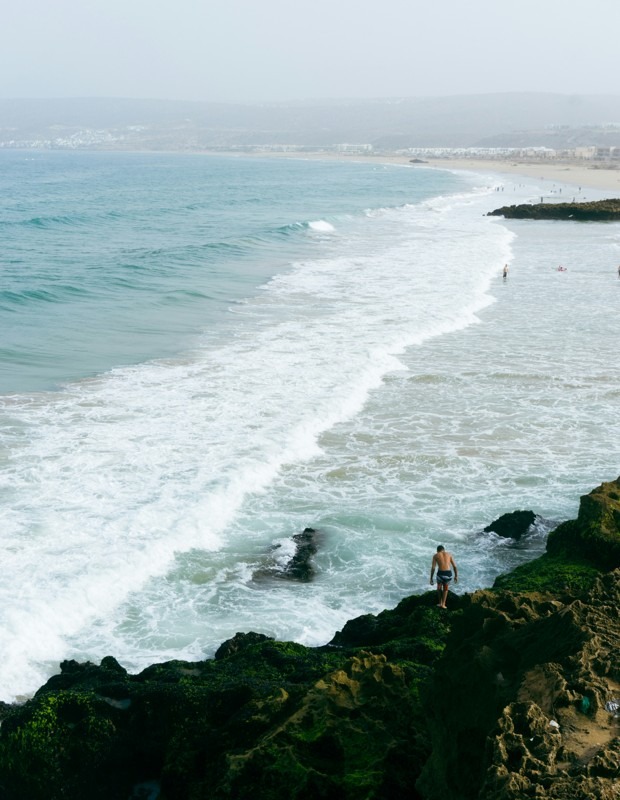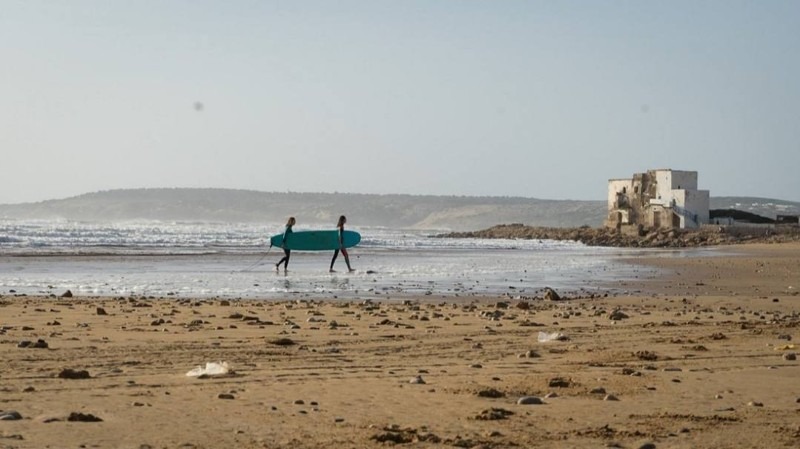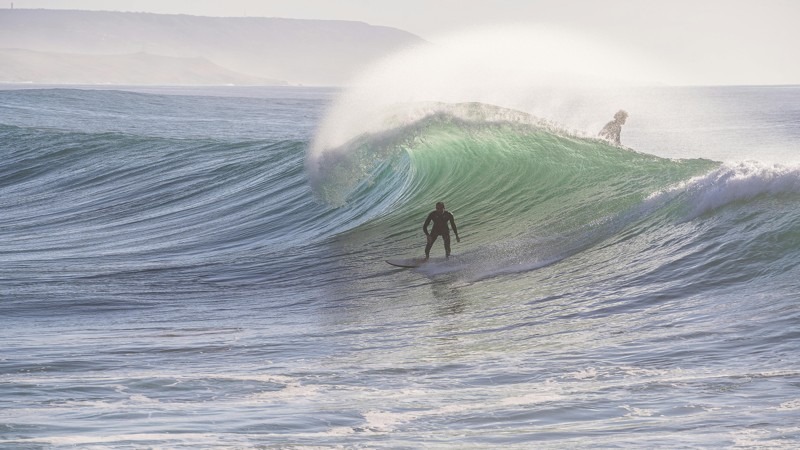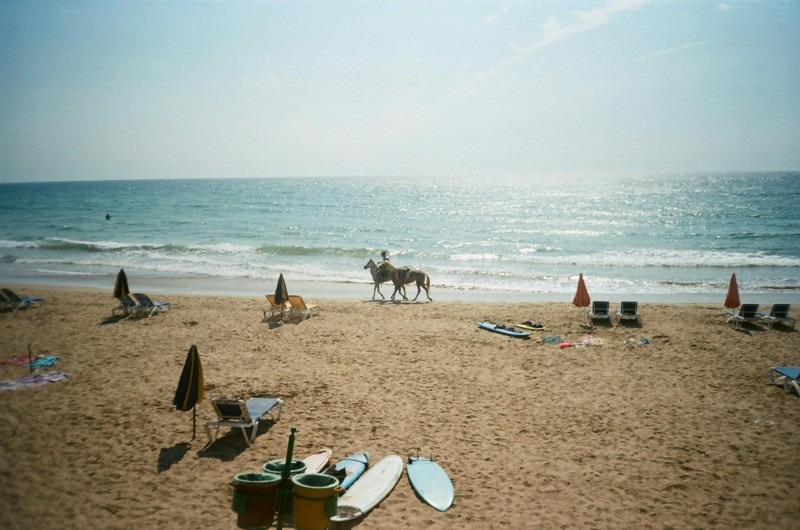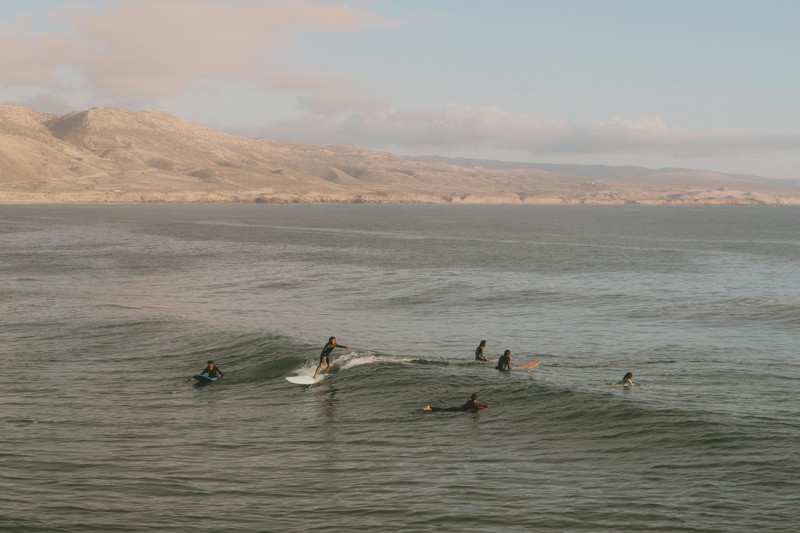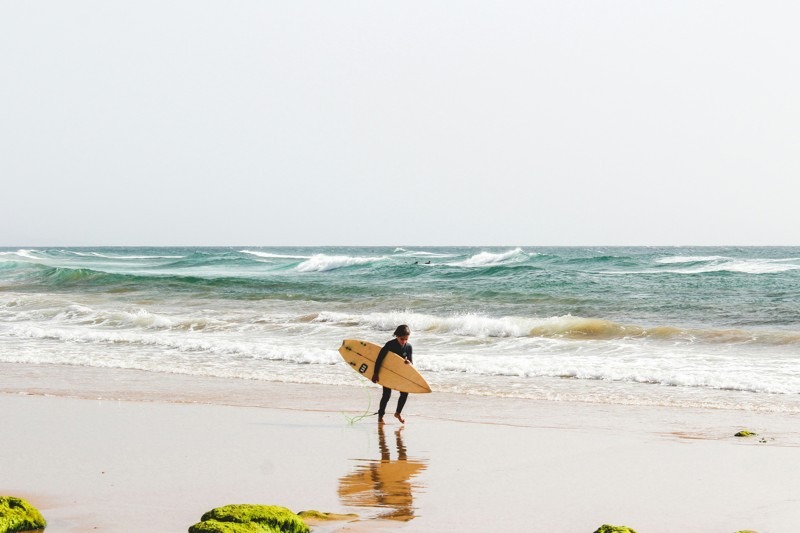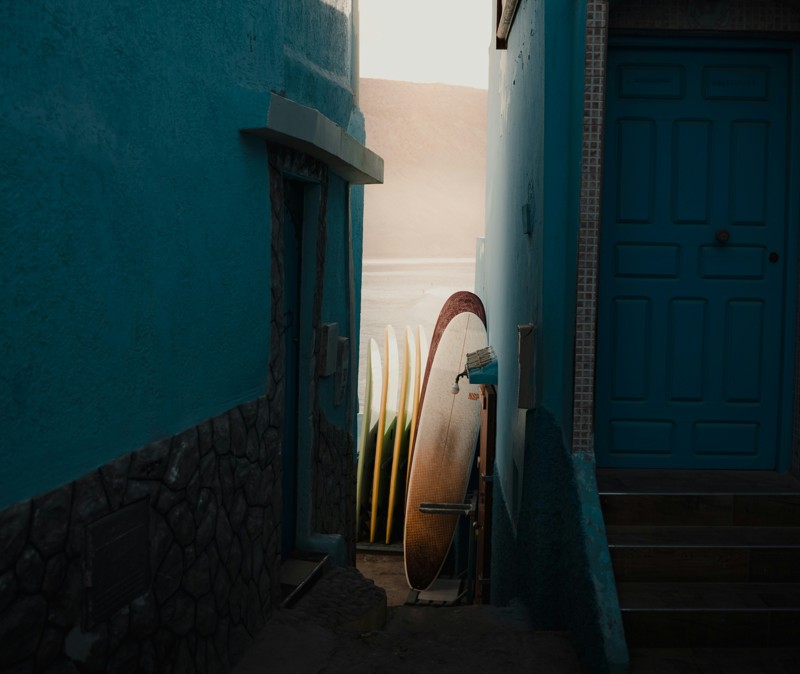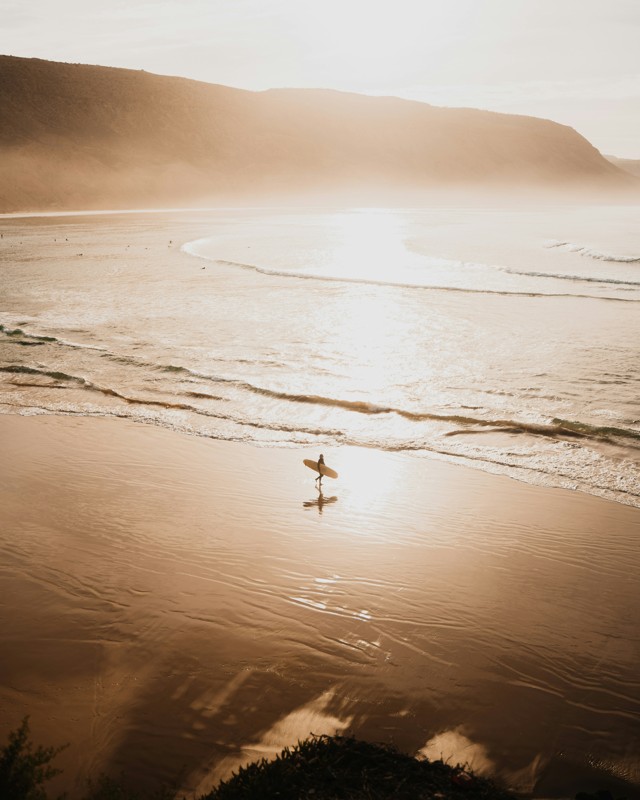Best Beaches in Morocco: A Coastal Journey Through Paradise
Best Beaches in Morocco aren’t just about pristine sand and azure waters—though we certainly have plenty of that. They’re about the feeling you get when you’re standing at the edge of Africa, watching the Atlantic waves crash against ancient cliffs while the call to prayer echoes from a nearby medina. I’ve spent decades exploring every curve and inlet of Morocco’s magnificent coastline, from the windswept shores near Tangier down to the otherworldly lagoons of Dakhla, and honestly? I still discover something new each time I return.
My relationship with Morocco’s beaches began as a child, when my father would drive our family from Marrakech to the coast during the scorching summer months. Back then, places like Taghazout were just sleepy fishing villages where local kids would dive off rocks while their fathers mended nets. Now, some of these spots have transformed into sought-after destinations, while others remain beautifully untouched—and I’m going to share both with you because that’s what makes our coastline so special.
Understanding Morocco’s Dual Coastal Personality
Here’s something that surprises most visitors: Morocco doesn’t have just one type of beach experience. We’ve got two entirely different coastlines, each with its own character and charm. The Morocco Atlantic coast beaches stretch for over 1,800 kilometers along the western edge, where the ocean can be wild and powerful—perfect for surfers but sometimes challenging for timid swimmers. Then there’s our northern Mediterranean beaches on the Morocco side, where the waters tend to be calmer, warmer, and ideal for families with young children.
I remember once trying to explain this to a couple from Switzerland who’d booked a beach holiday in Essaouira expecting calm, bathwater swimming conditions. They were initially shocked by the Atlantic’s vigor! But by the end of their stay, they’d fallen completely in love with the dramatic waves and purchased wetsuits to continue their newfound passion for surfing. That’s the thing about our beaches—they have a way of converting you to their particular brand of magic.
The Atlantic coast stretches from Tangier in the north all the way down to the contested territories of the Western Sahara (more on that later). This is where you’ll find the famous surfing beaches of Morocco that have put spots like Taghazout on the international surf map. Meanwhile, our Mediterranean coastline—though shorter—offers its own treasures, with beaches like Martil providing that classic Mediterranean vibe complete with beachside promenades and seafood restaurants where the catch comes straight from the morning’s boats.
When the Sand Calls: Best Time to Visit Morocco Beaches
Timing matters enormously when planning a morocco beach holiday, and I’ve seen too many visitors arrive at precisely the wrong moment and miss out on the full experience. Let me break this down in a way that’ll actually help you plan.
For the best time to visit morocco beaches along the Atlantic, you’re looking at May through September—but even within that window, there are nuances. July and August bring Moroccan families in droves; schools are out, and every beach resort fills up with domestic tourists escaping the interior heat. I actually love this atmosphere—it’s authentic and vibrant, and you’ll experience Moroccan beach culture at its fullest. However, if crowds aren’t your thing, target June or September, when the weather remains gorgeous but the beaches breathe easier.
The Mediterranean side operates on a slightly different schedule. Water temperatures peak in August and early September, making these months ideal for swimming. But here’s an insider tip: October can be absolutely perfect for the northern beaches near Tangier and Martil. The summer crowds have departed, prices drop, and you get these crystalline autumn days where the light turns everything golden.
Winter beach visits? Absolutely possible, especially on the southern Atlantic coast. Morocco beach weather in places like Agadir remains pleasant year-round—I’ve swum there in January wearing just a swimsuit while my friends back in Marrakech were bundled in jackets. However, winter brings powerful swells that make swimming dangerous at many Atlantic beaches, though surfers consider this prime time.
Legzira Beach, Morocco: Nature’s Magnificent (Though Diminished) Cathedral
Let me start with perhaps the most photographed beach in all of Morocco—Legzira beach morocco. Located about 120 kilometers south of Agadir near the small town of Sidi Ifni, Legzira achieved international fame for its magnificent natural stone arches that the Atlantic Ocean had carved through the rust-red cliffs over millennia. These formations created a kind of natural cathedral right there on the sand, and watching the sunset through those arches? It was genuinely transcendent.
I need to share something bittersweet, though. In 2016, the larger of the two arches collapsed—a natural process, certainly, but one that broke many hearts, including my own. I’d brought countless tour groups to witness that specific arch, and tourists had proposed marriage, celebrated anniversaries, and captured once-in-a-lifetime photographs beneath its span. The smaller arch still stands (as of my last visit), and Legzira remains absolutely worth visiting for its dramatic coastline, the way the cliffs glow orange-red in the late afternoon sun, and the relatively uncrowded atmosphere.
Getting there requires some determination. The beach sits at the bottom of steep cliffs, accessed via a dusty, somewhat treacherous path that definitely isn’t wheelchair accessible and might challenge those with mobility issues. Local entrepreneurs offer horse-and-cart transport down for a small fee—something I’d recommend if you’re traveling with young children or heavy beach equipment. The journey down takes maybe fifteen minutes on foot if you’re reasonably fit.
What makes Legzira special beyond the remaining arch is its raw, untamed quality. This isn’t a developed resort beach with manicured sand and beach clubs. A few small restaurants perch near the cliff top serving grilled fish and tagines, and that’s about it. You’re here for nature’s show—the powerful waves, the geological drama, and the sense of being somewhere truly wild. I’ve seen people spend entire afternoons just sitting on the sand, watching the tide roll in and out, completely mesmerized by the primal energy of the place.
Word of advice: swimming at Legzira demands serious respect for the ocean. The currents can be deceptive and dangerous, and there are no lifeguards. I’d recommend it primarily for beach walking, photography, and surfing (if you’re experienced). The sunset here remains one of Morocco’s finest—arrive about ninety minutes before the sun drops and watch the whole sky ignite.
Essaouira Beaches: Where Bohemia Meets the Atlantic
Essaouira beaches hold a special place in my heart, partly because this entire city feels like a beach town that accidentally became cultured and sophisticated. Essaouira’s historic medina—a UNESCO World Heritage site with blue-shuttered buildings and artistic spirit—sits right above a gorgeous stretch of golden sand that seems to extend forever southward.
The main beach in Essaouira proper gets called simply “Essaouira Beach,” though locals sometimes refer to sections by different names. What defines this stretch is wind—consistent, powerful Atlantic wind that makes Essaouira one of the world’s premier destinations for wind and kite surfing. During summer, you’ll see the sky filled with dozens of colorful kites dancing above the waves, creating this incredibly photogenic scene against the backdrop of the old Portuguese fortifications.
I’ll be honest: if you’re imagining lying on a beach towel with a paperback, working on your tan in complete stillness, Essaouira might frustrate you. The wind here doesn’t quit (locals nicknamed it the “Windy City of North Africa”), and sand gets absolutely everywhere. But if you embrace what Essaouira offers—the exhilaration of wind sports, long beach walks with sand swirling around your ankles, fresh seafood at harborside cafes while watching fishing boats return with their catch—this place becomes addictive.
The northern end of the beach features Morocco’s most picturesque fishing port, where bright blue boats bob in the harbor and fishermen sell their morning’s catch right on the dock. I’ve seen octopuses the size of small children, sardines so fresh they’re practically jumping, and every variety of fish you can imagine. For lunch, buy your selection, then take it to one of the tiny restaurants around the port where they’ll grill it for you with a squeeze of lemon and serve it with crusty bread. This meal, eaten with your fingers while seagulls circle hopefully overhead, might just be your most memorable in Morocco.
South of the main beach, you’ll find more quiet beaches morocco that see fewer visitors. The stretch toward Diabat village offers a more tranquil experience, though the wind remains constant. Legend says Jimi Hendrix spent time in Diabat during his 1960s Morocco visit, and there’s a ruined castle-like structure on the beach that locals call “Hendrix’s Castle” (though historians dispute whether he actually stayed there). Regardless of the truth, it makes for atmospheric sunset photography.
Essaouira has transformed significantly since my childhood visits. What was once a sleepy port with a hippie vibe has become quite refined—you’ll find boutique hotels, art galleries, international restaurants, and stylish surf shops. Yet somehow it’s retained its soul, that bohemian essence that attracted artists and musicians decades ago. The annual Gnawa Music Festival in June brings the city alive with spiritual music performances and fills every accommodation within miles.
Taghazout Surfing Beaches: Morocco’s Answer to California
Twenty years ago, Taghazout surfing beaches were known only to hardcore surfers seeking uncrowded waves and cheap accommodation in a traditional Berber fishing village. Today? Well, it’s evolved—though not entirely in the way some old-timers might prefer.
Located just 19 kilometers north of Agadir, Taghazout occupies a stunning stretch of coastline where multiple surf breaks line up one after another, each with its own characteristics and ideal swell conditions. Anchor Point, Killer Point, Hash Point, La Source, and Panorama’s Boilers—these spots have achieved legendary status in the global surf community, and for good reason. The Atlantic swells here are remarkably consistent, especially from October through March, and the water temperature (while not tropical) remains wettable year-round.
I’ve watched Taghazout transform from a sleepy village to a surf resort, and honestly, my feelings are complicated. The Moroccan government designated this area for tourism development, and construction of resort complexes has changed the landscape significantly. Where there were once simple fishermen’s houses, you now find vacation apartments and hotels. Some of the original surfer cafes with hand-painted signs and cushion seating have given way to slicker establishments.
Yet—and this is important—Taghazout hasn’t completely sold its soul. The core village still retains character, with local families living their traditional lives alongside the surf tourists. You can still find budget accommodation (though it books up fast during prime surf season), eat incredibly fresh fish at no-frills restaurants, and chat with Berber locals in Arabic or Tamazight. Morning still brings fishermen hauling boats onto the beach, and in the afternoon, you’ll see surfers from literally every continent sharing waves and stories.
For non-surfers, Taghazout offers beautiful beach walking, yoga retreats (there’s a big wellness scene here now), and proximity to other beaches like Paradise Beach and Banana Beach just south toward Agadir. The vibe is decidedly laid-back—think board shorts, salty hair, and sunset sessions. If you’re visiting strictly for luxury resort experiences, you might find Taghazout too rustic; if you appreciate authentic surf culture with Moroccan flavor, you’ll probably fall in love.
Here’s practical advice for visiting: book accommodation well in advance for October through March (prime surf season). Even non-surfers should consider taking a lesson—several excellent surf schools cater to complete beginners, and there’s something truly special about catching your first wave on the African Atlantic. Budget at least 3-4 days to really absorb the atmosphere and maybe take a day trip to Paradise Beach Agadir (more on that shortly) or explore the nearby Berber villages in the foothills.
Agadir Beach: Morocco’s Premier Resort Destination
When people think “Morocco beach holiday” in the traditional resort sense, they’re usually picturing Agadir. This is Morocco’s most developed beach destination—a sweeping eight-kilometer crescent of golden sand backed by a bustling promenade, modern hotels, international restaurants, and all the infrastructure you’d expect from a major resort city.
Agadir Beach occupies a privileged position between the Atlantic Ocean and the foothills of the magnificent Atlas Mountains, creating a geographic situation that blesses the area with remarkably stable, sunny weather. While northern Morocco might be gray and rainy, Agadir typically basks in sunshine—the city claims 300 sunny days per year, and from my experience, that’s not much of an exaggeration. This climate makes it one of the best swimming beaches morocco has to offer, with conditions suitable for comfortable swimming pretty much year-round (though winter waters do get chilly).
The beach itself is genuinely beautiful—wide, sandy, and generally well-maintained by municipal workers who clean it regularly. The waves here are typically more moderate than at exposed Atlantic beaches further north, making it suitable for families and swimmers who aren’t confident in rough conditions. That said, the ocean demands respect always, and I’ve seen dangerous rip currents on certain days, so observe local conditions and posted warnings.
What Agadir offers that few other Moroccan beaches can match is comprehensive infrastructure. You’ll find beach clubs, water sports rentals (kayaking, jet skiing, surfing lessons, and paddleboarding), beach volleyball, camel rides, and horseback riding. The promenade—Boulevard 20 Août—stretches the length of the beach and comes alive in the evening when Moroccan families stroll, young people skateboard, and tourists seek out restaurants and cafes.
I’ll be candid about something: Agadir lacks the authentic Moroccan charm you’ll find in places like Essaouira or the traditional atmosphere of small beach villages. The devastating 1960 earthquake destroyed the old city, and what was rebuilt is decidedly modern and international in character. If you’re seeking immersion in traditional Moroccan culture, Agadir probably isn’t your primary destination. But if you want reliable sunshine, comfortable beaches, good infrastructure, and proximity to other attractions (the top beaches morocco list includes several spots near Agadir), it’s an excellent base.
Paradise Beach Agadir deserves special mention. Located about 10 kilometers north of the main city beach, Paradise Beach offers a more relaxed, less developed alternative. Getting there requires driving up a winding road and then descending to a sheltered bay where small restaurants serve grilled fish and the atmosphere feels more authentically Moroccan. It’s particularly popular with locals on weekends, and I love it for that community feeling—watching Moroccan families splashing in the waves, sharing picnic spreads, and enjoying their leisure time.
Ain Diab: Casablanca’s Sophisticated Seaside
Ain Diab represents something unique in Morocco’s beach landscape—an urban beach experience in the country’s largest city. This stretch of coastline in western Casablanca serves as the playground for wealthy Casaouis (Casablanca residents) who want to escape the city’s frenetic pace without actually leaving town.
The beach itself sits between two rocky headlands, creating a defined space that feels somewhat separate from the sprawling metropolis behind it. During my first visit decades ago, Ain Diab was already trendy, lined with beach clubs, swimming pools, and restaurants. That atmosphere has only intensified—now you’ll find sophisticated cocktail bars, chic beach clubs with DJ sets, surf schools, and nightclubs that pulse until dawn.
This isn’t the place for a quiet, contemplative beach experience. Ain Diab is about seeing and being seen—young Casablancans in designer swimwear, business people taking power lunches at beachside restaurants, and teenagers showing off skateboarding skills along the promenade. The energy is distinctly urban and can feel overwhelming if you’re seeking tranquility.
However, if you’re already visiting Casablanca (perhaps to see the magnificent Hassan II Mosque, which dominates the coastline nearby), Ain Diab offers a compelling glimpse into contemporary Moroccan leisure culture. I recommend visiting early on a weekday morning if you want to avoid the intense crowds—you’ll still experience the Atlantic breeze and the beautiful stretch of sand, but with space to actually think.
The beaches near Casablanca extend beyond Ain Diab. Further south, you’ll find Place des Nations and other stretches that see fewer visitors. North of the city, beaches become progressively less developed and more rugged. But Ain Diab remains the most accessible and developed option for those based in Casablanca.
One thing I really like about Ain Diab is that it shows how diverse Morocco’s beach culture is. Not every time you go to the beach has to be about fishing villages or wild, undeveloped nature. Sometimes a beach is simply where modern Moroccans go to relax, socialize, and enjoy contemporary life—and there’s value in witnessing that authentic aspect of my country.
Hidden Gems: Sidi Kaouki and Other Quiet Beaches in Morocco
Let’s talk about the quiet beaches morocco offers for those seeking escape from crowds and development. Sidi Kaouki Beach sits about 20 kilometers south of Essaouira and represents what much of Morocco’s Atlantic coast looked like before tourism development accelerated.
This is raw, natural beach beauty—a long sweep of sand backed by low dunes where scrubby vegetation fights for survival against wind and salt spray. There’s no promenade, no beach clubs, and no jet ski rental. Instead, you get space, peace, and a deep feeling of being in a wild place. There are only a few simple guesthouses, a few cafes serving traditional Moroccan food, and a small marabout (saint’s tomb) in the village of Sidi Kaouki. The name comes from this last feature.
Surfers discovered Sidi Kaouki years ago, drawn by powerful waves and empty lineups. The conditions here can be challenging—this is definitely not a beginner surf spot—but for intermediate and advanced surfers, it’s paradise. I’ve sat on the beach watching surfers disappear into massive Atlantic swells, then emerge victorious, their hollers of excitement carrying over the crash of waves.
For non-surfers, Sidi Kaouki offers something equally valuable: genuine peace. You can walk for kilometers along the sand and encounter maybe a handful of other people. The beach stretches so far that finding your own completely private section is entirely possible. I’ve brought friends here who were overwhelmed by the chaos of Marrakech’s medina—within hours of arrival at Sidi Kaouki, I watched their shoulders literally drop as tension released.
The hidden beaches morocco protects aren’t always easily accessible, which is precisely why they remain hidden. Las Cuevas Beach near Asilah offers another example—this beach nestles at the bottom of rounded, dusty cliffs about six kilometers south of the fortified old town. Getting down requires navigating a steep, rough track that definitely challenges your balance and determination (locals offer horse-and-cart transport, which I’d recommend unless you’re quite fit and wearing appropriate shoes).
Las Cuevas rewards that effort with a beautiful stretch of sand, a dramatic cliff backdrop, and several simple restaurants serving incredibly fresh fish. Here’s a great local hack: if you eat at one of these beachside restaurants, they’ll typically let you use their sunbeds and umbrellas for free. Order the grilled sardines and a tagine, settle into the shade, and you’ve got yourself a perfect beach day that costs almost nothing.
Family-Friendly Shores: Best Family Beaches in Morocco
Finding the best family beaches morocco depends significantly on your children’s ages and comfort levels. For families with young children who need calm, shallow water and good facilities, I typically recommend the Mediterranean side or specific Atlantic locations.
Martil Beach stands out as genuinely ideal for families. Set in an attractive town near Tetouan on the Mediterranean coast, Martil offers several crucial advantages: relatively calm waters (this is the Mediterranean, not the wild Atlantic), a pleasant beachside promenade for strolling with strollers, family-friendly restaurants, and a vibe that’s decidedly wholesome. Bright green mountains hug the bay, creating a picturesque backdrop, and the beach itself has good facilities, including changing rooms and showers.
Moroccan families flock to Martil during summer holidays, which tells you something important—this is a beach that locals trust for their own children. Yes, it gets crowded in July and August, but that community atmosphere can actually enhance the experience. Your kids will hear Arabic, Tamazight, French, and probably several other languages; watch Moroccan children playing the same beach games kids play everywhere; and get an authentic slice of Moroccan holiday culture.
Other best family beach options in Morocco include:
Oualidia Lagoon deserves serious consideration for families. This sheltered lagoon on the Atlantic coast offers calm, shallow waters protected from ocean waves by a natural barrier. The water here is notably warmer than the open Atlantic, and the gentle conditions are perfect for young swimmers. Oualidia has developed quite a foodie reputation lately—several excellent restaurants specialize in fresh oysters farmed in the lagoon. While your kids splash safely in the shallows, you can indulge in some of Morocco’s finest seafood.
Families enjoy Agadir’s main beach mainly due to its facilities and infrastructure. A reasonably stress-free family beach day is made possible by the wide sandy beach, gentle waves, lifeguards on duty during peak season, and convenient access to amenities.
One crucial consideration when bringing children to Moroccan beaches: sun protection is absolutely essential. The harsh North African sun, particularly in the middle of the day, is something I’ve witnessed far too many families discover the hard way. Bring hats and high-SPF sunscreen, or purchase them locally. If you plan to play in the water, think about wearing rash guards. Also, Moroccan beach culture is generally quite modest—while international tourists wear typical swimwear, many Moroccan women swim fully clothed or in modest swimming attire. Teaching children to respect this diversity is a valuable lesson.
Morocco’s Mediterranean Coast: Hidden Treasures from Tangier to Al Hoceima
The Tamuda Bay Region: Morocco’s Emerging Riviera
Cabo Negro has evolved into one of Morocco’s most exclusive Mediterranean destinations, and the transformation is striking. Located between M’diq and Martil, about 20 kilometers from Tetouan, Cabo Negro (meaning “Black Cape” in Spanish) takes its name from the dramatic rocky headland that frames this pristine coastline.
What sets Cabo Negro apart is the extraordinary water clarity—I’ve literally watched coins glinting on the seafloor from the surface. The beach stretches impressively from the rocky outcrop all the way to Wadi al-Malih (Salt River), where you can continue walking to Martil Beach—about three kilometers of uninterrupted coastline perfect for morning walks. The fine-grained sand is meticulously maintained, and the beach offers that rare combination of natural beauty and polished infrastructure.
The exclusivity is real here. White structures flow down the hillsides, giving the area a Riviera-like feel. Property prices start at about 90 million dirhams and go up to almost 130 million dirhams, which shows how great the location is. But don’t let this intimidate you; vacation rentals make Cabo Negro accessible, with prices ranging from 500-800 dirhams per night depending on the season and amenities. Peak season (particularly August) sees visitors from Belgium and the Netherlands who return year after year.
The dining reflects this upscale character. Beachfront restaurants serve fresh seafood and Mediterranean cuisine at prices higher than typical Moroccan establishments—coffee runs 20-25 dirhams, while pizzas range from 40-70 dirhams. But you’re paying for the setting: dining with sand between your toes and endless Mediterranean views. The famous golf course at Cabo Negro, designed in 1978 and recently expanded to a full 18-hole course, adds to the resort atmosphere.
M’diq sits just north of Cabo Negro and offers a slightly more accessible alternative while maintaining that Mediterranean charm. This town has grown significantly as part of the M’diq-Fnideq development, and while it’s busier and more commercial than its exclusive neighbor, it provides good facilities, numerous accommodation options, and a more authentic slice of Moroccan beach life. The beach here sees heavy use from Moroccan families during summer months, creating that wonderful community atmosphere I’ve always loved about domestic tourism.
Marina Smir represents Morocco’s ambitions for upscale coastal development. This purpose-built marina and resort complex features a 290,000-square-meter marina with 740 berths—one of the largest in Morocco. The Marina Smir Hotel & Spa anchors the development, offering Andalusian-Moorish architecture with comprehensive facilities, including restaurants, spa treatments, and both indoor and outdoor swimming pools.
The beaches here—Marina Smir Beach and Restinga Beach—offer white sand and protected waters ideal for families. The entire area feels more planned and polished than traditional Moroccan beach towns, which can be either appealing (if you value services and infrastructure) or somewhat sterile (if you prefer organic coastal villages). I’ve stayed here with families who appreciated the reliability and safety, though solo travelers seeking authenticity might find it too resort-focused.
Kabila Beach lies just east of Marina Smir, offering another stretch of Mediterranean sand with slightly fewer crowds and a more tranquil atmosphere. This beach attracts those seeking escape from the busier resort areas while still maintaining access to nearby facilities.
The beauty of the Tamuda Bay region is its variety—you can stay in exclusive Cabo Negro, enjoy the services of Marina Smir, explore local M’diq, or find quiet stretches at Kabila, all within a few kilometers. The entire area benefits from proximity to Tetouan (about 15 kilometers), whose UNESCO-listed medina provides cultural depth to complement beach time.
The Wild Eastern Coast: Azla, Stehat, and Oued Laou
As you travel east from the Tamuda Bay area toward Al Hoceima, the coast becomes progressively more rugged and less developed—and in my opinion, more beautiful. This is where the Rif Mountains meet the Mediterranean most dramatically.
Azla Beach stretches for 2.2 kilometers along the Alboran Sea coast, about 57 kilometers from Tangier. This natural beauty born from the combination of mountains and turquoise water remains relatively undiscovered by international tourists. The beach offers all basic amenities—umbrellas, restaurants, lifeguards—but maintains a distinctly local character. Moroccan families dominate here during summer, and that authentic atmosphere makes it special.
The beach’s gentle deepening from the shoreline makes it excellent for families with children, and the dramatic mountain backdrop provides stunning photo opportunities. The small village of Azla itself (just 100 meters from the beach center) offers basic accommodation and traditional seafood restaurants where the catch arrives fresh each morning.
Oued Laou (Wadlaw) offers a middle ground between development and authenticity. This small coastal town features a pleasant beach with reasonable facilities and has been growing as a summer destination for Moroccans seeking alternatives to the busier resorts. The name means “River of Lions” in Arabic (though sadly, no actual lions remain in the area), and the town spreads along both sides of the river mouth where it meets the Mediterranean.
I’ve always appreciated Oued Laou for its genuine character—it’s a working town that happens to have a beautiful beach, rather than a resort town that exists solely for tourism. The seafood restaurants here serve exceptionally fresh fish at prices that haven’t been inflated for tourists, and walking the beach at sunset, you’re likely to encounter local fishermen hauling in nets rather than jet ski operators soliciting customers.
Stehat (Stihat) represents an even more remote option for those seeking solitude. This tiny coastal village sees few tourists, and the 55-kilometer coastal walk from Stehat to El Jebha attracts hardy adventurers willing to trade comfort for spectacular scenery. The beaches here remain wild and largely undeveloped—if you’re looking for beach clubs and water sports rentals, look elsewhere. But if you want pristine sand, clear water, and the feeling of discovering something untouched, Stehat delivers.
El Jebha: Where Mountains Embrace the Sea
El Jebha (Jebha) deserves special attention as perhaps the most dramatically beautiful of all Morocco’s Mediterranean beach towns. Located roughly halfway between Tetouan and Al Hoceima, this small fishing village occupies a stunning position where the Rif Mountains plunge directly into the Mediterranean.
The name “El Jebha” comes from the Spanish word “Puerto Capaz,” which means “forehead.” This is because the town looks like a forehead in front of the Rif Mountains. The best thing about El Jebha is that it has a lot of different beaches, and getting to the better ones is an adventure.
The main town beach offers accessible swimming and basic facilities, but the real treasures require effort. Plage Monica and Maresdar Beach demand hiking through mountain trails with rewarding panoramic views of the village, mountains, and ocean. These beaches feature smooth, round stones instead of sand, and the water clarity surpasses almost any other Moroccan beach I’ve visited—Mediterranean or Atlantic.
For truly adventurous souls, Lhwat Beach ranks among the finest on Morocco’s entire Mediterranean coast, but it’s accessible only by boat. Local fishermen hire out kayaks and boats to get you to this hidden gem, making the trip even more special. I have been on this boat excursion and saw dolphins playing in the wake. These kinds of things make me remember why I adore Morocco’s coasts.
The caves around El Jebha carry historical significance. The great Rif leader Abdelkrim El Khattabi hid in one during the 1920 battles against Spanish colonial forces. Walking these beaches, you’re not just enjoying natural beauty—you’re standing where modern Moroccan history unfolded.
Accommodation in El Jebha remains basic—Hotel El Mamoun offers the most reliable option with sea views and traditional Moroccan meals. Camping is possible near some beaches for those comfortable with minimal facilities. This trip isn’t luxury tourism; it’s authentic coastal Morocco, where fishing remains the primary livelihood and tourism supplements rather than dominates the local economy.
The drive to El Jebha from either direction ranks among Morocco’s most spectacular coastal routes, winding through Rif Mountain passes with vertiginous drops and breathtaking Mediterranean vistas. It’s challenging driving that demands full attention, but the journey becomes part of the experience.
Al Hoceima: The Mediterranean Pearl
Al Hoceima stands apart as Morocco’s most developed Mediterranean resort city outside of Saidia, yet it maintains considerably more authentic character than purpose-built tourist zones. Nestled in a bay backed by the Rif Mountains, Al Hoceima combines pristine beaches, crystal-clear Mediterranean waters, and distinctly Riffian Berber culture.
The city earned nicknames like “Morocco’s Maldives” and “the Mediterranean Pearl,” and while such comparisons always exaggerate, Al Hoceima’s water clarity and scenic beauty genuinely impress. The compact size remains one of the city’s charms—until the 1950s, it consisted of just a small fishing port and a fringe of white houses atop barren cliffs.
Quemado Beach in the city center offers the most accessible swimming, with a wide stretch of soft sand and developed facilities, including hotels, restaurants, and water sports. The beach gets crowded during July and August when Moroccan families and French/German tourists fill the shore, but spring (March-May) and early autumn (September-October) provide ideal conditions with pleasant temperatures and manageable crowds.
Sfiha Beach, Tala Youssef Beach, and Souani Beach offer alternatives with varying degrees of development and different characters. Sfiha features dramatic cliffs and clearer water, while Tala Youssef (eight miles west of the center) often sees fewer crowds despite comparable beauty.
The truly exceptional beaches require more effort. Cala Iris, located about 50 kilometers west, is an idyllic cove with calm waters ideal for scuba diving and snorkeling. Small islands offshore create protected swimming areas, and many visitors rent boats to explore further. Bades Beach (also roughly 50 kilometers west) stretches 450 meters at the edge of inaccessible Bokkoyas massif cliffs, with astonishingly diverse coves and natural beauty. Torres de Alcala near here features ruins of five Portuguese watchtowers from the colonial period.
Boussekour Beach in the village of Izemmouren offers magnificent scenery and an unspoiled natural environment, ideal for those seeking quiet away from mass tourism. It’s approximately 12 kilometers west of Al Hoceima—about a 20-minute drive along coastal roads offering panoramic Mediterranean views.
Al Hoceima National Park, located about 20 kilometers east of the city on the N16, covers 285 square kilometers of majestic rocky canyons and pine forests. Three accessible bird hides and 30 kilometers of well-marked tracks make it ideal for hiking and mountain biking. Some tracks lead down to isolated beaches where dolphin sightings are possible—I’ve been fortunate enough to witness these magnificent creatures twice during park visits.
The local Rif Berber culture adds depth beyond beaches. Many residents speak Tarifit (Rif Berber) alongside Arabic, and the architecture, music, and culinary traditions reflect this distinct heritage. The fishing port remains active and authentic—arriving fishermen sell catches directly from boats, and nearby restaurants prepare it within hours.
Accommodation ranges from luxury (the five-star Radisson Blu Resort Al Hoceima with its spa and multiple restaurants) to budget-friendly guesthouses. The post-2004 earthquake reconstruction modernized much infrastructure, while the “Al Hoceima Lighthouse of the Mediterranean” development program continues improving tourism facilities.
Al Hoceima works excellently as part of a northern Morocco coastal journey, though reaching it requires patience—the six-and-a-half-hour drive from Tangier winds through spectacular Rif scenery that’s simultaneously breathtaking and demanding for drivers.
Saidia: Morocco’s Blue Pearl
At Morocco’s northeastern extreme, where the country meets the Algerian border, Saidia represents the ultimate Mediterranean resort experience. Nicknamed “the Blue Pearl,” Saidia boasts 14 kilometers of golden sand beach—one of Morocco’s longest—along the Alboran Sea.
This is purpose-built resort tourism at its most comprehensive. The “Mediterrania Saidia” development includes mega-resorts (Radisson Blu Resort, Iberostar Waves Saidia), an 18-hole golf course designed by Francisco López Segalés, a 740-berth marina, shopping malls, the Alpamare water park, and even a constructed “faux medina” designed to provide cultural atmosphere without the authenticity challenges of actual historic quarters.
I’ll admit my relationship with Saidia is complicated. As someone who treasures authentic Moroccan experiences, the manufactured atmosphere here initially felt hollow. But spending time with Moroccan families on holiday, I’ve come to appreciate what Saidia offers: reliable quality, comprehensive services, safety for children, and beach vacation predictability that many travelers (especially families) genuinely value.
The beach itself is genuinely beautiful—the golden sand is meticulously maintained, the Mediterranean waters are warm and calm (ideal for swimming from May through October), and the mild year-round climate allows beach activities even in winter months. Water sports abound: windsurfing, kitesurfing, diving, water skiing, jet skiing, paddleboarding—basically every non-motorized and motorized water activity imaginable.
The Alpamare water park provides excellent family entertainment with pirate-themed areas for children, wave pools, dramatic slides like Goliath and Cobra, and chill-out zones designed as Mediterranean forests and desert oases. It’s open daily during the season and offers full-day entertainment when beach time needs a break.
Dining and nightlife exceed what you’ll find in smaller coastal towns. The Radisson Blu features multiple restaurants, including Banzú (Asian-fusion), Sal (Spanish tapas), and Mosaico (Mediterranean with Moroccan touches), plus several bars. Iberostar Waves Saidia offers four restaurants and six bars with Berber-themed décor and comprehensive all-inclusive packages.
The 19th-century Kasbah of Saidia provides the area’s primary historical attraction—a fortress built by Sultan Hassan I in 1883 to monitor movement between Morocco and then-French Algeria. Its intricate architecture and cultural exhibits offer respite from the pure beach-resort atmosphere.
Plage Cap d’Eau, located about 10 miles outside the city center at the end of highway N16 near Ras El Ma, offers an alternative to the main city beach with typically calmer conditions and fewer crowds.
Access is straightforward—Oujda Angads International Airport sits about 60 kilometers away (approximately one hour by car or taxi). This proximity to an international airport makes Saidia Morocco’s most accessible Mediterranean resort for European travelers.
The city itself is still small, with only 4,000 permanent people. It mostly exists to serve tourists. You can only see a little bit of conventional city life outside of the resorts, beaches, golf courses, and stores. Visitors who are mostly interested in resorts won’t mind this, while travelers looking for real Moroccan town experiences might be let down.
Practical Considerations for Morocco’s Mediterranean Coast
The Mediterranean coast operates on different rhythms and rules than Atlantic beaches:
Water Conditions: Mediterranean waters are generally warmer (especially August-September), calmer, and less prone to dangerous currents than Atlantic beaches. This makes them better for families with little kids and swimmers who are somewhat confident. But don’t get too comfortable; constantly pay attention to local conditions and cautions.
Season: Peak domestic tourism happens July-August when Moroccan schools close. Beaches fill with local families, creating a wonderful authentic atmosphere but also significant crowds. May-June and September-October offer an ideal compromise—pleasant temperatures, warm water, fewer crowds, and better accommodation rates.
Language: French and Spanish are spoken more along the Mediterranean coast than in the interior of Morocco, which is a sign of historical ties. You will also hear Tarifit (Rif Berber) a lot in the Rif region. It will be helpful to know some basic French phrases.
Cultural Sensitivity: Mediterranean beaches attract more international tourism and see slightly more relaxed dress codes than remote Atlantic beaches, but Morocco remains a conservative Muslim country. Modest swimwear is appropriate—topless sunbathing is culturally inappropriate and illegal. When leaving the beach for town areas, cover up respectfully.
Transport: A coastal road trip is the ideal way to experience these beaches, but the driving demands attention—mountain roads can be challenging with hairpin turns, occasional poor surfaces, and limited guardrails in places. Grand taxis and buses connect major towns but reaching smaller beaches often requires your own transport or hiring a driver.
Accommodation: Book ahead for July-August and major holidays. Outside peak season, many smaller places operate with reduced services or close entirely. Al Hoceima and Saidia offer year-round facilities, but villages like El Jebha become very quiet in winter.
Safety: The Mediterranean coast is generally very safe, though the usual travel precautions apply. In Al Hoceima and surrounding Rif areas, be aware that cannabis cultivation occurs in some mountain regions. Don’t accept offers to visit plantations or purchase products—it’s illegal and can create serious legal problems.
The Mediterranean coast represents Morocco’s quieter, less internationally hyped coastal face. It lacks the surf culture of Taghazout or the bohemian chic of Essaouira but offers its own compelling mix: dramatic mountain-meets-sea scenery, warm clear waters, authentic Riffian culture, and that wonderful sense of discovering something still relatively unknown to mass tourism. Morocco’s Mediterranean beaches show a another side of this constantly interesting country for those who are ready to go off the beaten path.
The Far South: Dakhla Beaches and Dragon Beach
Down in Morocco’s deep south—in the contested territory of Western Sahara—lie Dakhla beaches, representing some of the most extraordinary coastal landscapes I’ve ever witnessed. This is remote, wild, and absolutely spectacular.
Dragon Beach Dakhla (sometimes called simply “Dragon Island” or “White Dune”) sits within the Dakhla Peninsula, which protrudes into the Atlantic Ocean, creating a massive lagoon with crystal-clear turquoise water that seems almost Caribbean in its clarity. The beach itself features brilliant white sand dunes that shift and reform with the constant wind, creating an otherworldly landscape where desert meets ocean in the most dramatic possible way.
For wind and kite surfers, Dakhla has achieved almost mythical status. The combination of consistent strong winds, shallow flat water in the lagoon, and uncrowded conditions makes it one of the world’s premier spots for these sports. The season runs roughly from October through March, and during these months, you’ll find an international community of wind sports enthusiasts from Europe, the Americas, and elsewhere living in camps and basic accommodations right on the water’s edge.
Even if you’re not into wind sports, the sheer beauty of the Dakhla area rewards the journey. Watching the sunset over the lagoon, with white dunes glowing pink-gold and flamingos wading in the shallows, creates moments of pure magic. The sense of being somewhere remote and wild—hours from any city, where the Sahara Desert literally rolls into the ocean—appeals to travelers seeking genuine adventure.
Practical considerations for visiting Dakhla: it’s far (about 1,200 kilometers south of Marrakech), requiring either a long drive across desert roads or a domestic flight. Accommodation ranges from basic camps to surprisingly lovely hotels, as Dakhla has seen recent development. The town itself is simple—more utilitarian than charming—but you’re not here for urban experiences.
Practical Matters: Morocco Beach Towns and Facilities
Understanding morocco beach towns and their varying levels of development helps set realistic expectations. At one end of the spectrum, you have Agadir—a full resort city with every conceivable service, international hotels, restaurants serving cuisine from around the world, and shopping centers. At the other extreme, places like Sidi Kaouki offer basic guesthouses and simple cafes, and that’s essentially it.
Most beach destinations fall somewhere in between. Essaouira provides excellent tourism infrastructure (including some genuinely luxurious riads) while retaining authentic character. Taghazout has evolved from a backpacker crash pad to a more developed surf resort but hasn’t become overly polished. Towns like Asilah near Las Cuevas Beach offer charming accommodations in a historic setting, though beach facilities remain basic.
When planning a beach vacation in Morocco, think about what you really need. Focus on the more developed areas if you need comfort, dependable services, and variety. Pick the more sedate locations if you are more interested in simplicity, adventure, and authenticity. You can actually combine the two thanks to Morocco’s diverse coastline; spend a few days in Agadir for convenience and comfort, and then travel to Sidi Kaouki for unadulterated beach beauty.
One aspect of Moroccan beaches that sometimes surprises international visitors: topless sunbathing or anything approaching nude beaches is culturally inappropriate and actually illegal in Morocco. Morocco is a Muslim country with generally conservative social norms, and while beaches certainly see people in swimwear, modesty is valued. This doesn’t mean you need to swim fully clothed (unless you choose to), but it does mean respecting local sensibilities. I’ve seen cultural clashes around this issue that could have been easily avoided with a bit of awareness.
Beach safety deserves serious attention. The Atlantic Ocean along Morocco’s coast can be deceptive—what looks like gentle waves from shore may have strong currents and dangerous undertows. Many beaches lack lifeguards or official safety monitoring. My advice: if you’re not a strong, confident swimmer, stay in designated swimming areas where available, or choose beaches with reputations for calmer conditions (like Mediterranean beaches or lagoons like Oualidia). Ask locals about conditions, watch where Moroccans are swimming, and never underestimate the ocean’s power.
The Coastal Road Trip: Beaches Near Tangier to Southern Shores
A road trip morocco beaches represents one of the most rewarding ways to experience our diverse coastline. The journey from beaches near Tangier in the north down to Agadir (or even Dakhla for the truly adventurous) traverses completely different landscapes, climates, and beach cultures.
Starting from Tangier, you’re immediately in the Mediterranean zone, where beaches like Las Cuevas and the coast toward Tetouan and Martil offer that distinctly Mediterranean character—calmer waters, green mountains, and relatively developed towns. This region sees significant domestic tourism but fewer international visitors than the Atlantic coast.
Moving south past Rabat and Casablanca, the coastline becomes more rugged and exposed to Atlantic power. This section includes some less-visited beaches that are worth exploring if you have time—places like Mehdia Plage near Kenitra or Moulay Bouselham with its lagoon and birdwatching opportunities. These aren’t typically on international tourists’ radar but offer genuine Moroccan beach experiences.
The stretch from Casablanca through El Jadida to Essaouira encompasses some of Morocco’s most appealing beach destinations. El Jadida itself has a lovely beach overlooked by a historic Portuguese fortress—less visited than it deserves to be, in my opinion. Oualidia Lagoon makes an essential stop, especially for seafood lovers. Then Essaouira represents a major highlight, followed by the string of beaches from Essaouira south through Sidi Kaouki and Imsouane (another excellent surf spot I haven’t detailed here but which deserves mention), eventually arriving at the Agadir area.
South of Agadir through Taghazout and beyond, the coastline becomes progressively more wild and less developed. The town of Sidi Ifni (gateway to Legzira) has a fascinating Spanish colonial history and a pleasant, laid-back atmosphere. Further south still, you enter the Western Sahara region and the eventual destination of Dakhla.
Driving this route yourself is entirely possible—Morocco has reasonably good coastal roads, though some sections are being improved and may have construction. Rental cars are available, though I always recommend travelers feel comfortable with Moroccan driving culture (which can be… assertive). Police checkpoints are common, especially as you head south into Western Sahara, but are typically quick and straightforward if your documents are in order.
Alternatively, you can piece together this coastal journey using buses (which connect all major towns), shared grand taxis (for shorter hops between towns), or even hire a driver with a car for the full journey. Many travelers combine beach destinations with inland cities—spending time in Marrakech or Fes, then heading to the coast for relaxation.
Surfing Culture: Beyond the Waves
Surfing Morocco’s beaches has gone from being a small thing to a big part of the tourism scene. I’ve talked about specific places like Taghazout and Sidi Kaouki, but the larger surf culture is worth talking about because it has changed a lot of coastal communities and made it possible for people to share their cultures in meaningful ways.
The best time to surf in Morocco is in the fall and winter (October to March) when storms in the Atlantic create big swells that move across the ocean and light up the reef and point breaks along our coast. The water is cool to cold during these months, so wetsuits are a must. Most surfers wear 3/2mm or 4/3mm suits, depending on how cold they can handle.
In addition to having good waves, Morocco is a good place for surfers because it is cheap and easy to get to. Morocco is a great place to surf because it’s close to major European cities and has cheaper hotels, food, and services than other European surf spots. For North American surfers, it’s an exotic international trip that doesn’t require the commitment of traveling to Indonesia or other distant surf meccas.
The surf community along Morocco’s coast creates interesting cultural dynamics. You have international surfers (many staying for weeks or even months), domestic Moroccan surfers (a growing community, especially young people from coastal towns), and local Berber residents who’ve lived in these areas for generations. In places like Taghazout, this mixing has generally been positive—local young men have found employment as surf instructors and guides, while international influence has brought economic opportunity (though also rising prices and development pressure).
Several Moroccan surfers have achieved international recognition, including Ramzi Boukhiam, who competed in the Olympics and has won major international competitions. This success has inspired younger Moroccans, and you’ll now see local kids at many surf breaks progressing rapidly in skill and confidence.
If you’re interested in learning to surf during your Morocco visit, numerous surf schools and camps cater to beginners. Taghazout has the highest concentration, but you’ll also find quality instruction in Essaouira, Imsouane, and other spots. A typical surf lesson or multi-day package includes wetsuit and board rental, instruction, and often transportation to appropriate breaks for your level.
Seasonal Considerations and Practical Tips
Beyond the general best time to visit morocco beaches advice I provided earlier, let me share some specific seasonal insights from decades of coastal experience.
Spring (March-May) brings wildflowers to the coastal cliffs and generally pleasant temperatures. Water remains quite cool but is warming. This is excellent timing for a road trip to morocco beaches as you’ll avoid both winter rain and summer crowds. Easter and spring break periods do bring European tourists, so accommodation in popular spots should be booked ahead.
Summer (June-August) means peak season for domestic tourism and some international visitors. Mediterranean beaches become quite crowded, especially on weekends. Atlantic spots see good activity but generally feel less packed than the Med side (except famous places like Essaouira). Water temperatures reach their annual peak in August-September. Be aware that summer brings coastal fog to some areas, particularly early morning—it usually burns off by mid-morning but can affect beach mornings.
Autumn (September-November) is genuinely magical for Morocco’s beaches. September still has warm water but fewer crowds. October and November bring consistent surf, clear skies (generally), and that perfect temperature where you need a light sweater in the evening but feel comfortable in a t-shirt during the day. This is my personal favorite time for coastal travel.
Winter (December-February) requires careful planning. Some beach towns essentially close down or operate at minimal capacity. Northern areas can be rainy and cold—not ideal beach weather. However, the far south (Agadir and beyond) maintains pleasant temperatures, and this is prime surf season. If you’re specifically interested in wind sports, winter is when Dakhla truly shines.
Essential Travel Wisdom for Morocco’s Coast
Let me share some practical wisdom that’ll improve your coastal Morocco experience:
Camping on Moroccan beaches is theoretically possible in some locations, though not all beaches allow it and facilities are extremely basic to nonexistent. Some surf camps and hostels in places like Taghazout offer very cheap accommodation that’s essentially camping with minimal shelter. If you’re considering actual beach camping, research current local regulations, be extremely mindful of tides and weather, and understand that Morocco’s beaches don’t have the infrastructure of developed camping destinations.
Beaches near casablanca extend both north and south of the city, and some less-visited stretches offer escape from urban intensity. Mohammedia to the north has pleasant beaches with less development pressure. However, water quality near Casablanca itself can be questionable due to urban runoff—I’d suggest traveling at least 30-40 kilometers from the city center for swimming.
Morocco beach weather can be surprisingly variable. The Atlantic coast experiences frequent fog, particularly in northern areas during spring and summer. Wind is nearly constant in places like Essaouira. South of Agadir, conditions become more predictably sunny and stable. Always bring layers—even on hot days, coastal breezes can make evenings surprisingly cool.
Women travelers should be aware that while Moroccan beaches are generally safe, attention from local men can sometimes feel unwelcome or excessive. This is unfortunately a reality that my female tourists have reported. Confidence, polite firmness when declining unwanted attention, and choosing more family-oriented beaches during crowded times can help. Many women find that visiting beaches in pairs or small groups feels more comfortable than going solo.
Conclusion: Your Moroccan Coastal Journey Awaits
Best Beaches in Morocco offer something that surprised me and was difficult to articulate clearly until recently: they’re where Morocco’s complex identity—traditional yet modernizing, African yet Mediterranean, Berber and Arab and increasingly cosmopolitan—gets expressed most vividly. Our beaches are not just beautiful landscapes (though they absolutely are that); they’re stages where Moroccan life performs in all its colorful diversity.
I’ve guided thousands of visitors to our coasts over the years, and what moves me most is watching the moment when Morocco’s beaches work their particular alchemy. Sometimes it’s a German surfer catching his first perfect wave at Anchor Point and emerging from the water with tears of joy streaming down his face. Other times, it’s a family from Casablanca sharing their picnic with tourists at Oualidia, even though they don’t speak the same language. Or maybe it’s that quiet evening moment at Legzira when the last arch glows red in the sunset and everyone on the beach—local fishermen, international backpackers, and Moroccan couples—stops and watches in awe.
The coastline I’ve described stretches over two thousand kilometers, encompassing environments as different as the green Mediterranean shores near Martil and the desert-ocean fusion at Dragon Beach. No single visit can capture it all, and honestly? That’s part of the beauty. Morocco’s beaches reward return visits, seasonal explorations, and the kind of deeper engagement that transforms tourists into travelers.
Final Thoughts: Crafting Your Coastal Experience
Best Beaches in Morocco have given me a lifetime of memories—moments that return unbidden when I smell salt air or hear waves crashing. The winter morning at Anchor Point when I watched my teenage son catch his first significant wave. The afternoon at Oualidia when I shared freshly shucked oysters with complete strangers who became friends. The evening at Legzira before the arch collapsed, when hundreds of us watched the sun disappear and spontaneously applauded the sky’s performance.
The beach experience you have in Morocco will be different for everyone because of when you go, what you want to do, and how you choose to interact. Maybe you’ll discover that Essaouira beaches speak to your soul with their artistic energy and constant wind. Perhaps the raw power of Legzira beach morocco will leave you awestruck and humbled. Or possibly the reliable sunshine and comfort of Agadir Beach will provide exactly the relaxation you need.
What I hope most is that you’ll approach our beaches with openness, respect, and curiosity. They’re not just beautiful places (though they are that). They’re communities, ecosystems, cultural spaces, and livelihoods. When you swim in our waters, walk on our sands, or watch our sunsets, you’re doing more than just being a tourist. You’re connecting with landscapes that have shaped civilizations, supported communities, and inspired dreamers for thousands of years.
The Atlantic waves that crash on our shores have traveled across an ocean. They carry energy from distant storms, secrets from deep waters, and the promise of renewal with each tide. In a sense, every visitor who comes to Morocco’s beaches makes their own journey across distances—geographical, cultural, and personal—to stand at the edge and feel that same eternal rhythm.
I’ll be here, continuing to explore our coastline, finding new favorites among the quiet beaches that Morocco still protects, going back to places I love where memories build on memories, and sharing it all with travelers who want to have real experiences. The beaches in Morocco have changed my life in many ways. They have taught me about the power and beauty of nature, helped me meet people from all over the world, and reminded me every day how lucky I am to live there.
Come experience the magic for yourself. Whether you’re looking for the ideal wave, sunset, platter of grilled sardines, or simply perfect serenity, Morocco’s beaches have boundless vistas and unlimited choices. The sand, water, and sky have always existed and will continue to do so. We are only blessed visitors, granted temporary access to something timeless.
Pack your bags, bring an open heart, and let Morocco’s coastline work its alchemy on your soul. I promise you won’t return home unchanged.
References:
Moroccan Tourism Board – Official statistics and beach designations: www.visitmorocco.com
UNESCO World Heritage Centre – Essaouira medina documentation: whc.unesco.org

